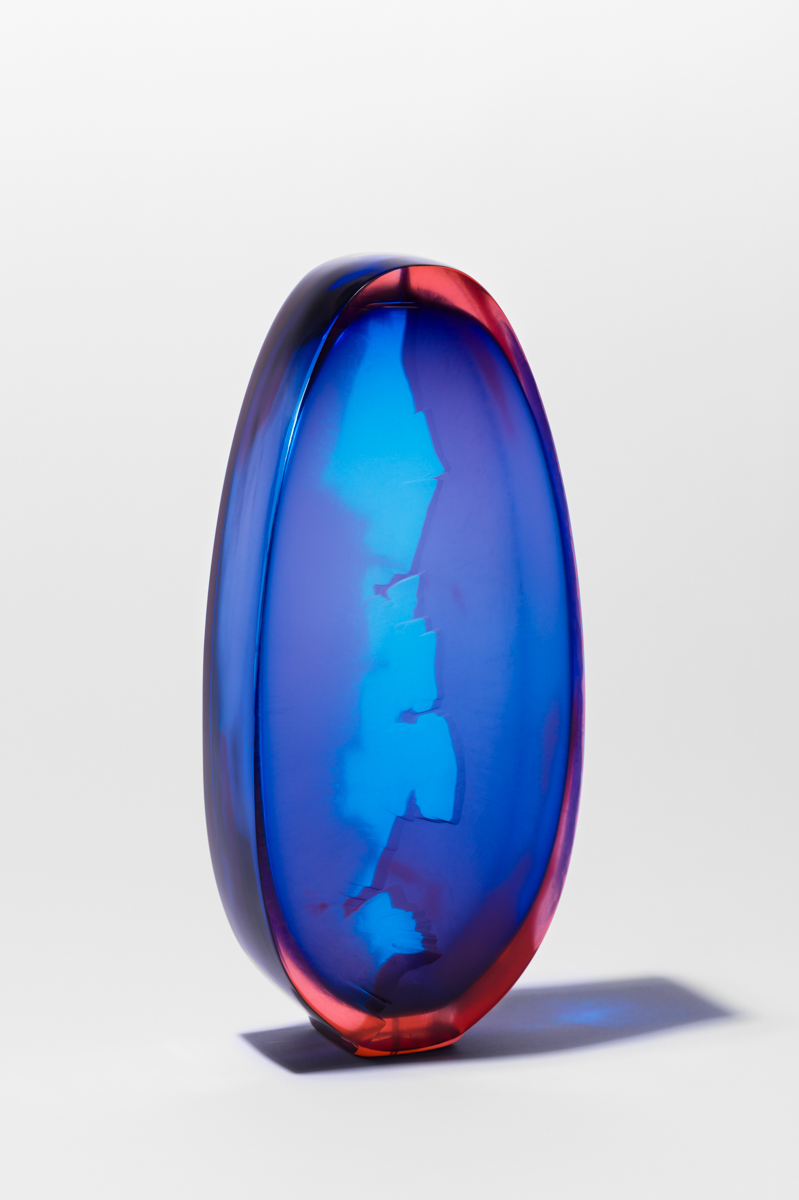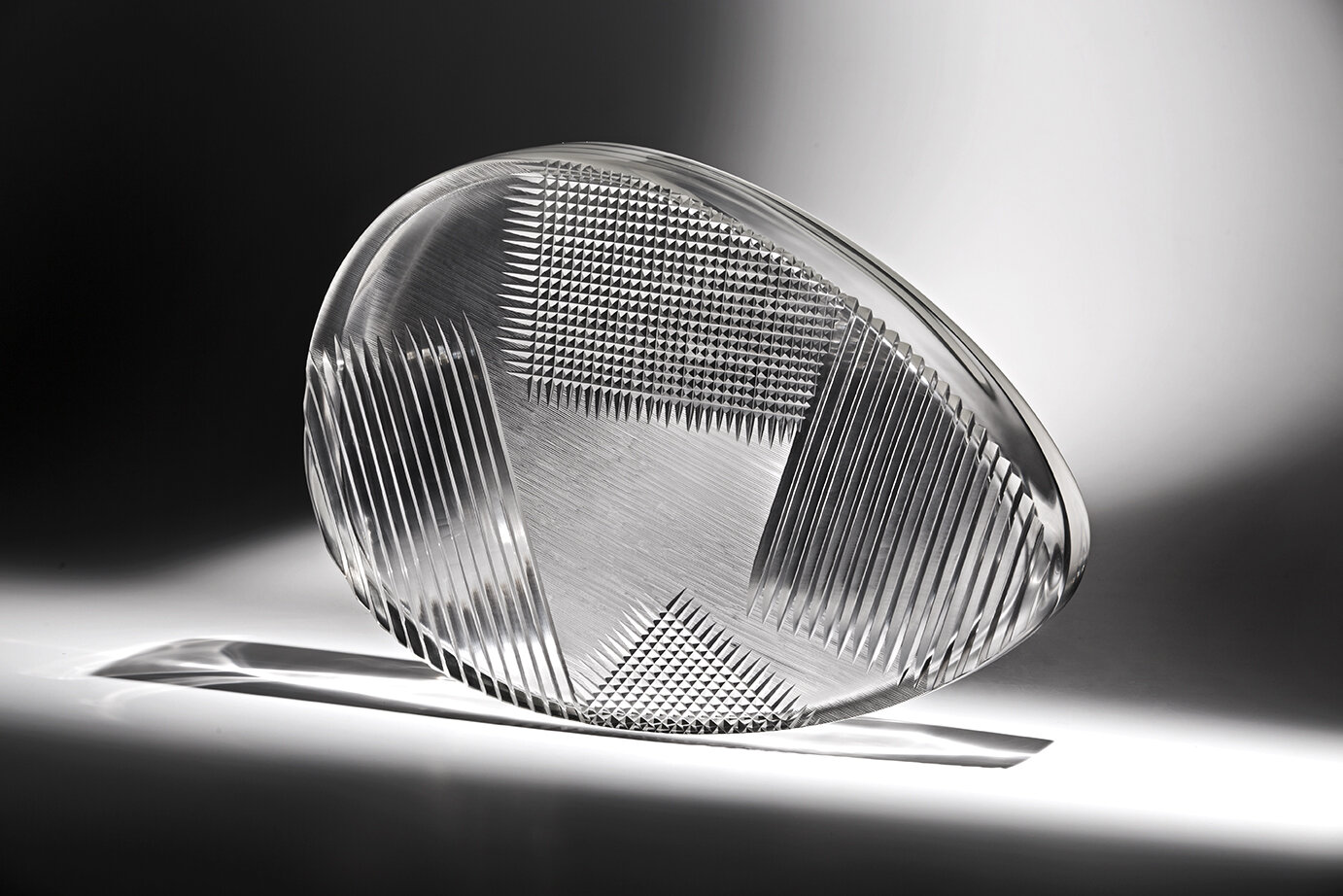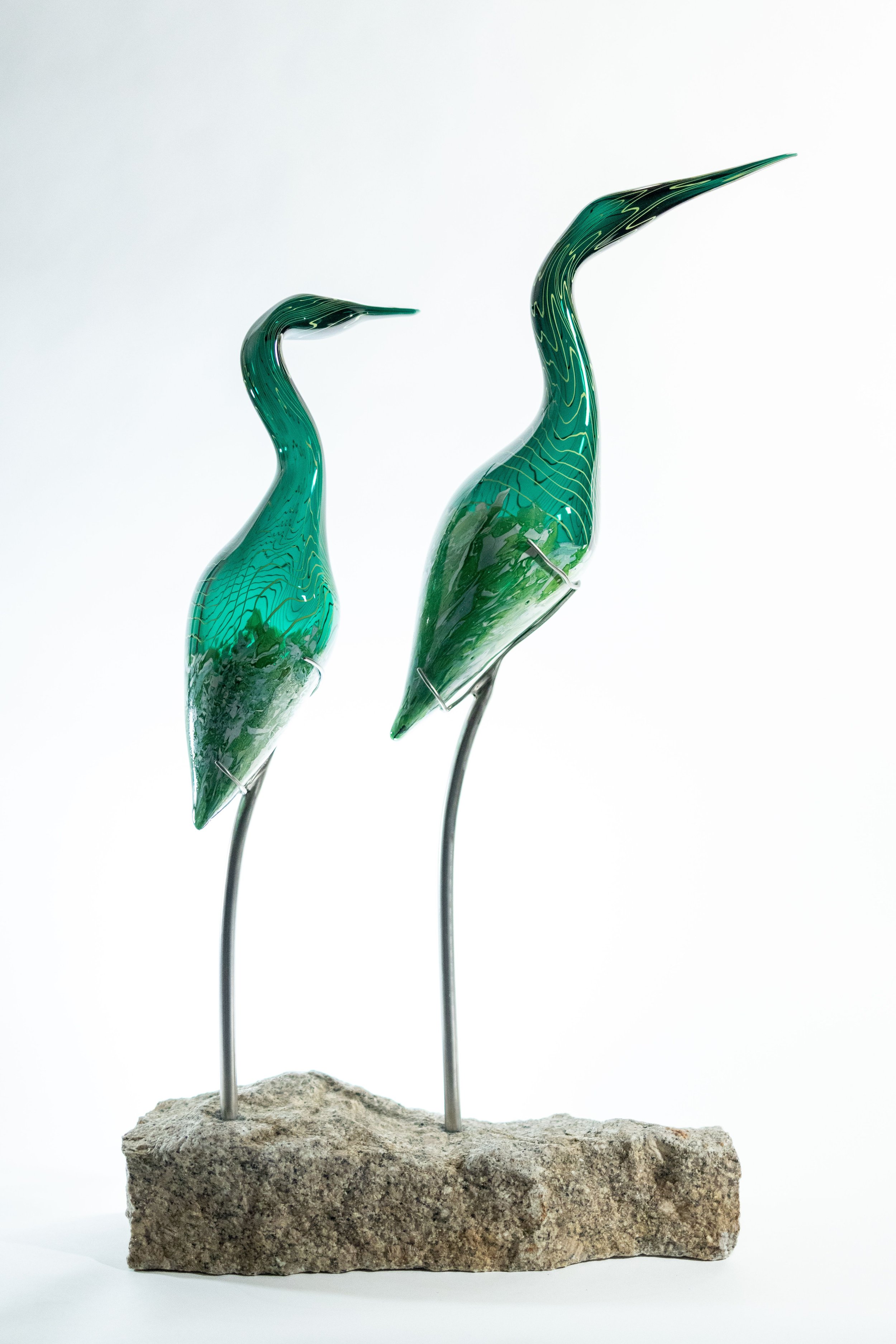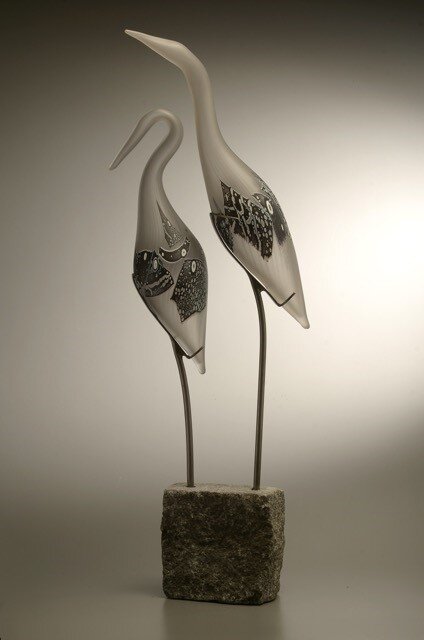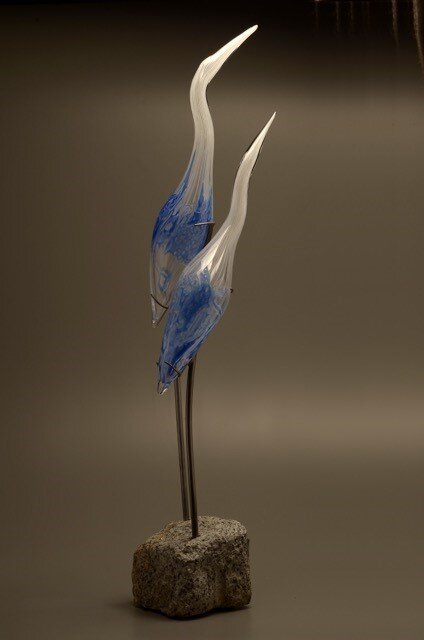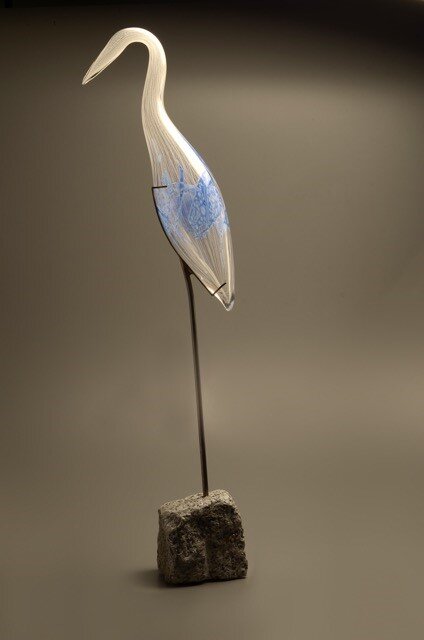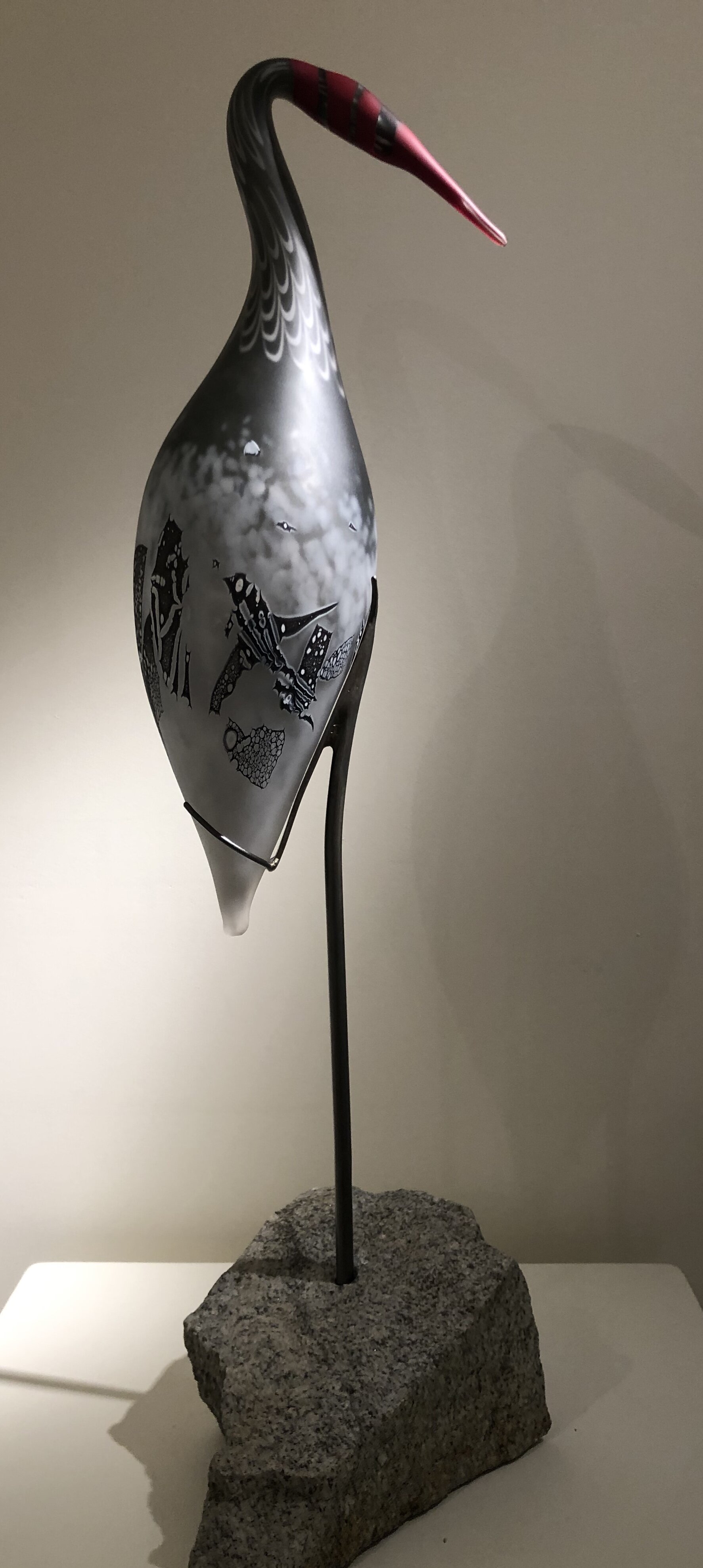APRIL, 2023
DALE CHIHULY, The Boathouse, Seattle, 1989
Glassmaking in Venice dates back 1500 years to the Roman Empire, when molded glass was used to allow light into bathhouses and a wealthy merchant class traded precious wares and became patrons of the arts. Laws passed in the late 13th century to prevent a catastrophic fire in the busy metropolis moved glass production to the island of Murano, creating a nucleus of mastery and innovation that continues today. When Dale Chihuly arrived in Murano as a Fulbright Fellow in 1968, he was the first American glassblower to apprentice with the renowned but notably private masters. During his final year of graduate studies at Rhode Island School of Design, Chihuly had written to numerous glass factories but only one glass house responded (the Venetians carefully guarded their techniques so to have any invitation extended was an accomplishment). Founded in 1921 by Paolo Venini and Giacomo Cappellin, Venini Glass Factory was from its inception a house that both honored and challenged the area’s heritage, advanced a high standard of excellence, and embraced the avant-garde.
For Chihuly, the year he spent observing and learning from the Italians fundamentally and irrevocably changed his attitudes about glassblowing. Soon after co-founding Pilchuck Glass School in Washington in 1971, he began inviting European glass masters to visit and demonstrate their
techniques. One of the first to arrive was Francesco (Checco) Ongaro, from Venini, followed not long after by Ongaro’s brother-in-law, Lino Tagliapietra. The visiting artists would often collaborate with Pilchuck faculty, but as Chihuly explains in his essay for the book on his Venetians, his own work of the1970s was “asymmetrical and very unorthodox,” not appropriate for working in partnership with the Italian masters. It was not until the summer of 1987, when Tagliapietra visited Chihuly’s first
glass studio in Seattle after teaching at Pilchuck, that the idea arose and a plan was put in place for the two to work together the next summer on a series of pieces designed by Chihuly. In the intervening winter on a visit to Venice, Chihuly was inspired by his viewing of a private collection of peculiar Venetian Art Deco vases unlike any he had seen before—classical shapes adorned with surprising appendages and unique handles, executed in vivid colors.
The Austrian composer and conductor Gustav Mahler once said that “Tradition is not the worship of ashes, but the preservation of fire.” The combination of Chihuly and Tagliapietra—equal parts veneration of their forebears, exuberance for the possibilities of the medium, and total openness
to the other—provided fertile ground for a phoenix of creativity to rise from the ashes of tradition. On an early July morning in 1988, the two met a crew of the best glassblowers in Seattle (including Benjamin Moore) and began to work. The results were quiet at first, Chihuly’s watercolor and pencil drawings of classical Etruscan forms interpreted in glass by Tagliapietra. Quickly, the drawings and resulting glass pieces became more involved. By the fourth day Chihuly was laying bold strokes in charcoal of fantastical and unexpected forms in the drawings which Tagliapietra would then recreate in glass. Chihuly executed the lively and gestural drawings with such visceral enthusiasm that nubs of charcoal would often break in the process and leave ghostly trails of color in their wake. Brash hues, outlandish arms, and motley additions emerged, brought to three-dimensional life by the deft hand of the Italian maestro.The two worked together on the Venetian series for seven several-week sessions, collaborating later on other series such as the Ikebana. Chihuly says he “…started the Venetians series with the simple idea of replicating these strange Art Deco vases, but I hoped that it would go somewhere else, somewhere bizarre.” For Tagliapietra, meeting Chihuly was “…almost an historic moment…because there was an evolution—an artist vision of glass that was completely—almost revolutionary.” The sumptuous and outlandish works of art in glass that have resulted from their collaboration are a creative and technical tour-de-force exploding with life.

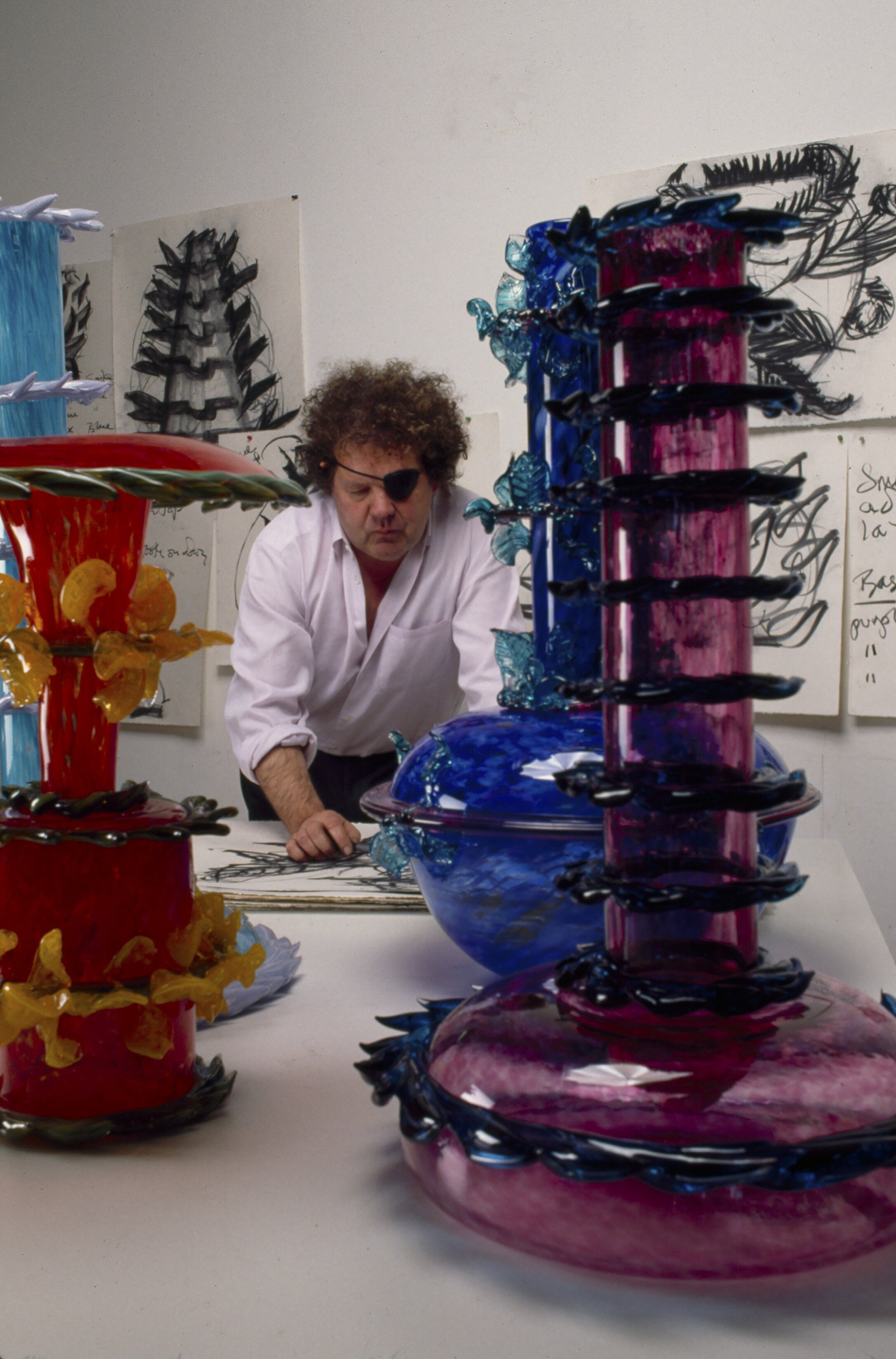
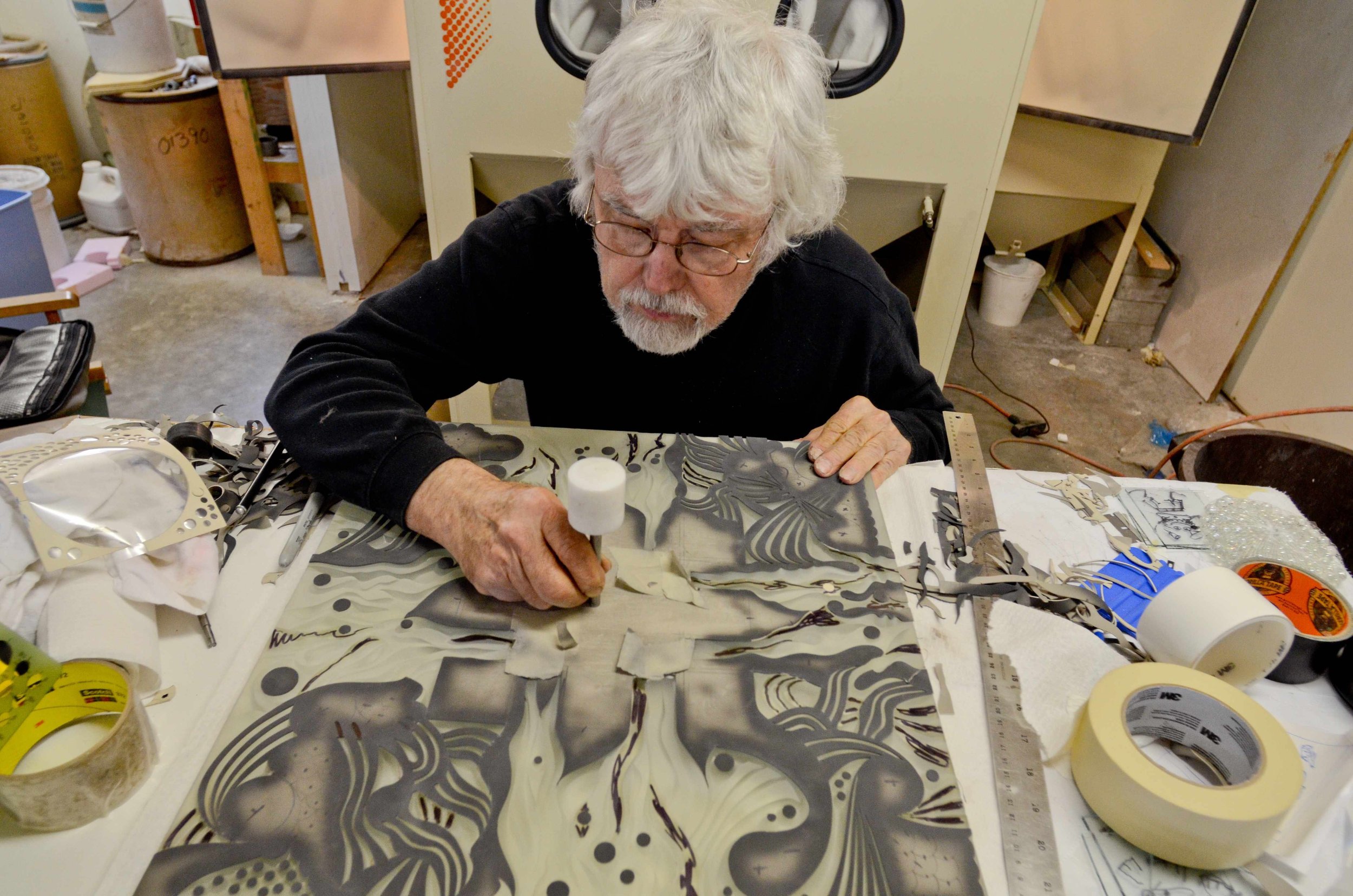

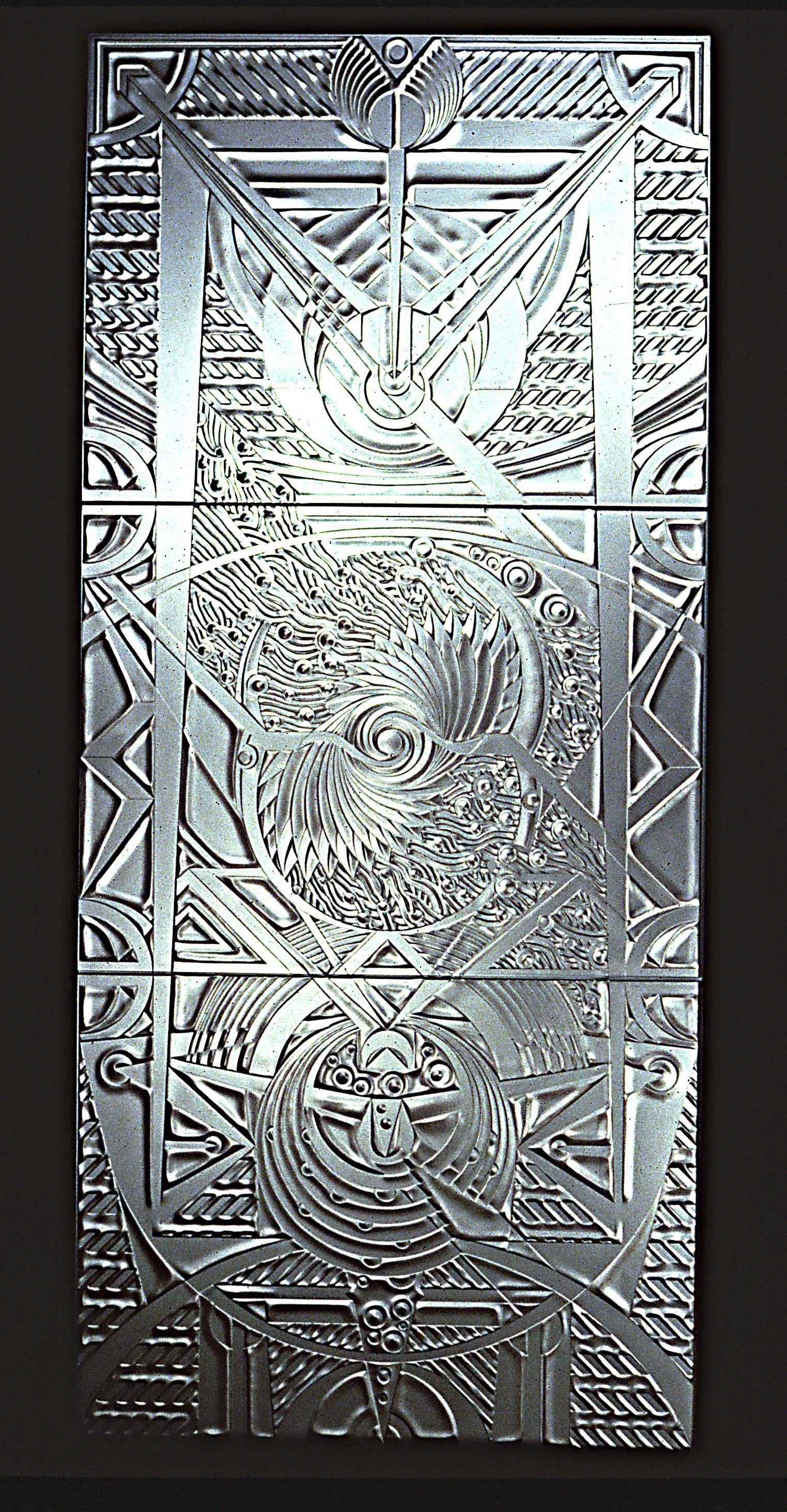
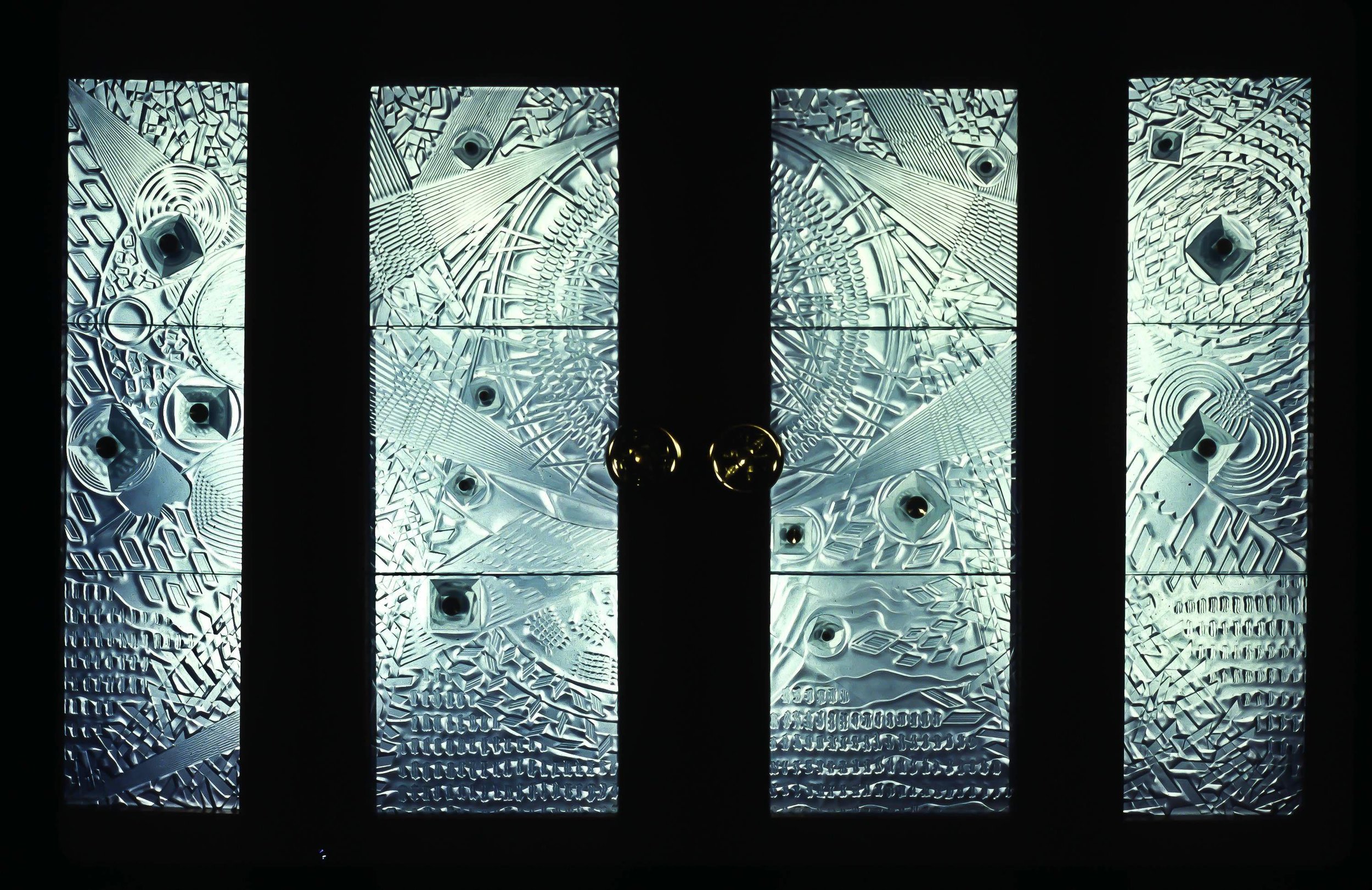
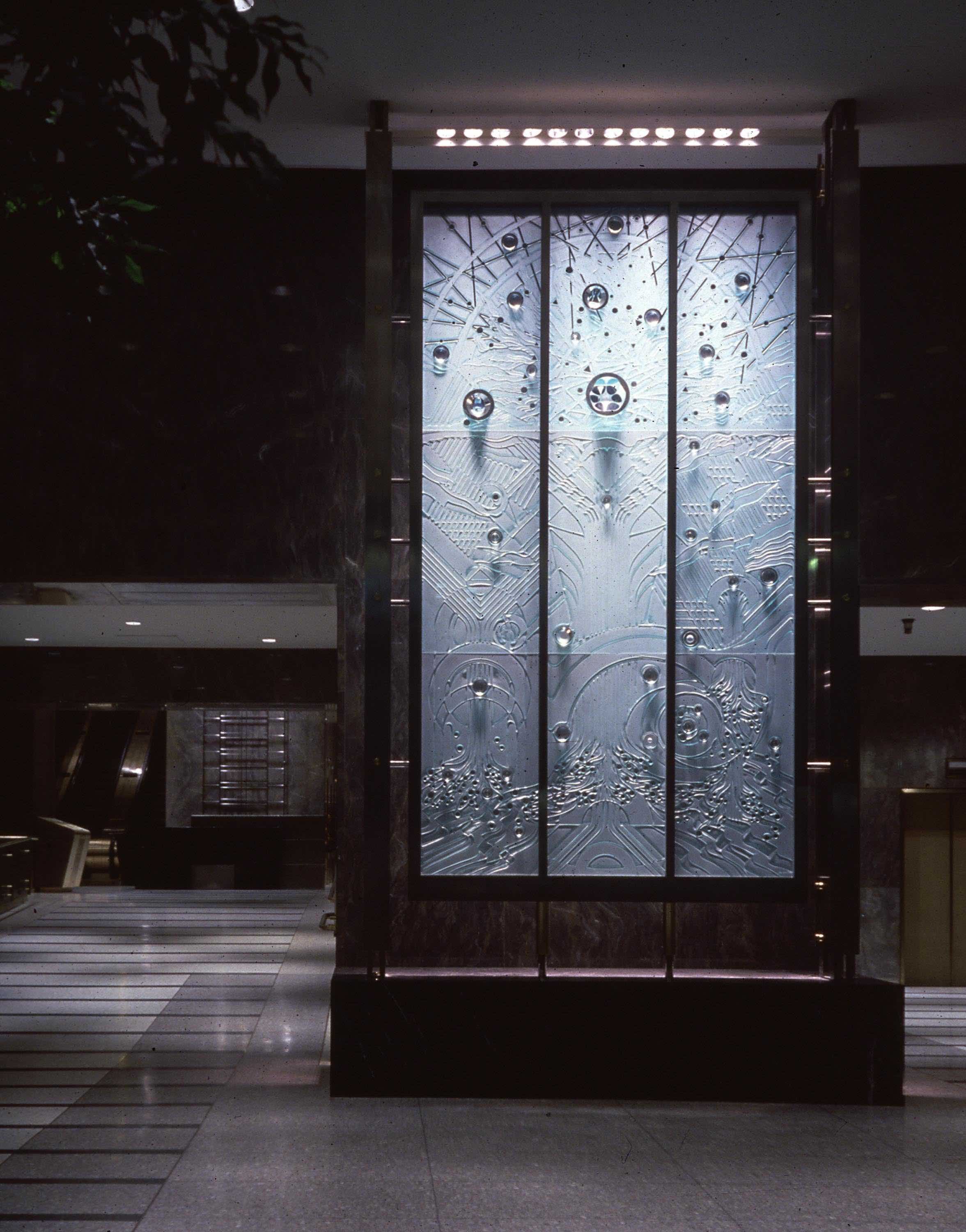
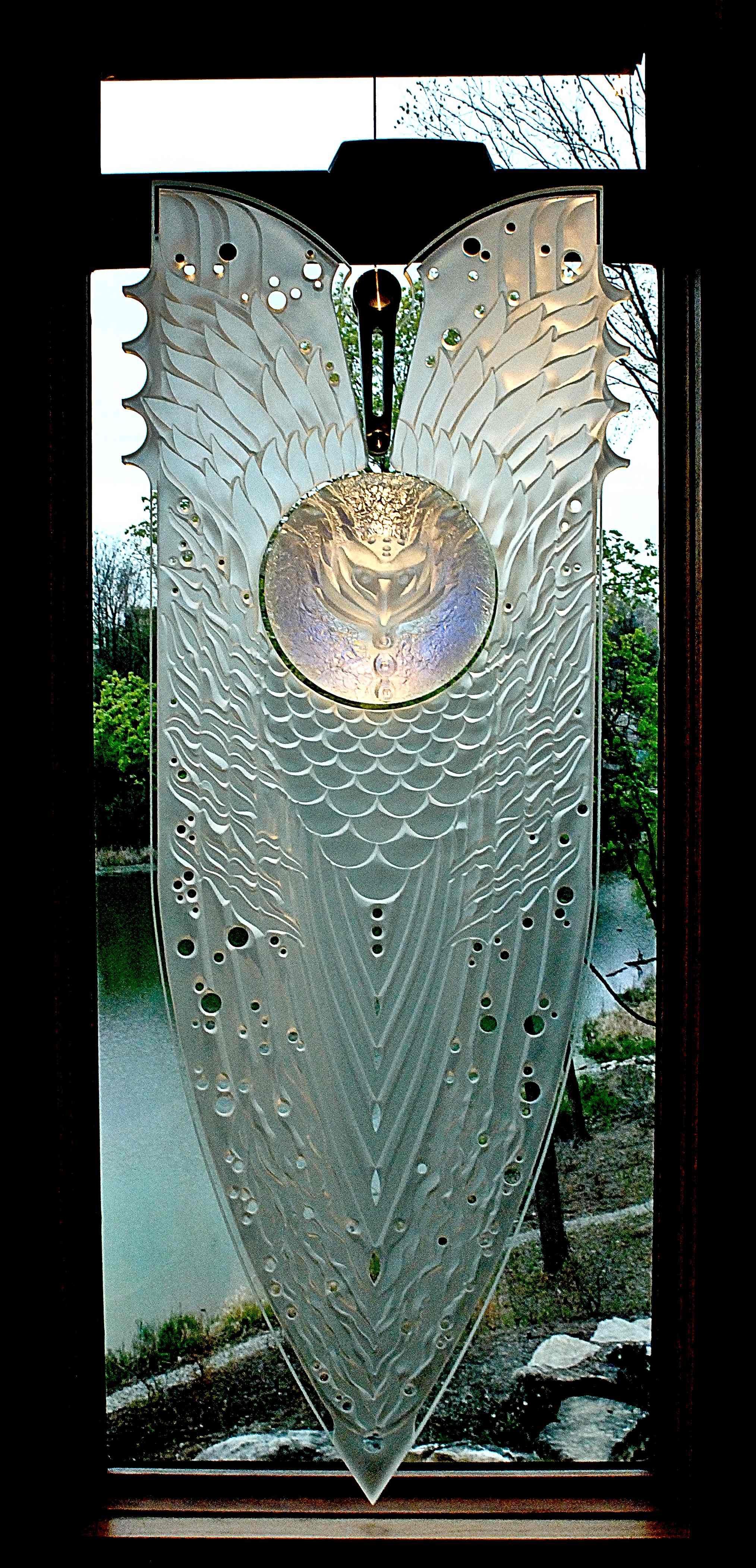
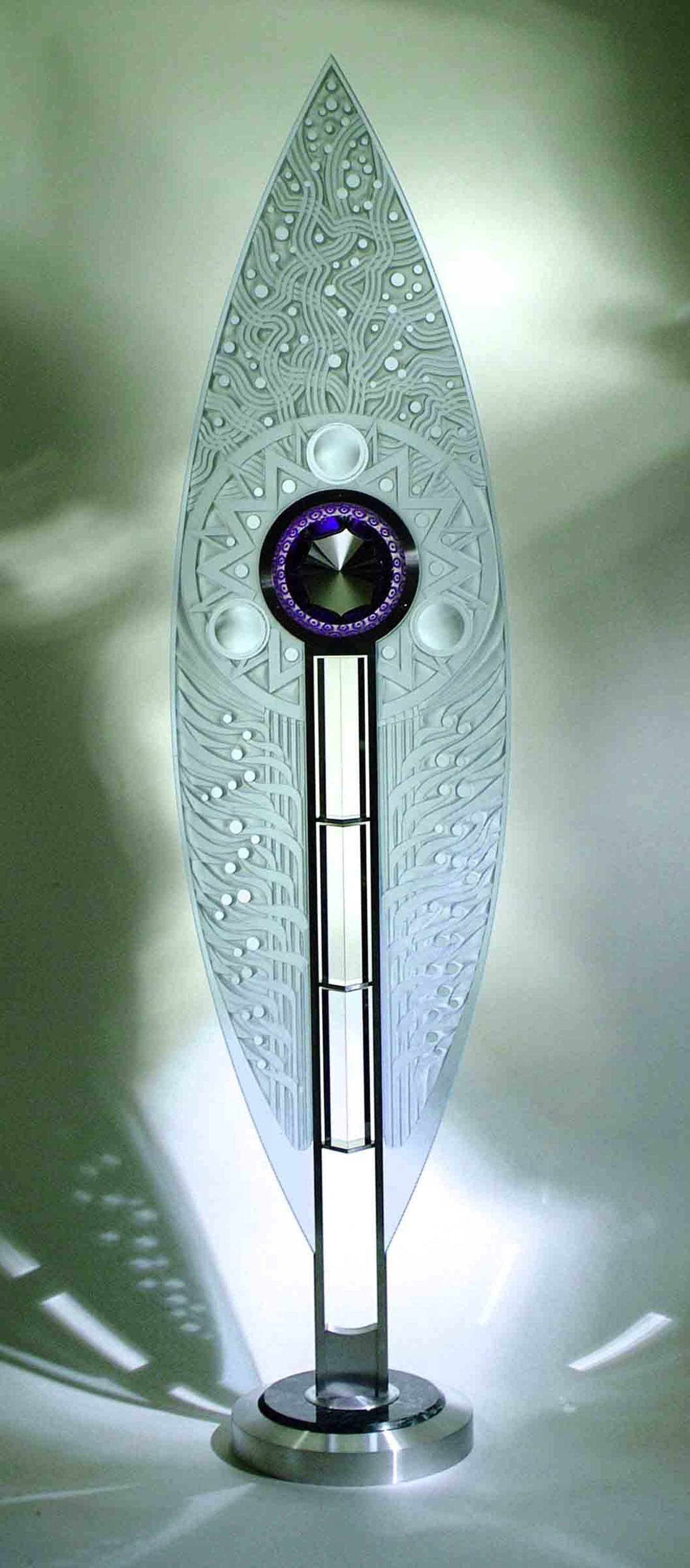

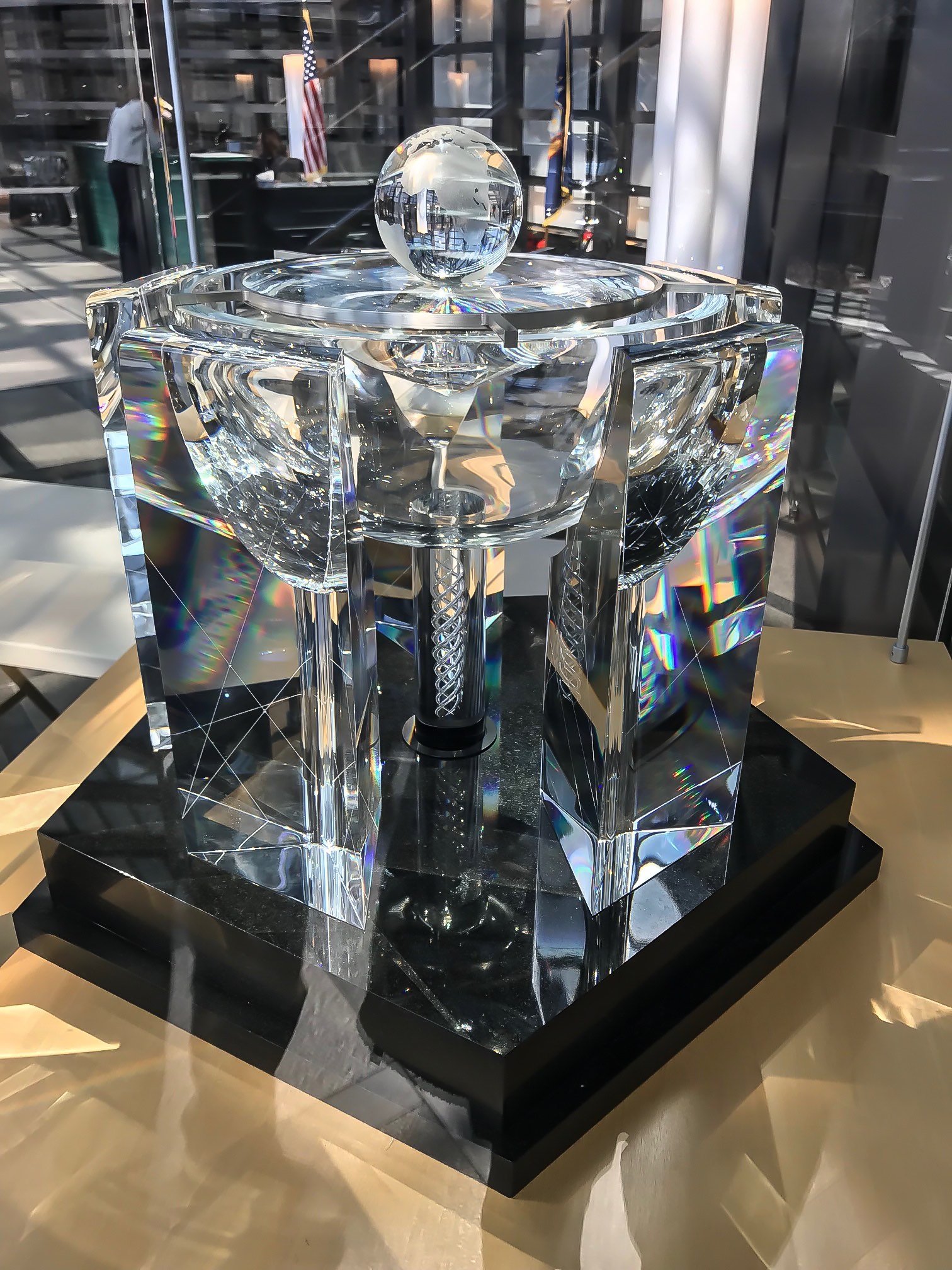

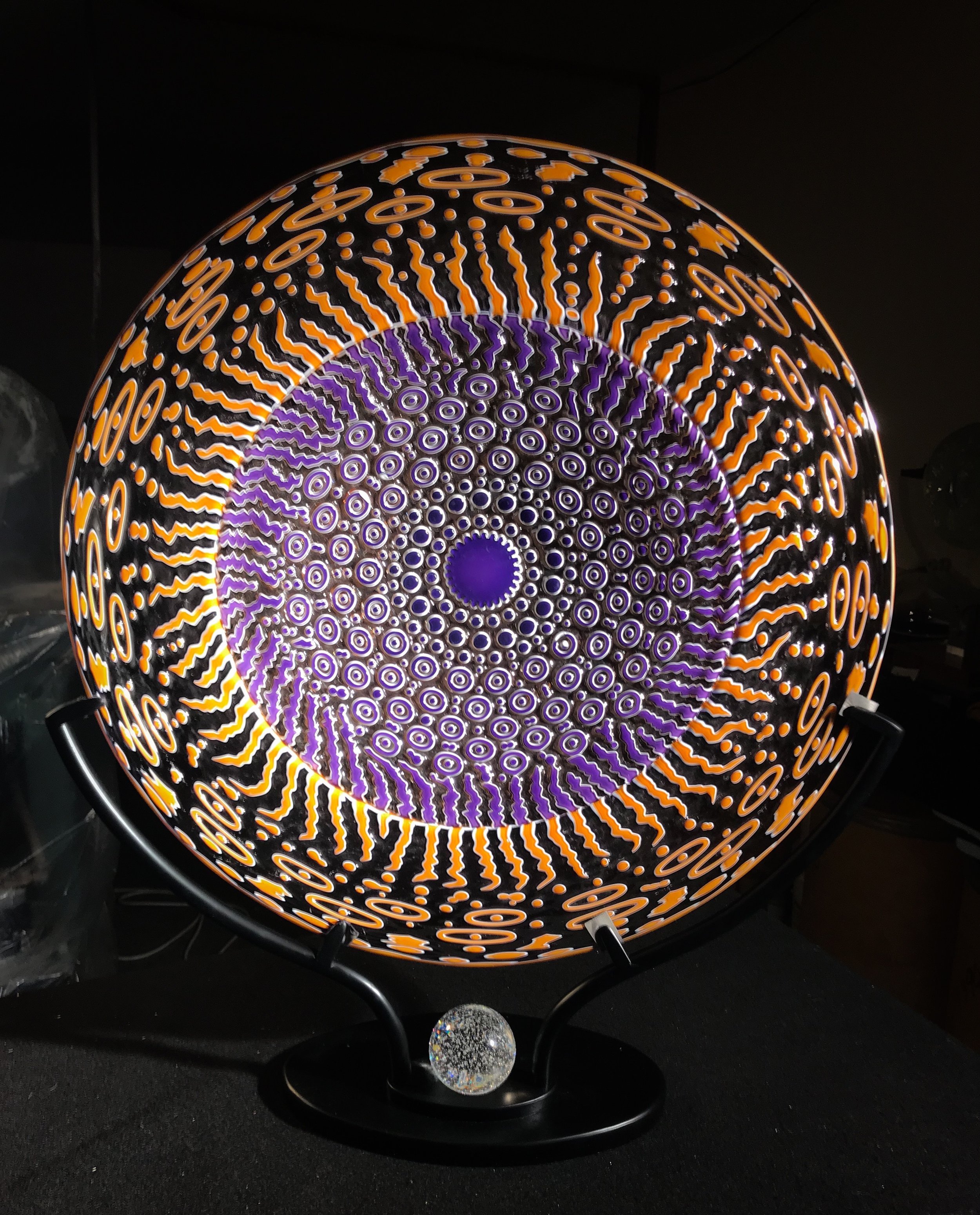
![CMoG Disc[1].jpg](https://images.squarespace-cdn.com/content/v1/5c72077dfb22a52ba7454db2/1639775384213-MFO521TNRY3CASO5EDZS/CMoG+Disc%5B1%5D.jpg)
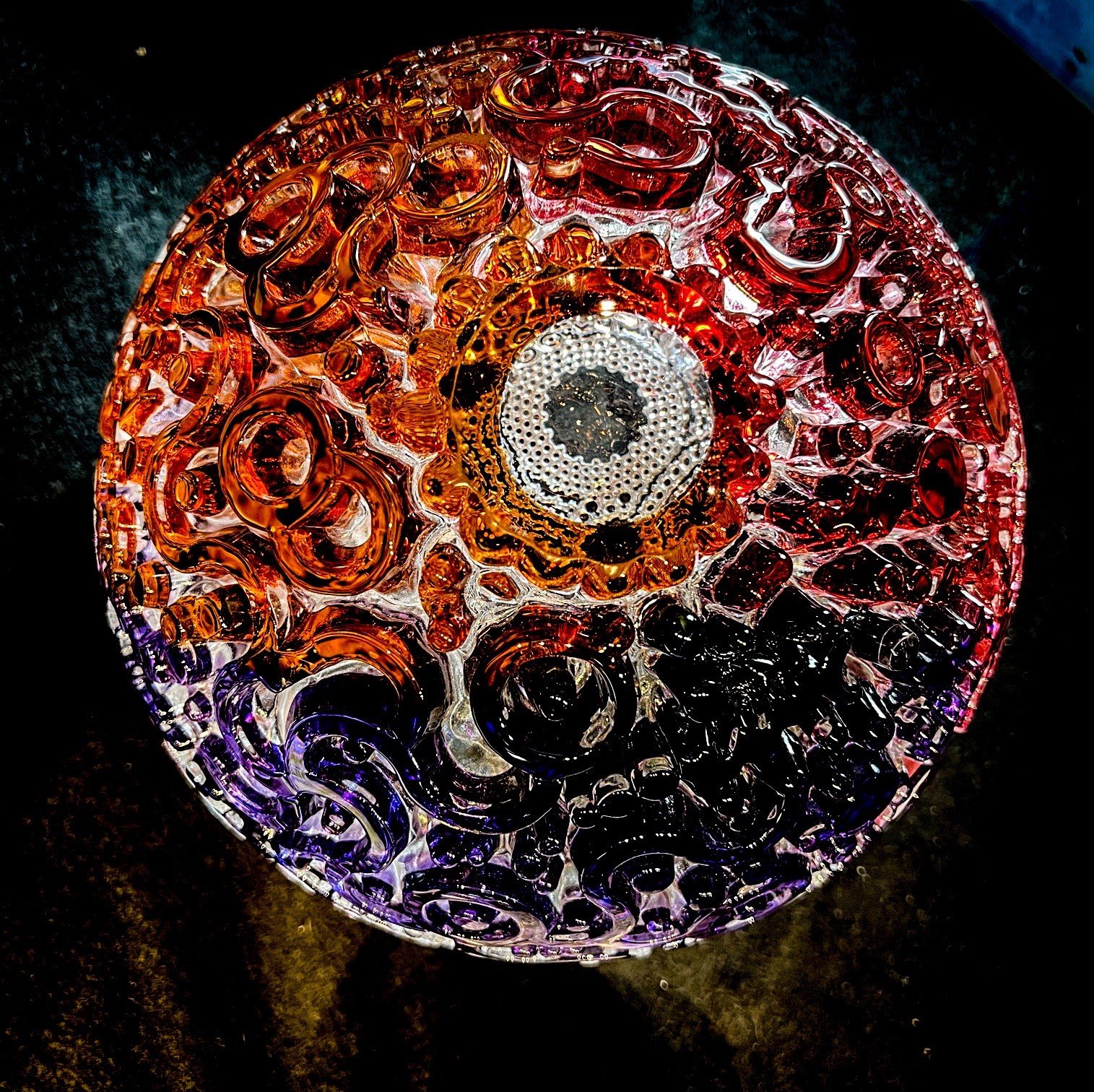
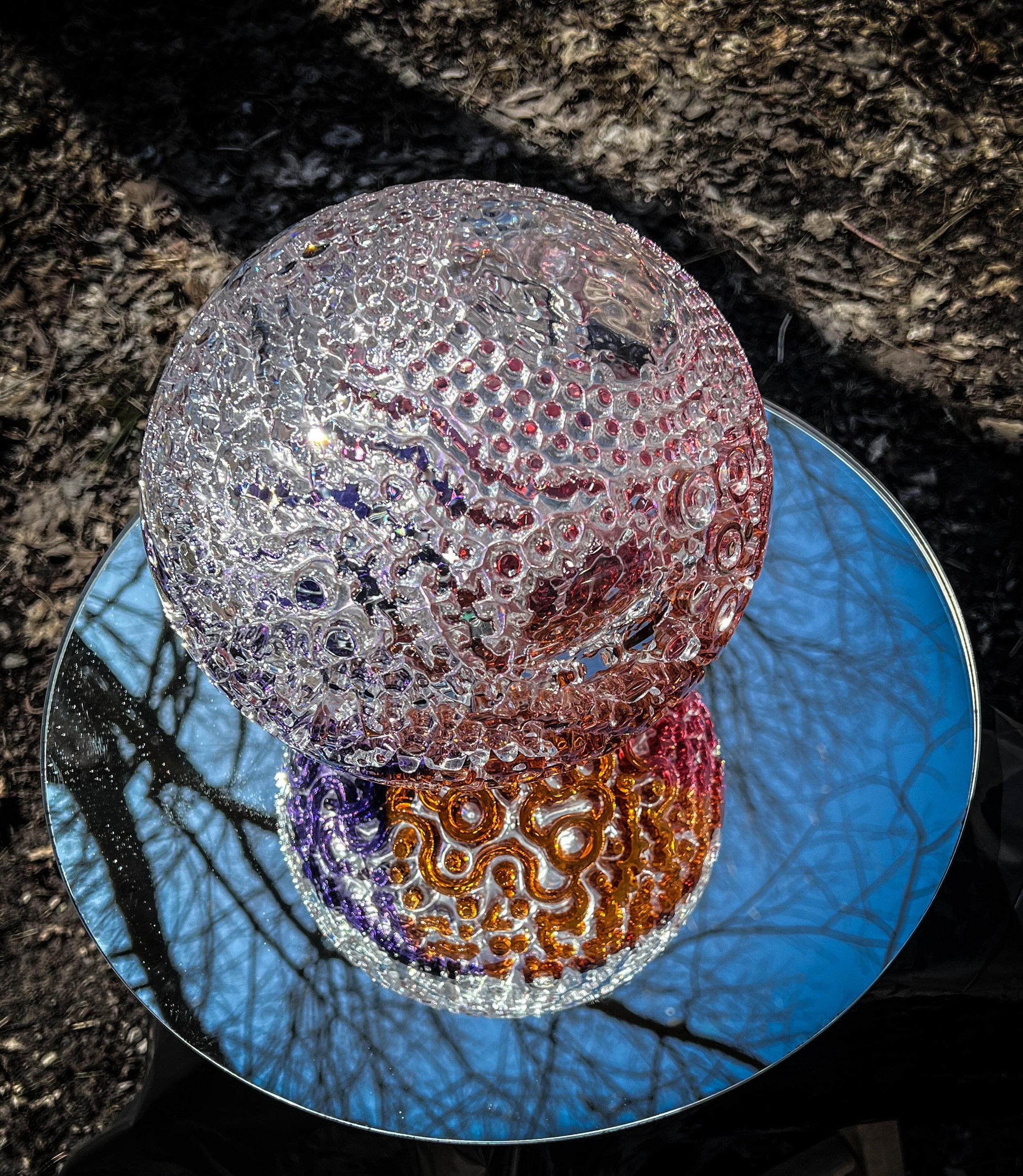
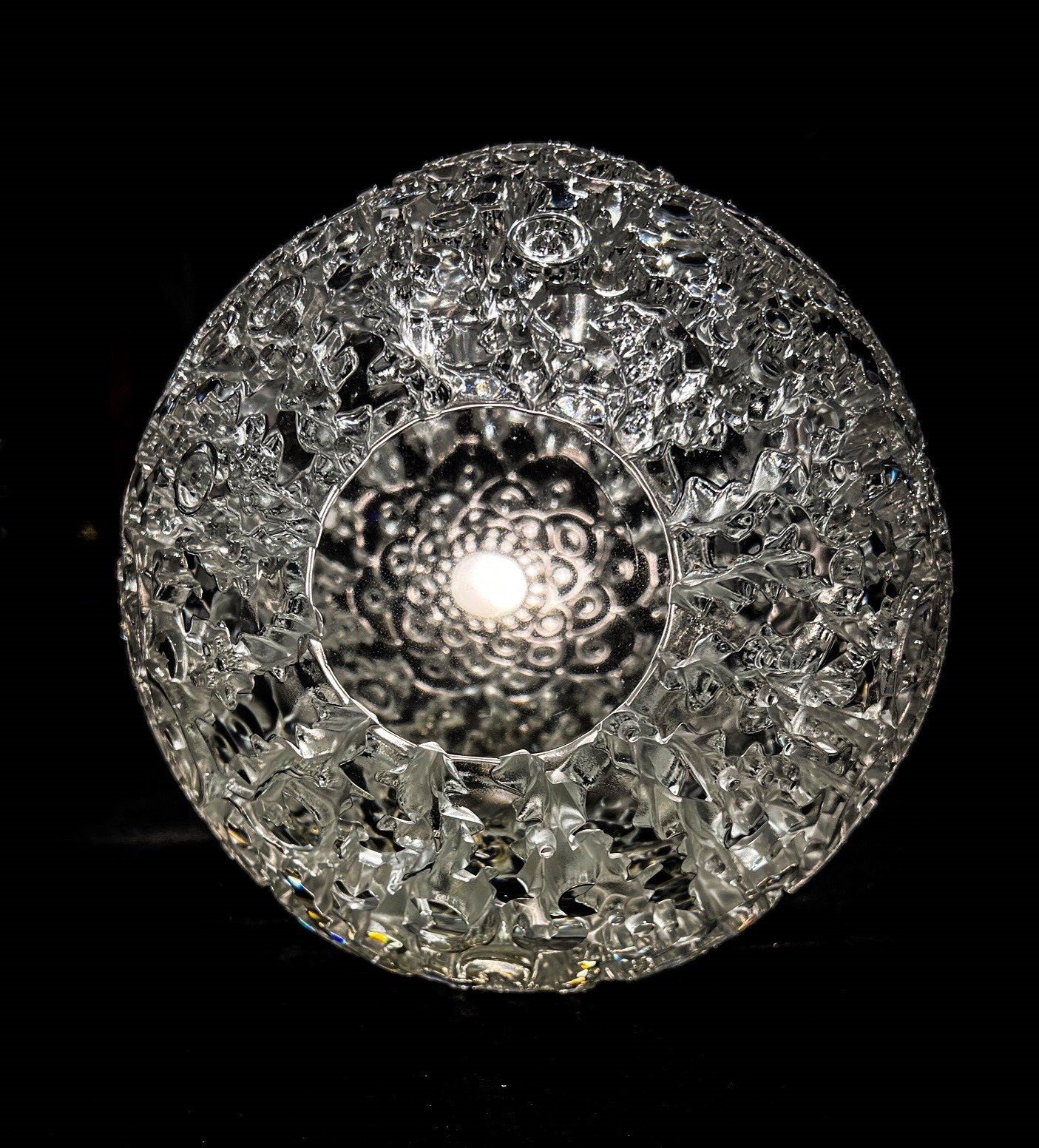
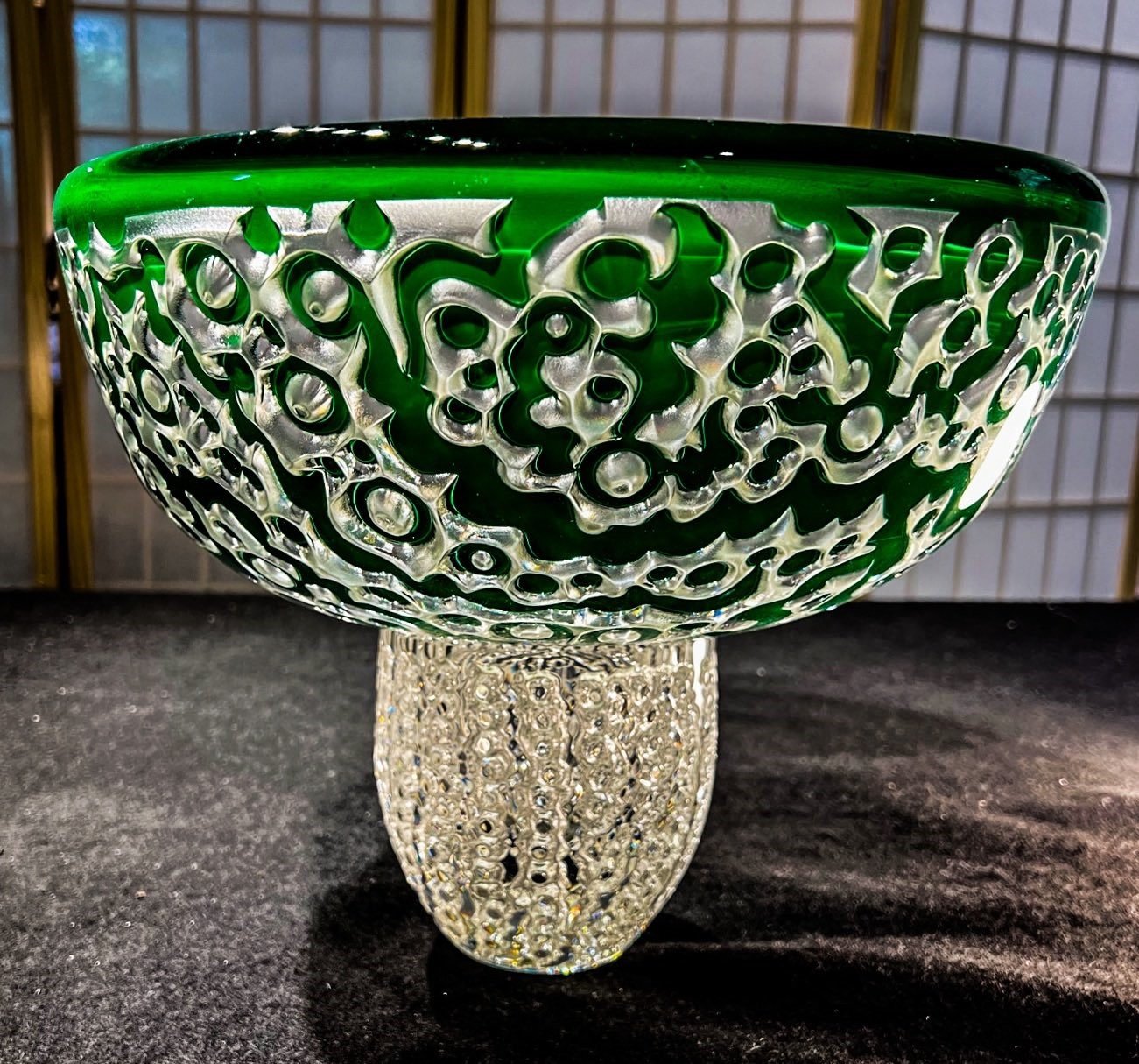
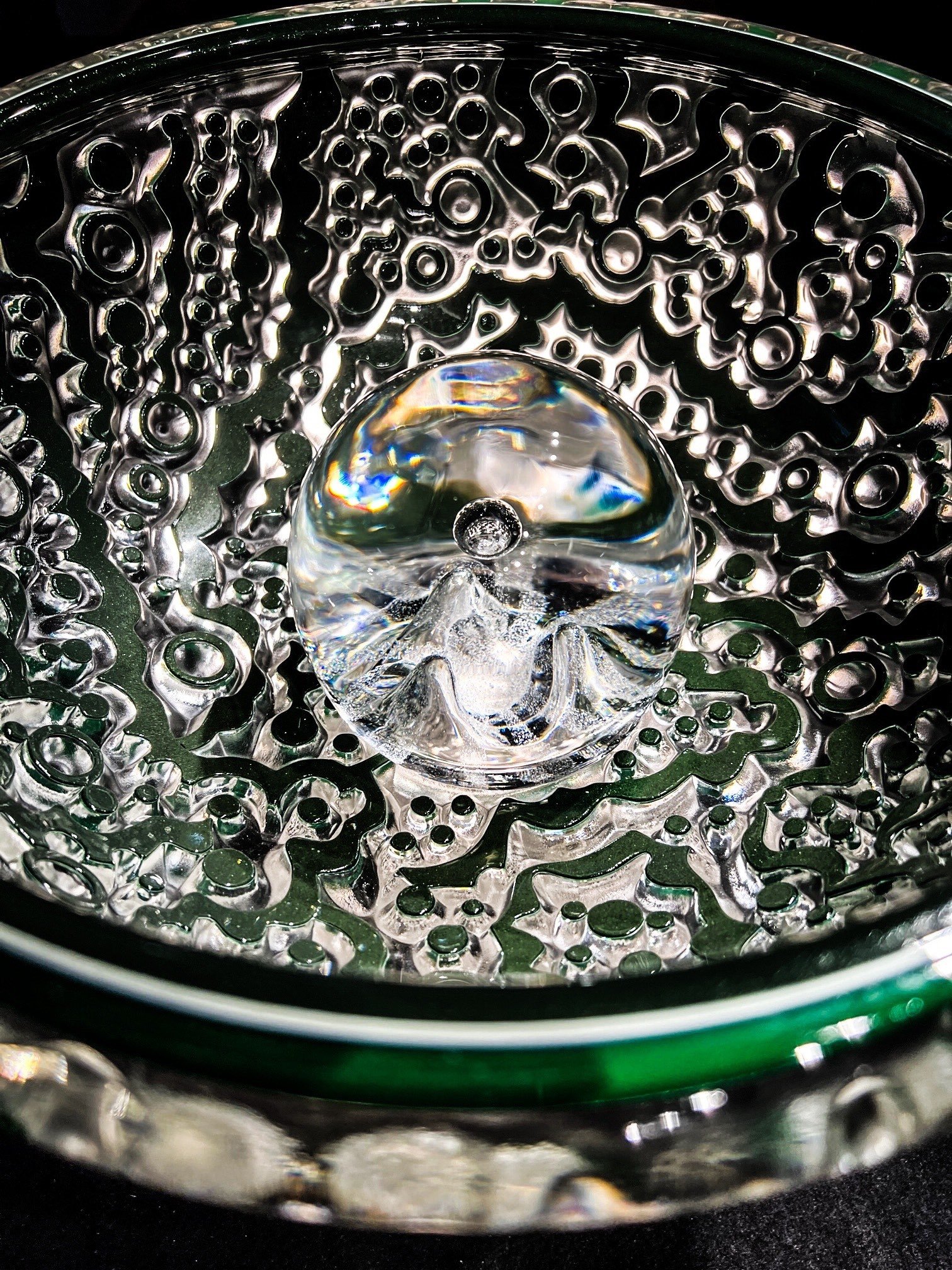
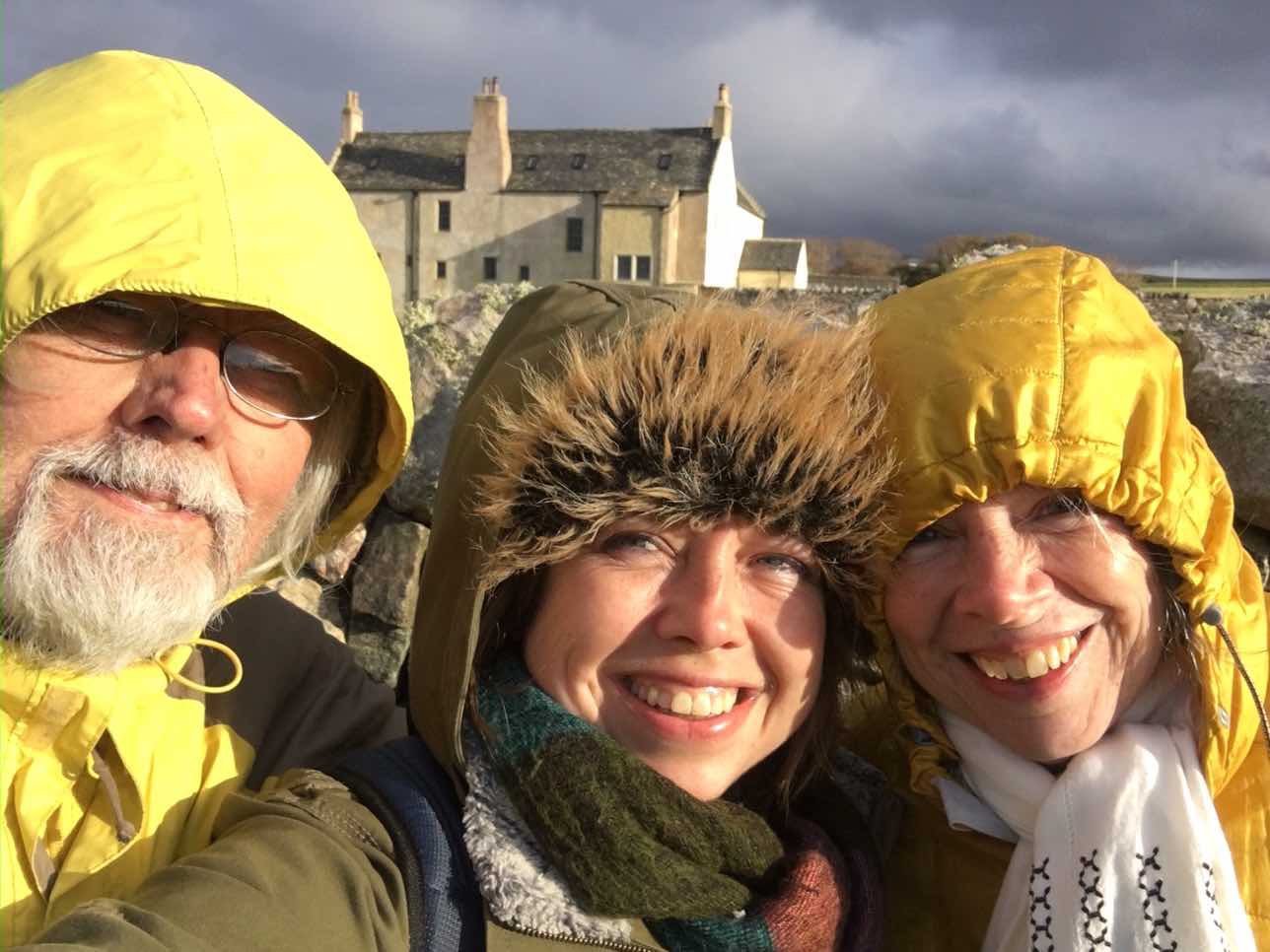
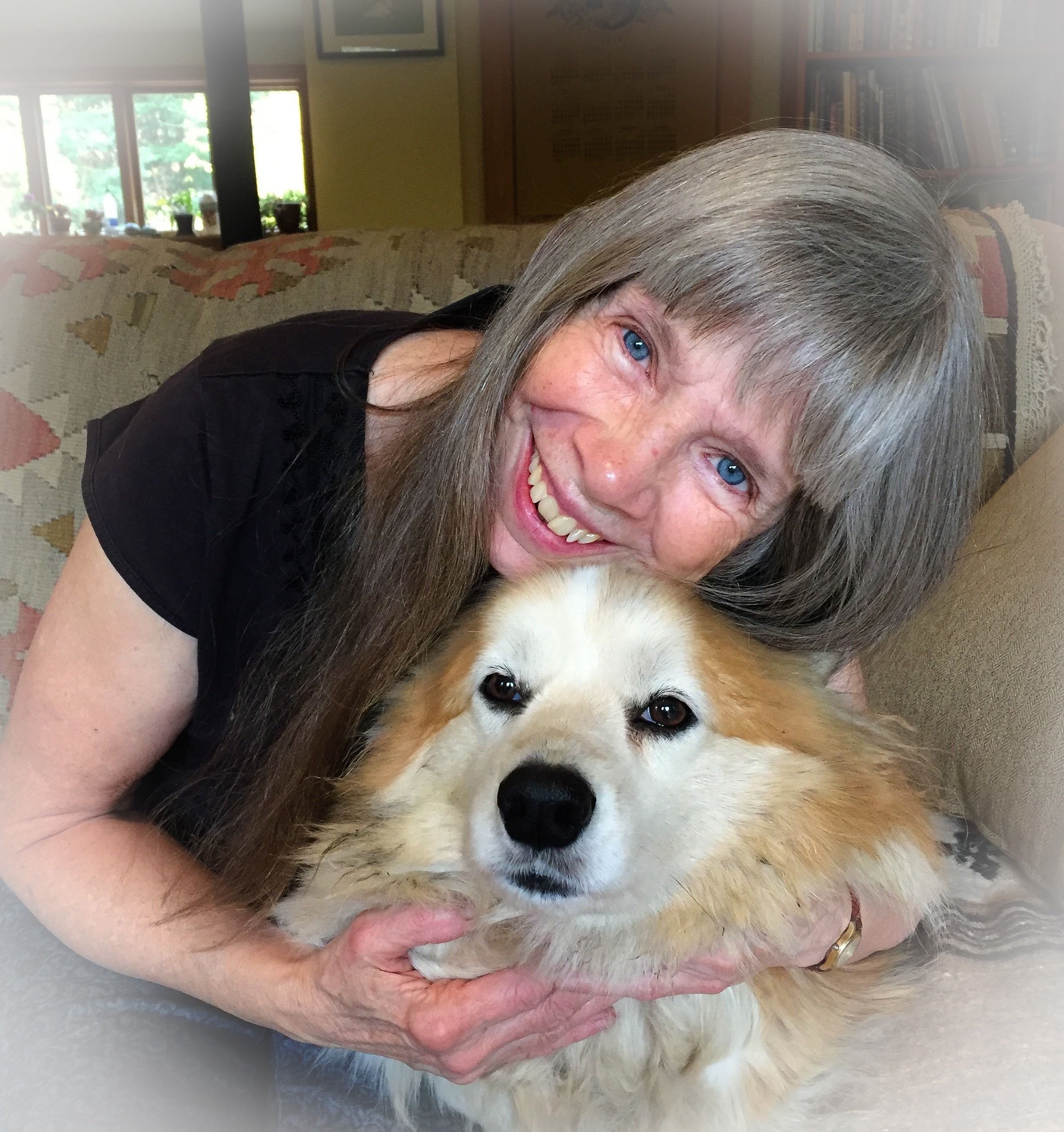
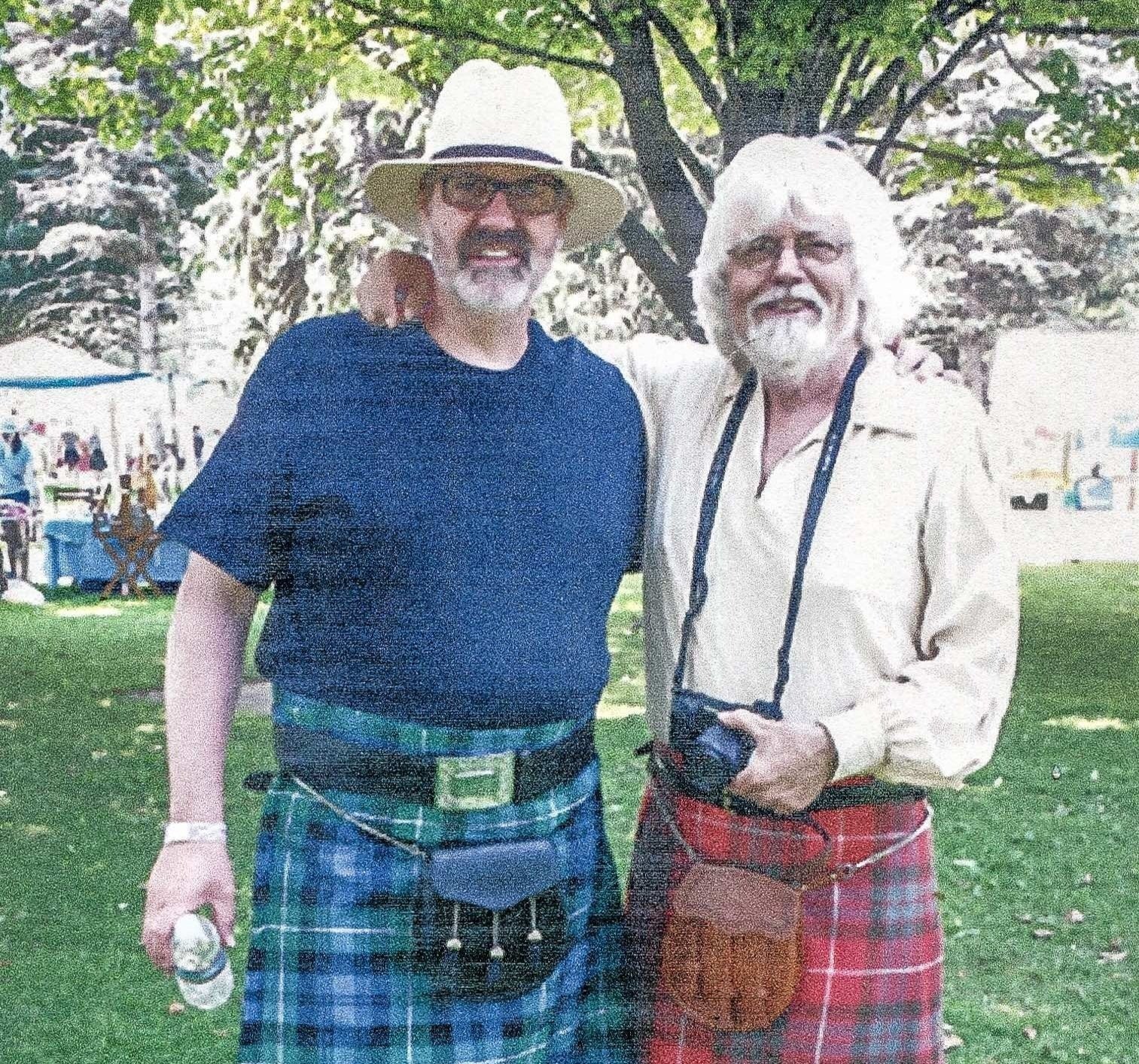

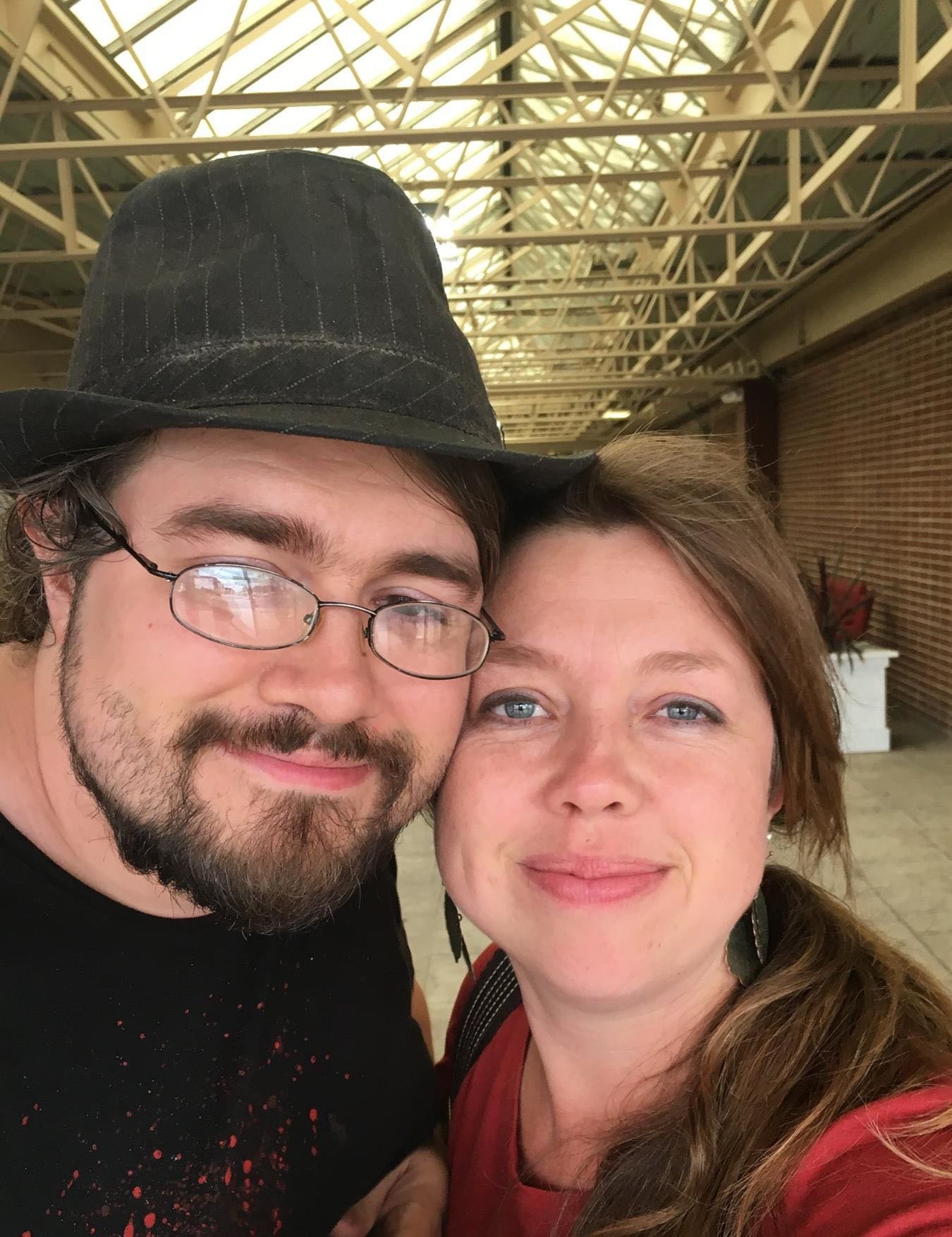
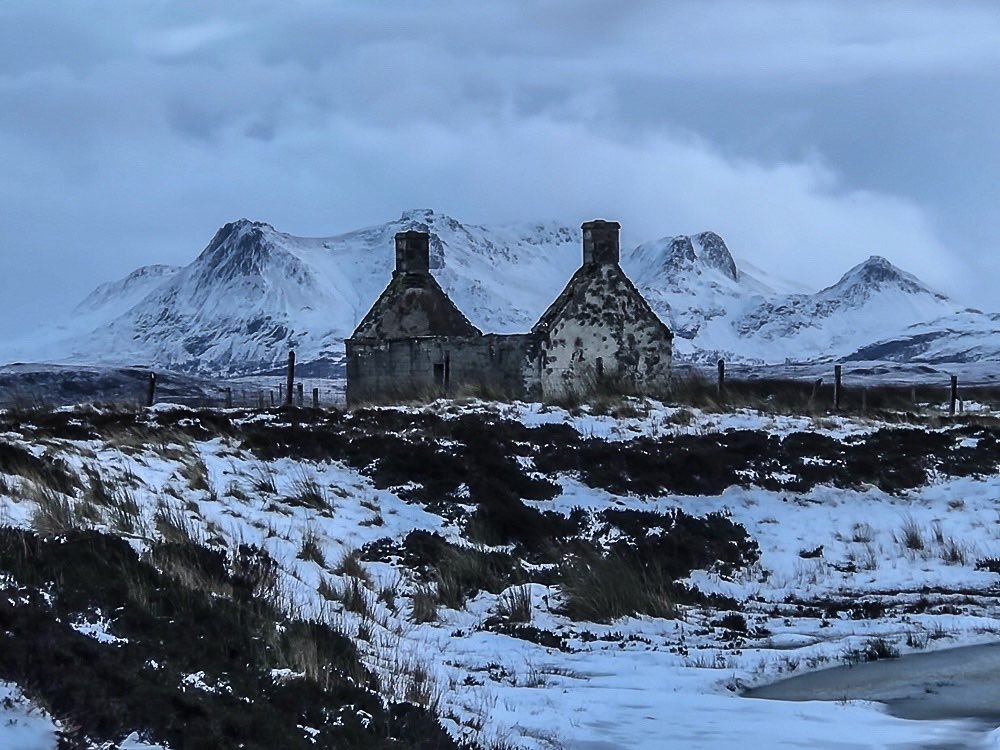
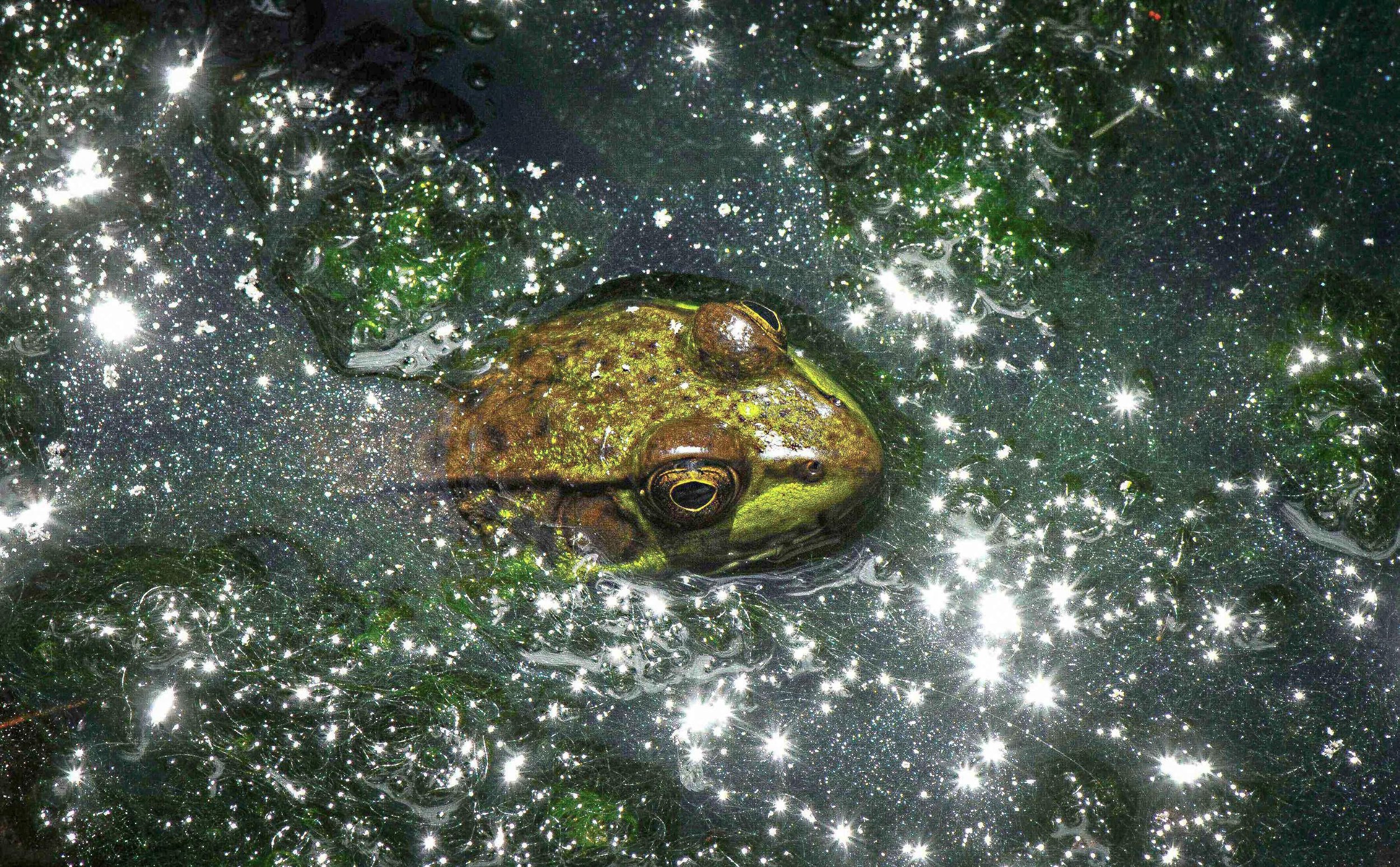
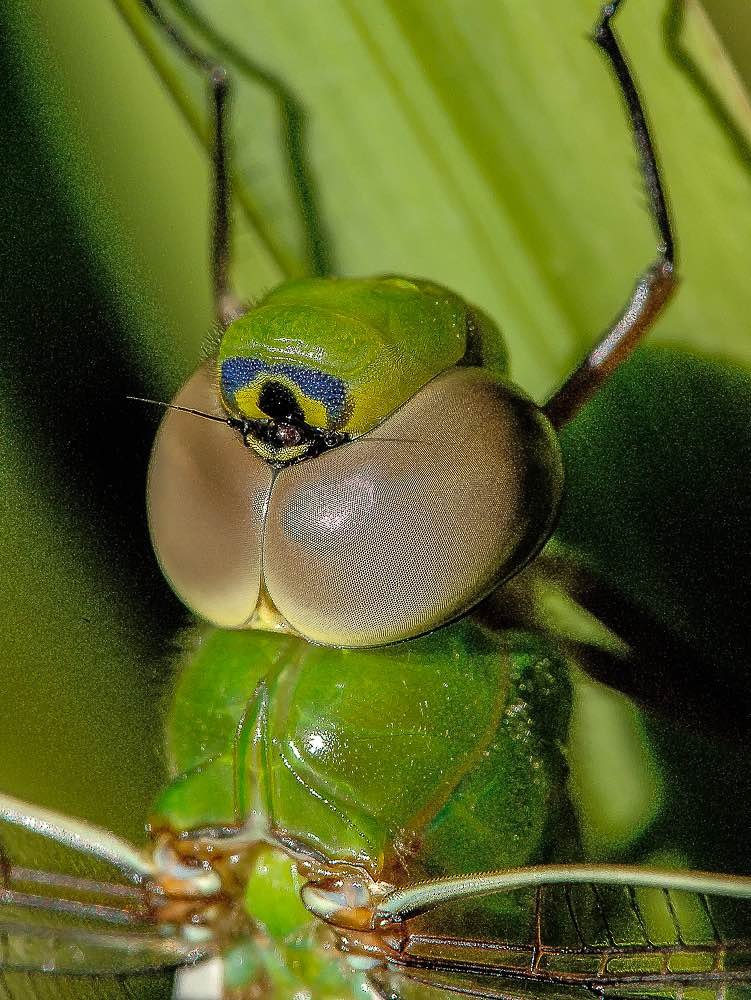

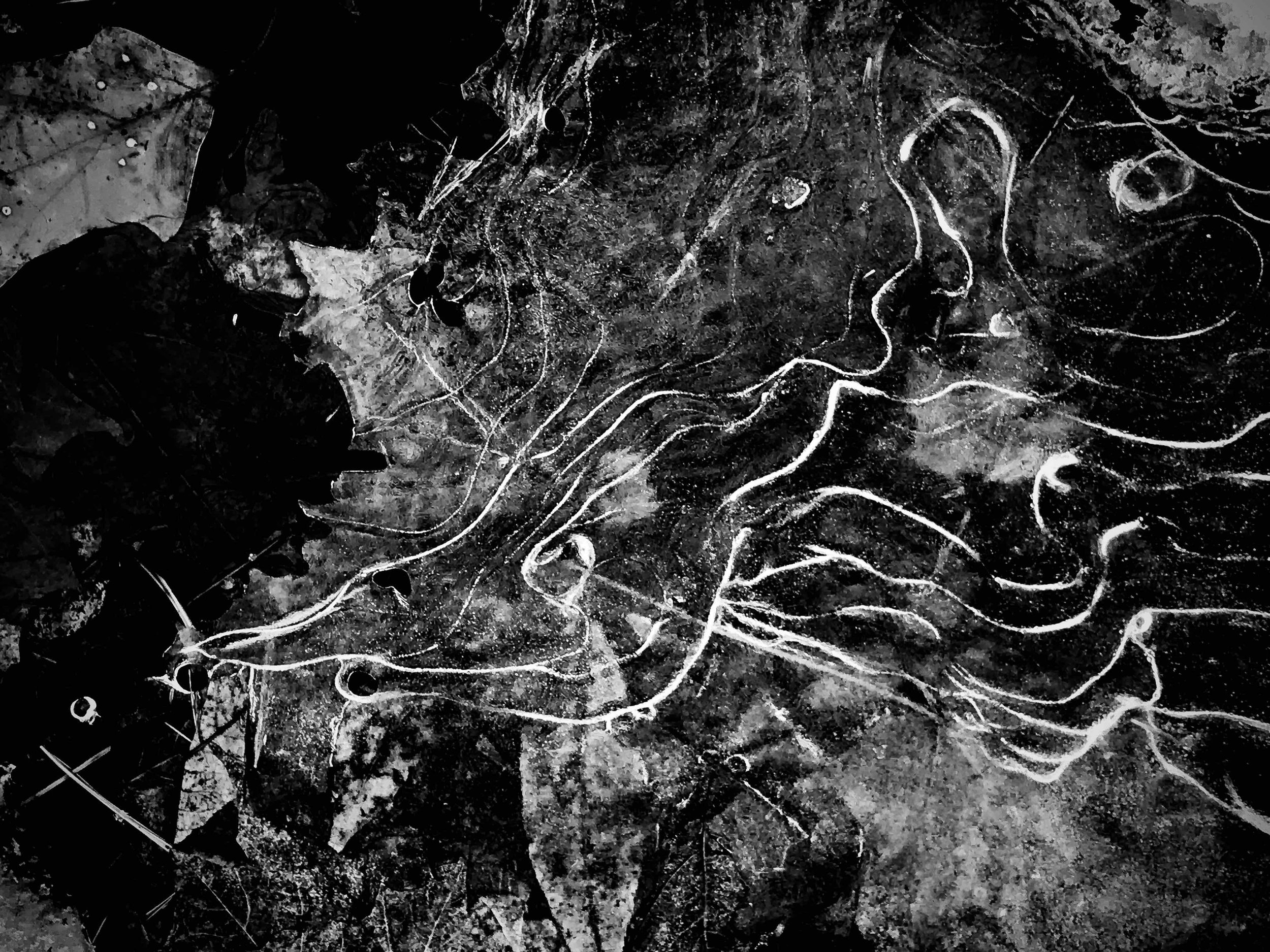
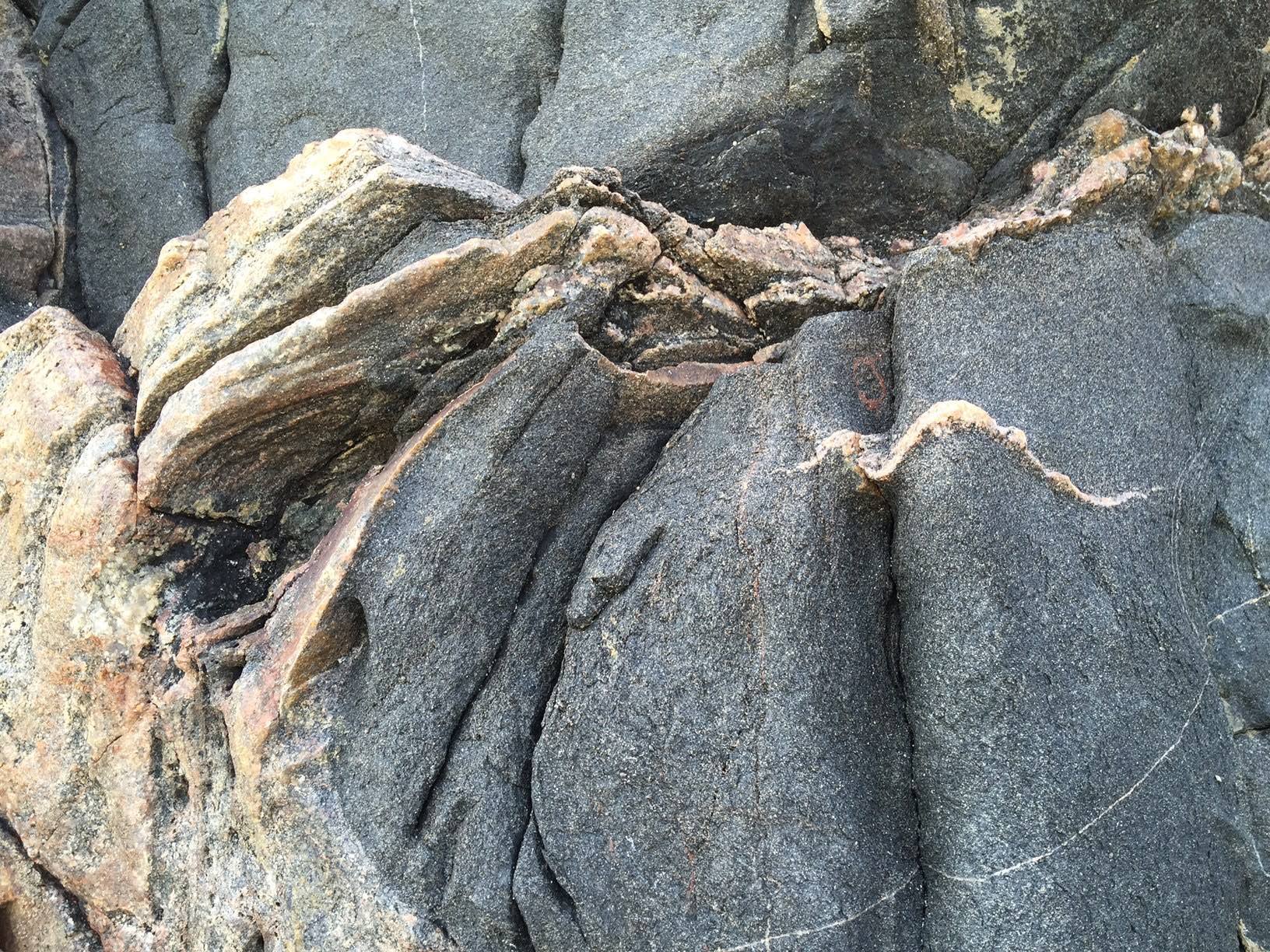



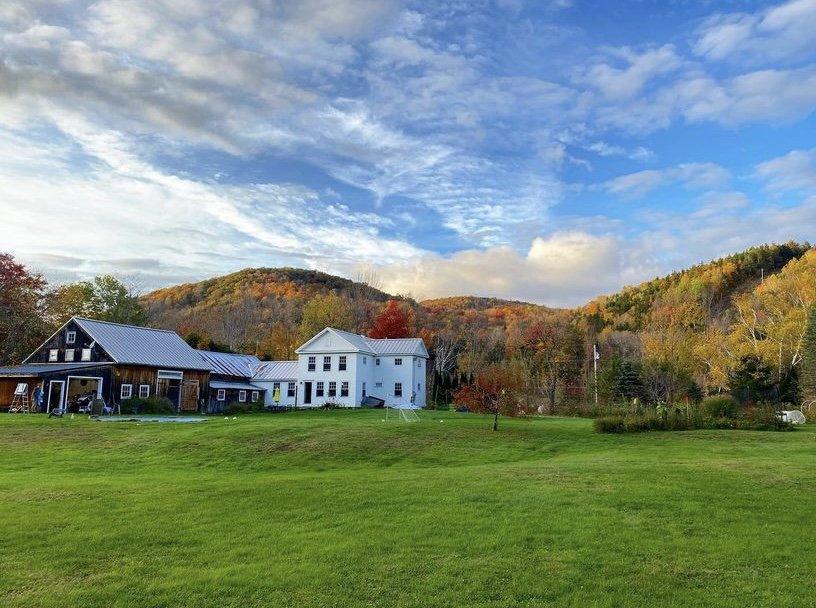
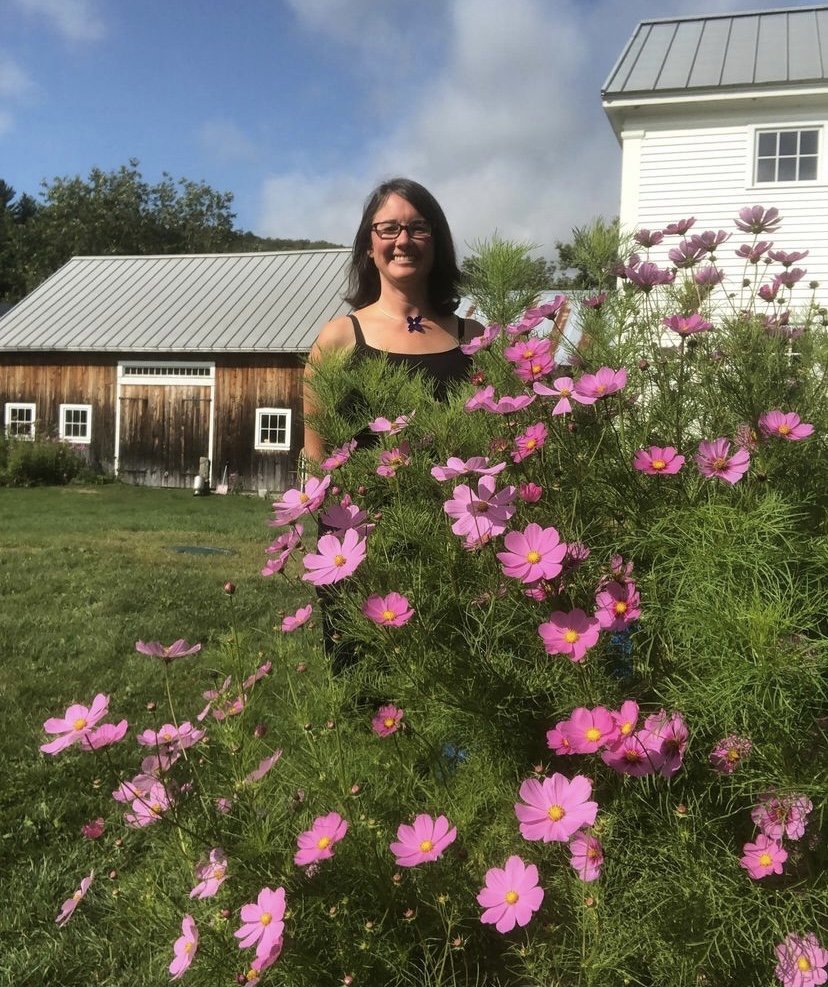

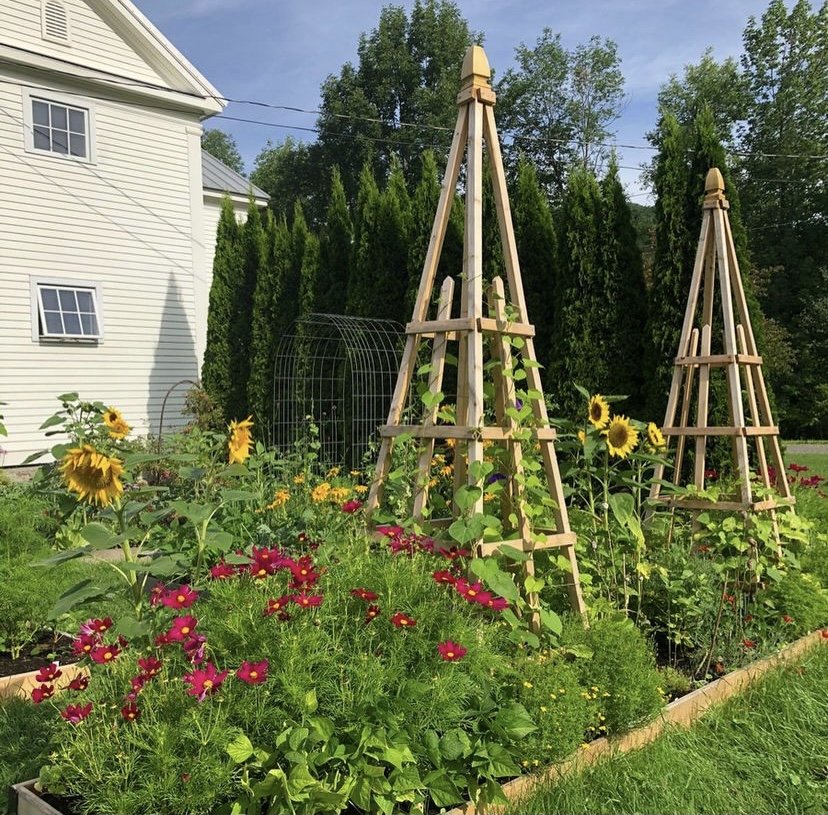





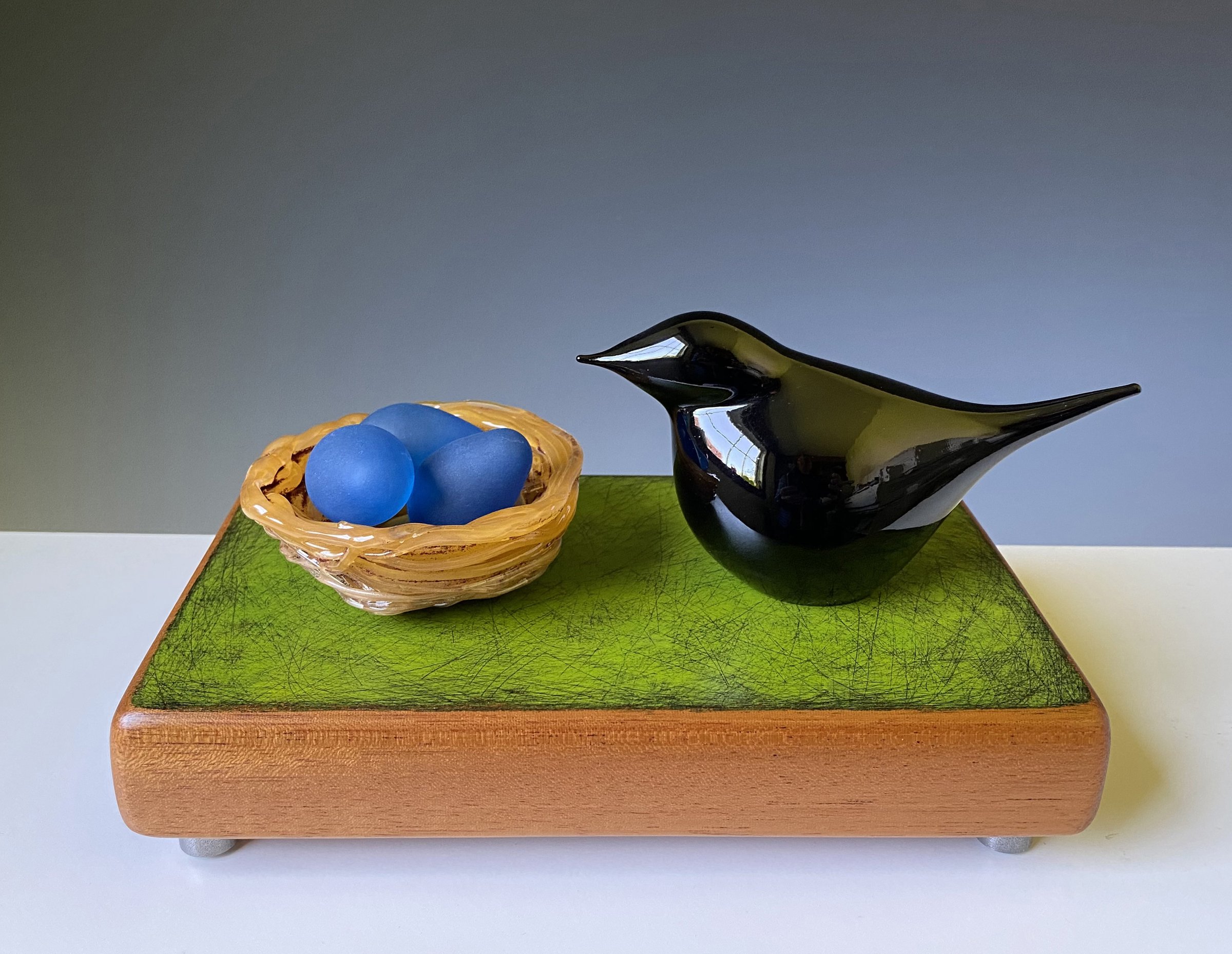
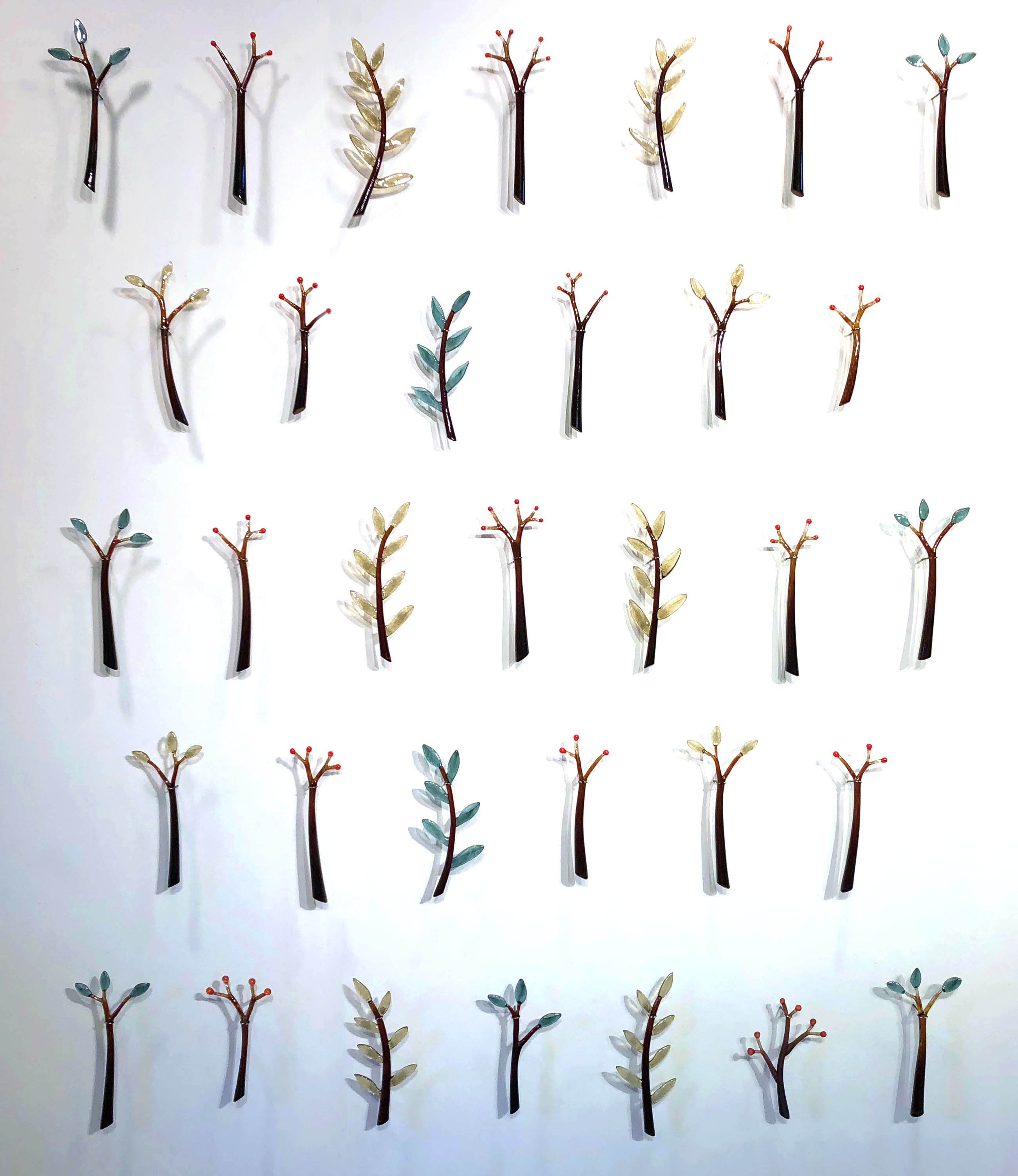
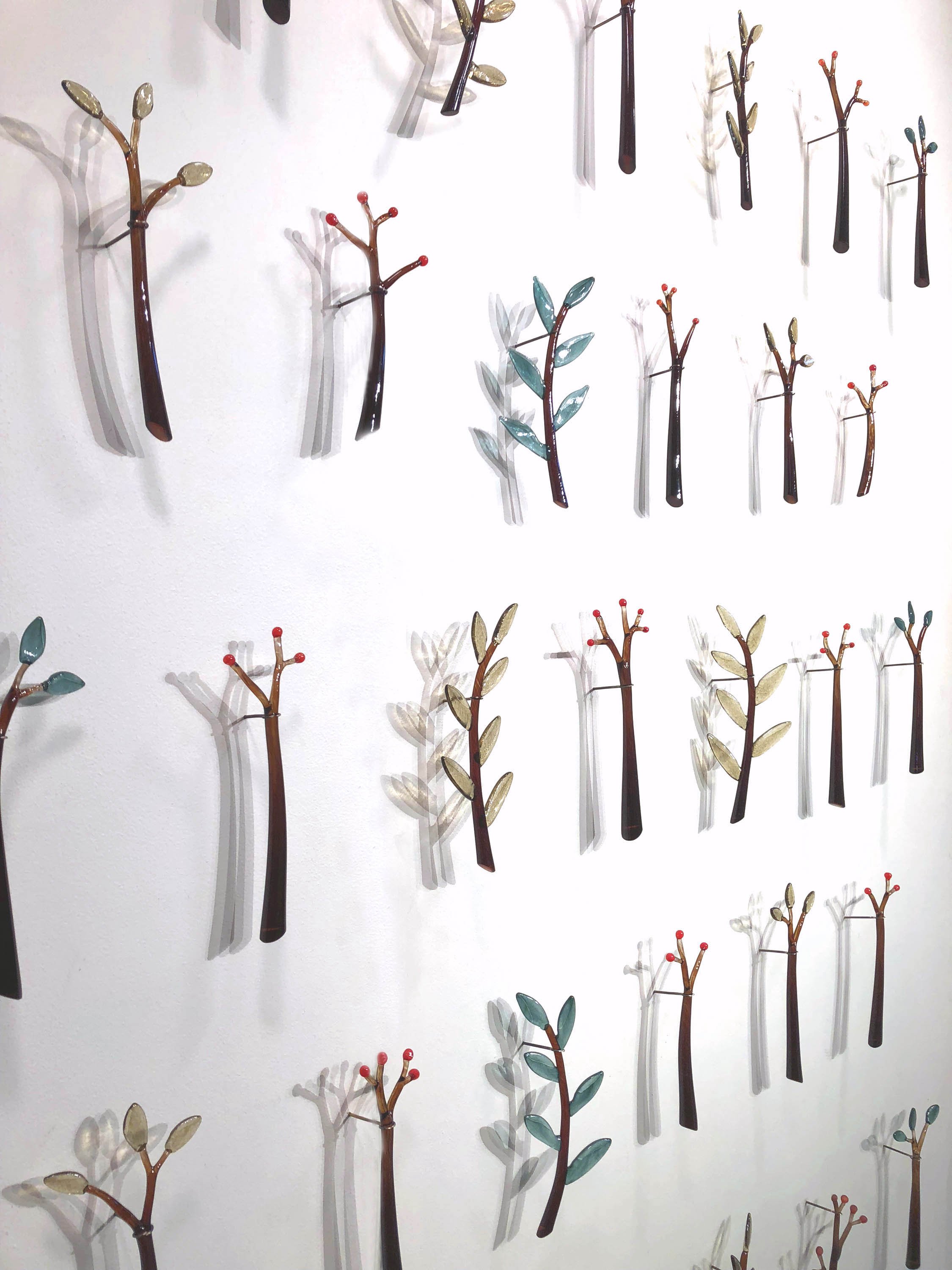

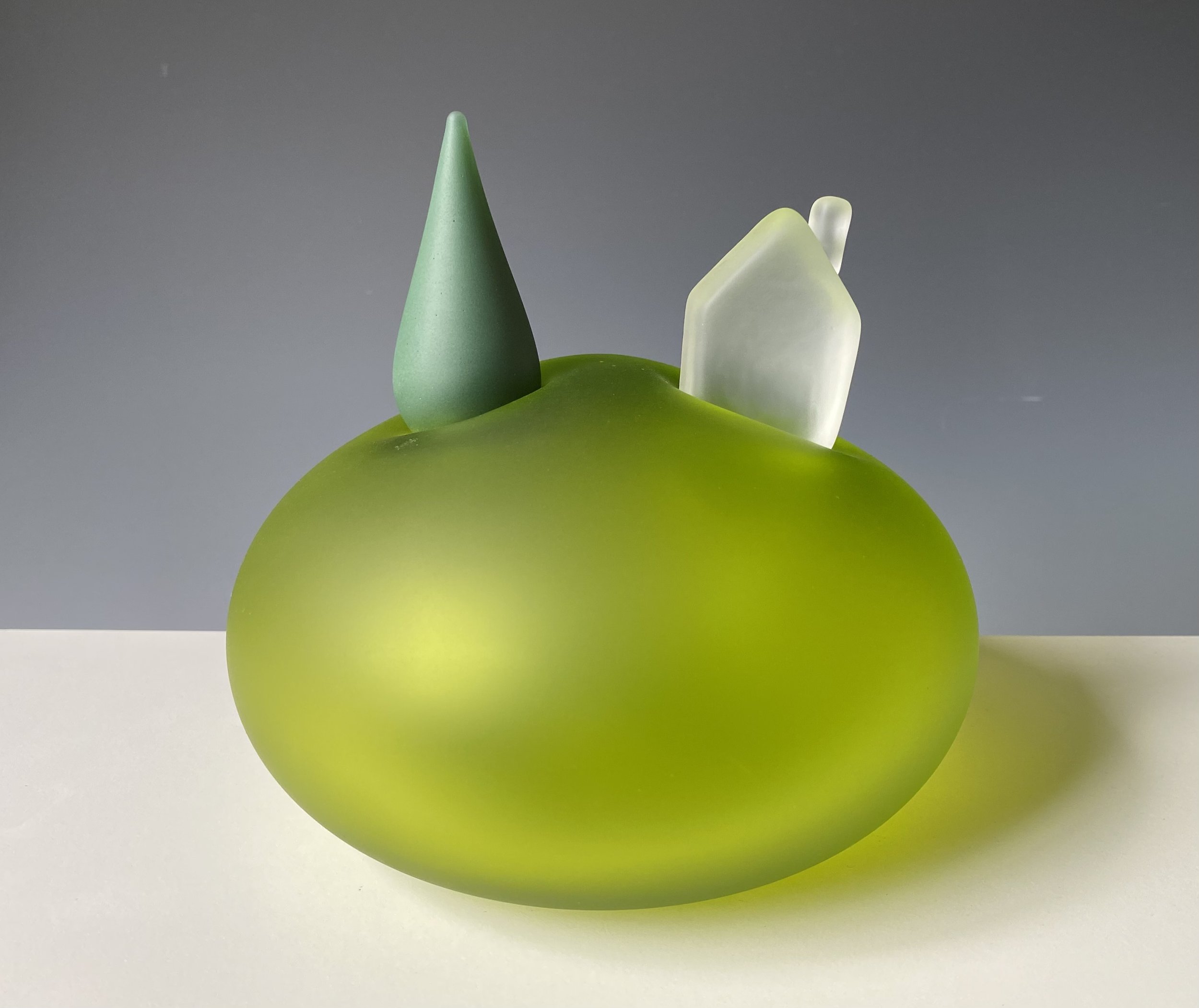
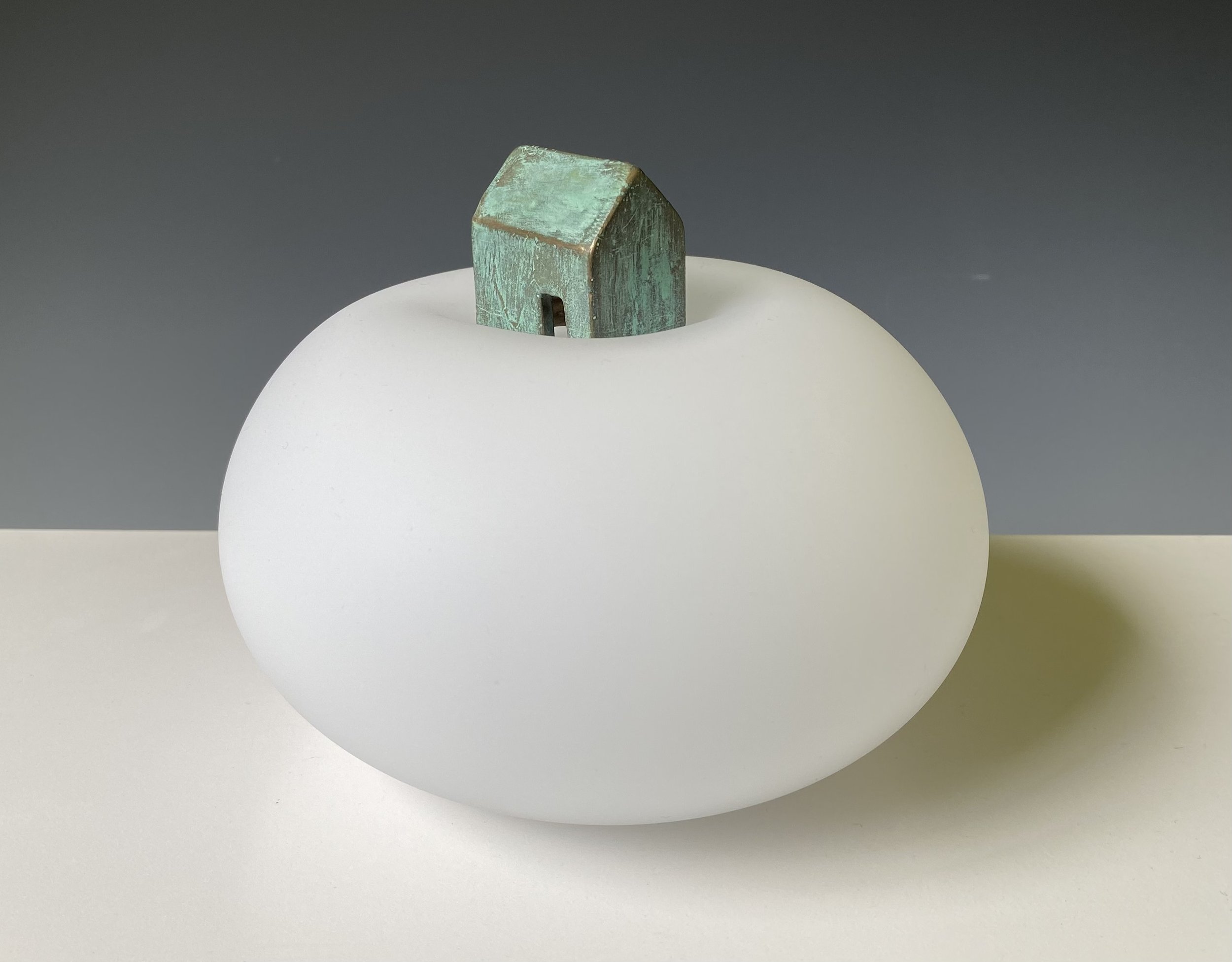
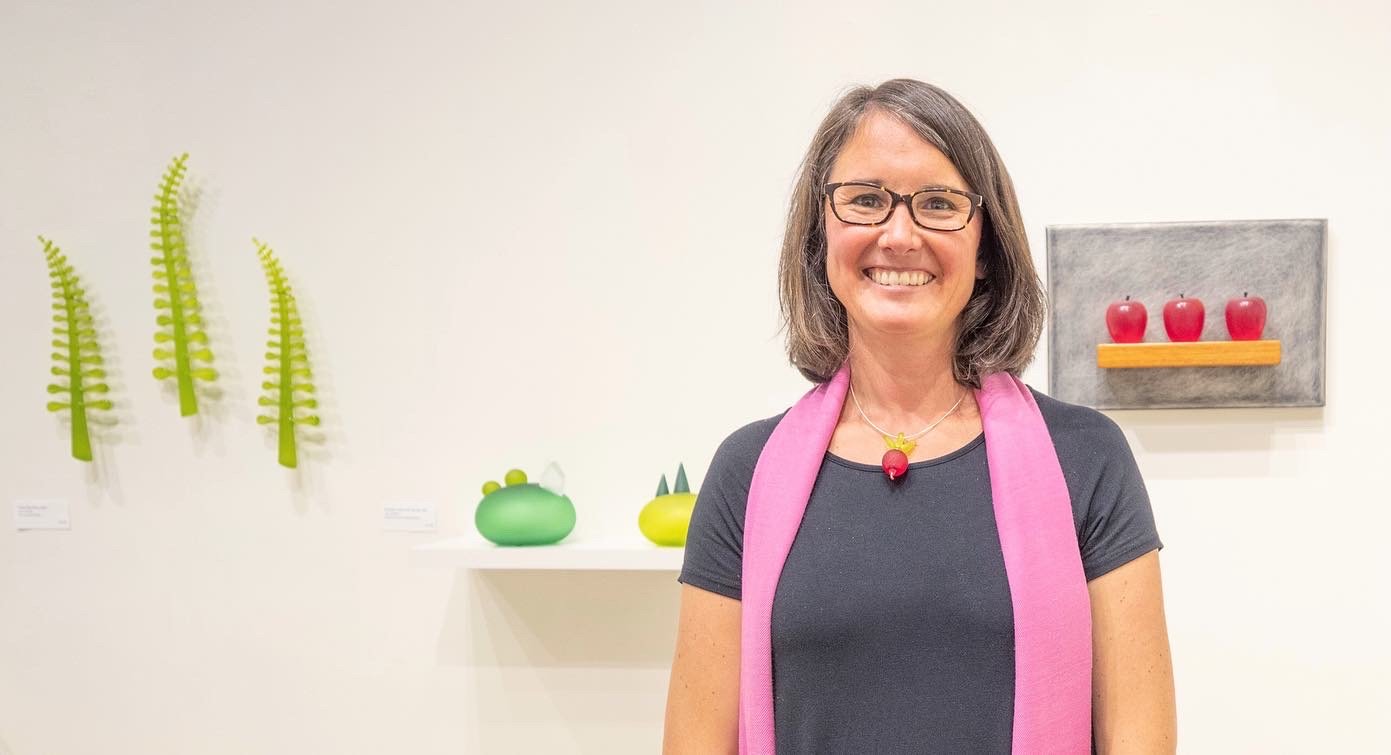


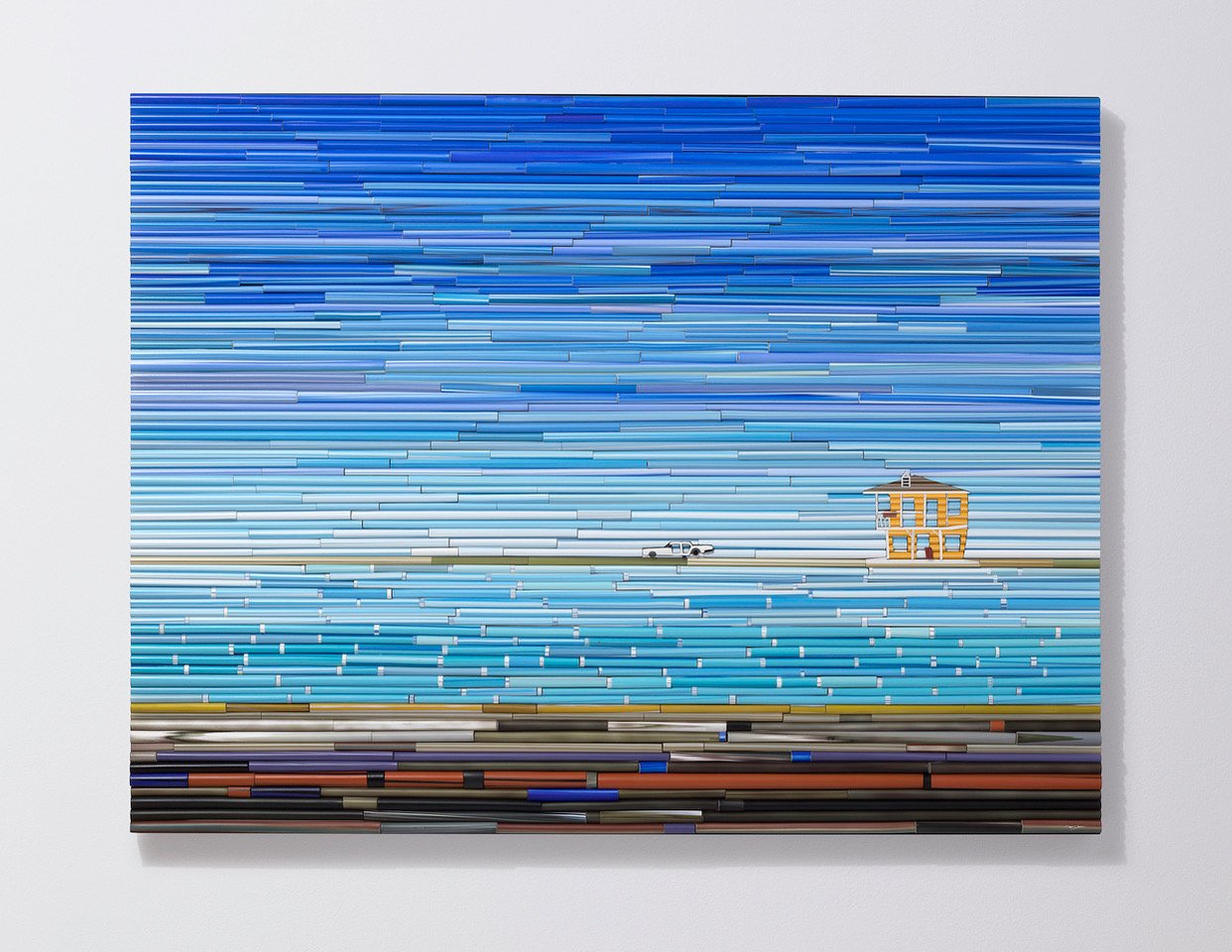

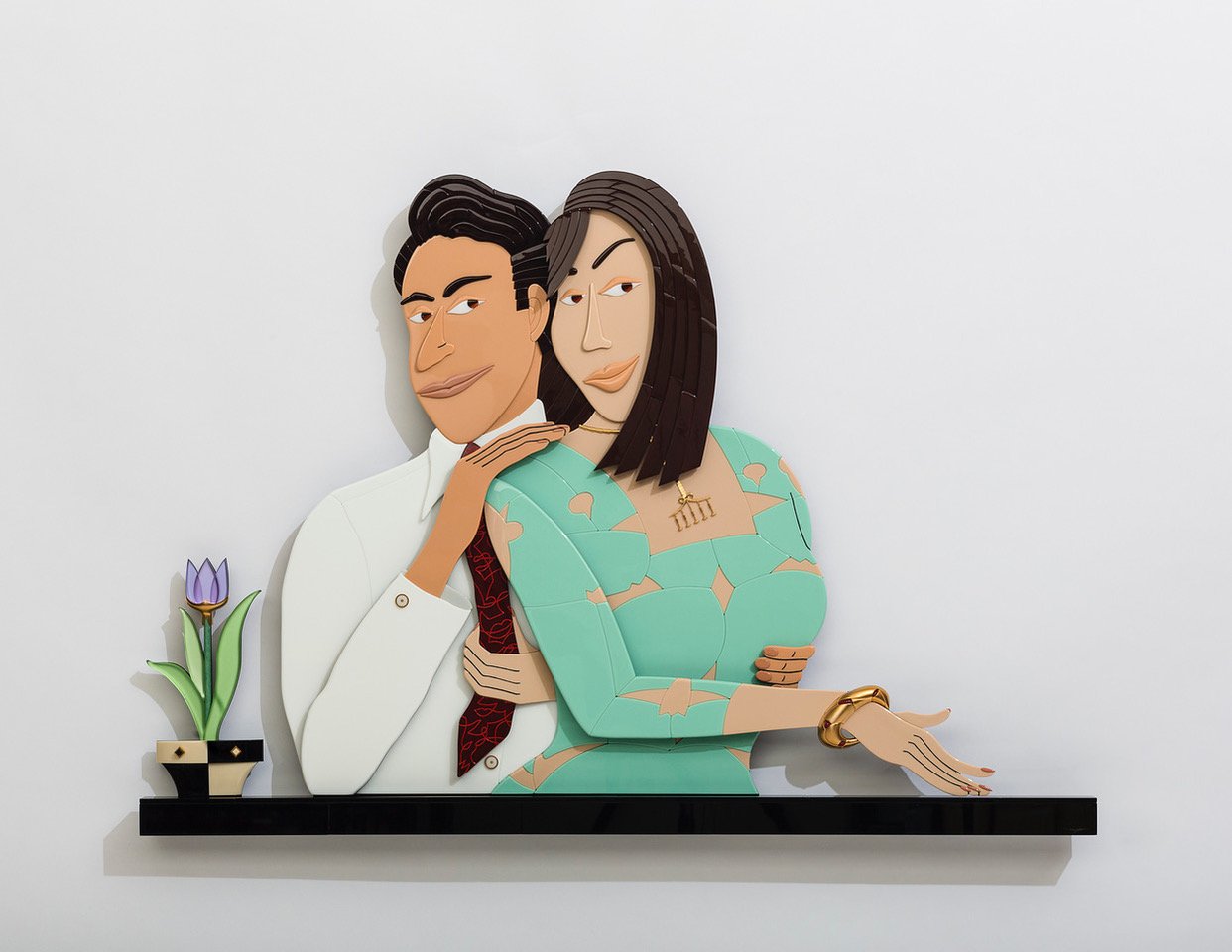














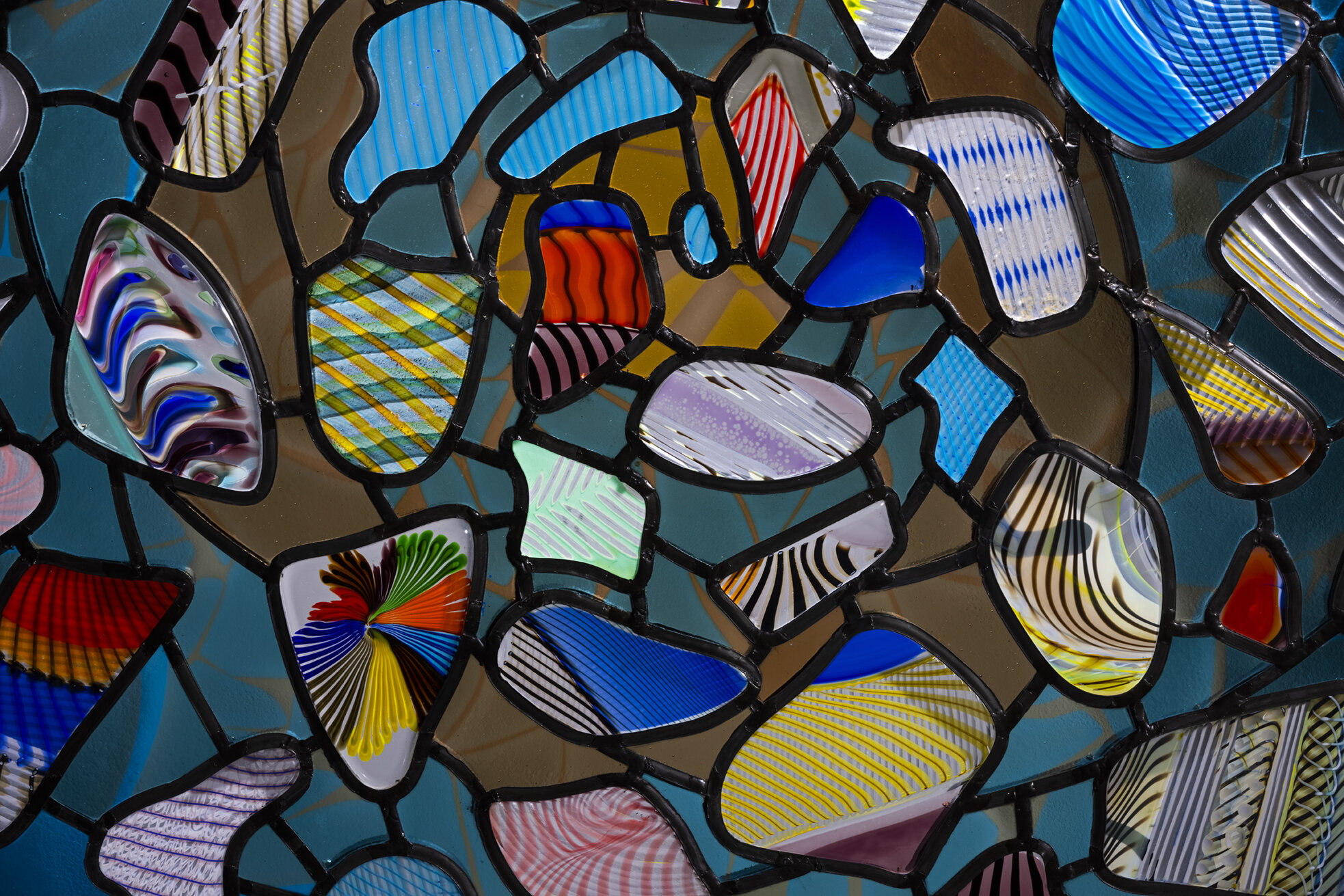







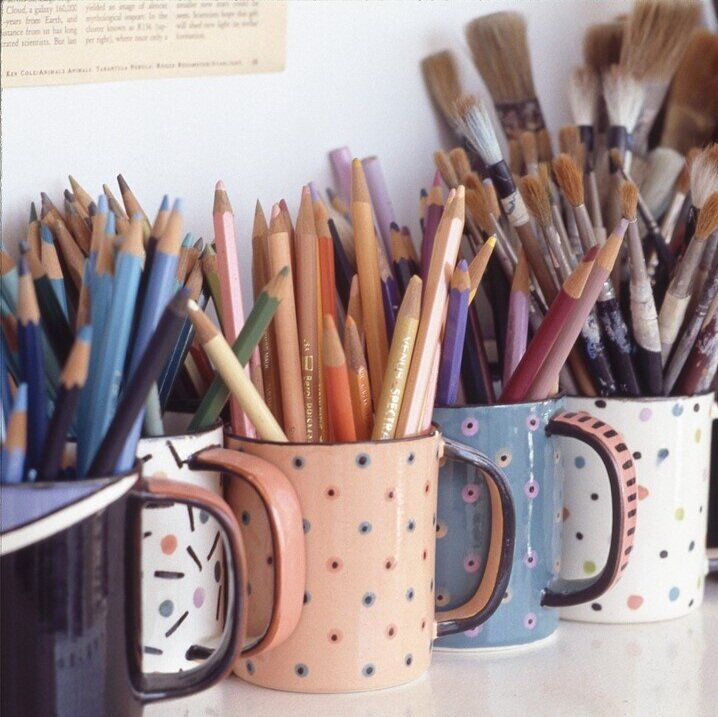

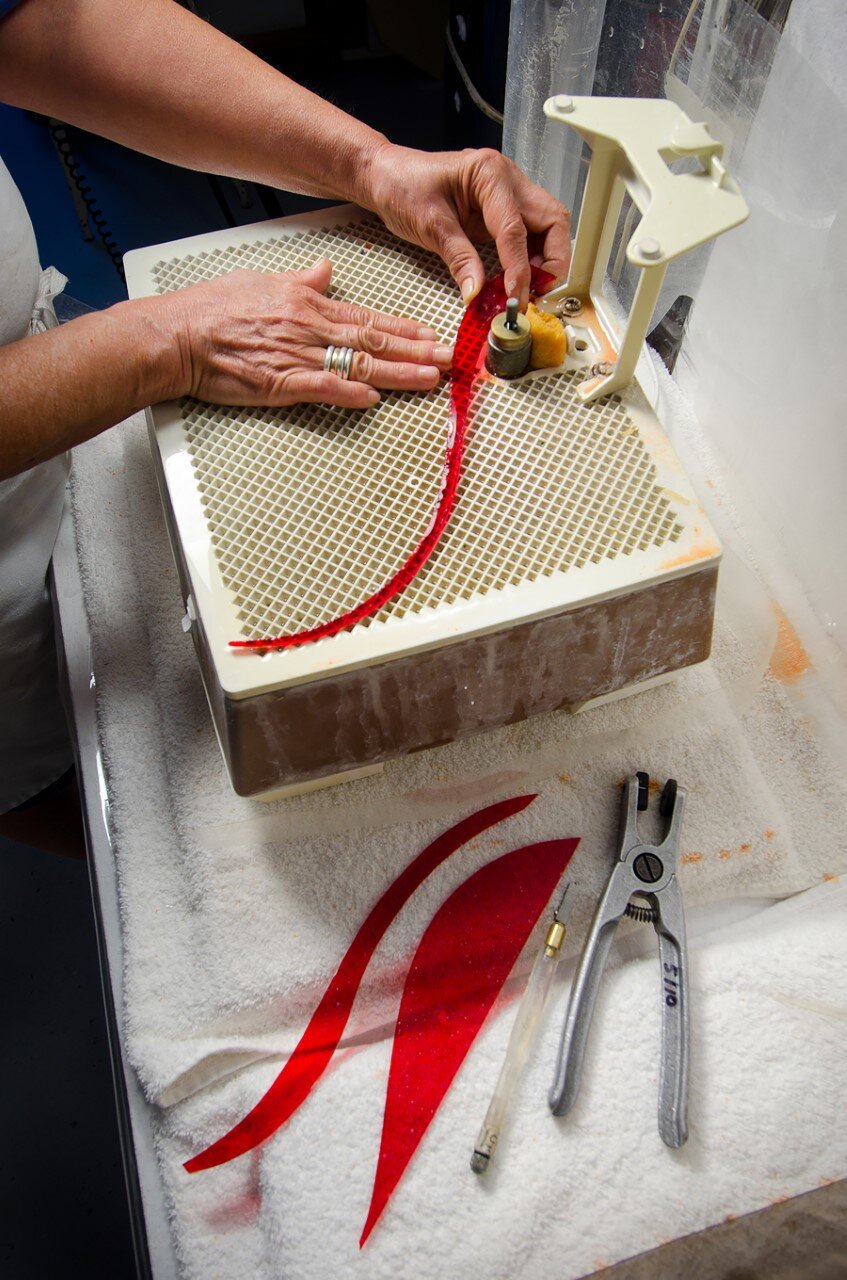
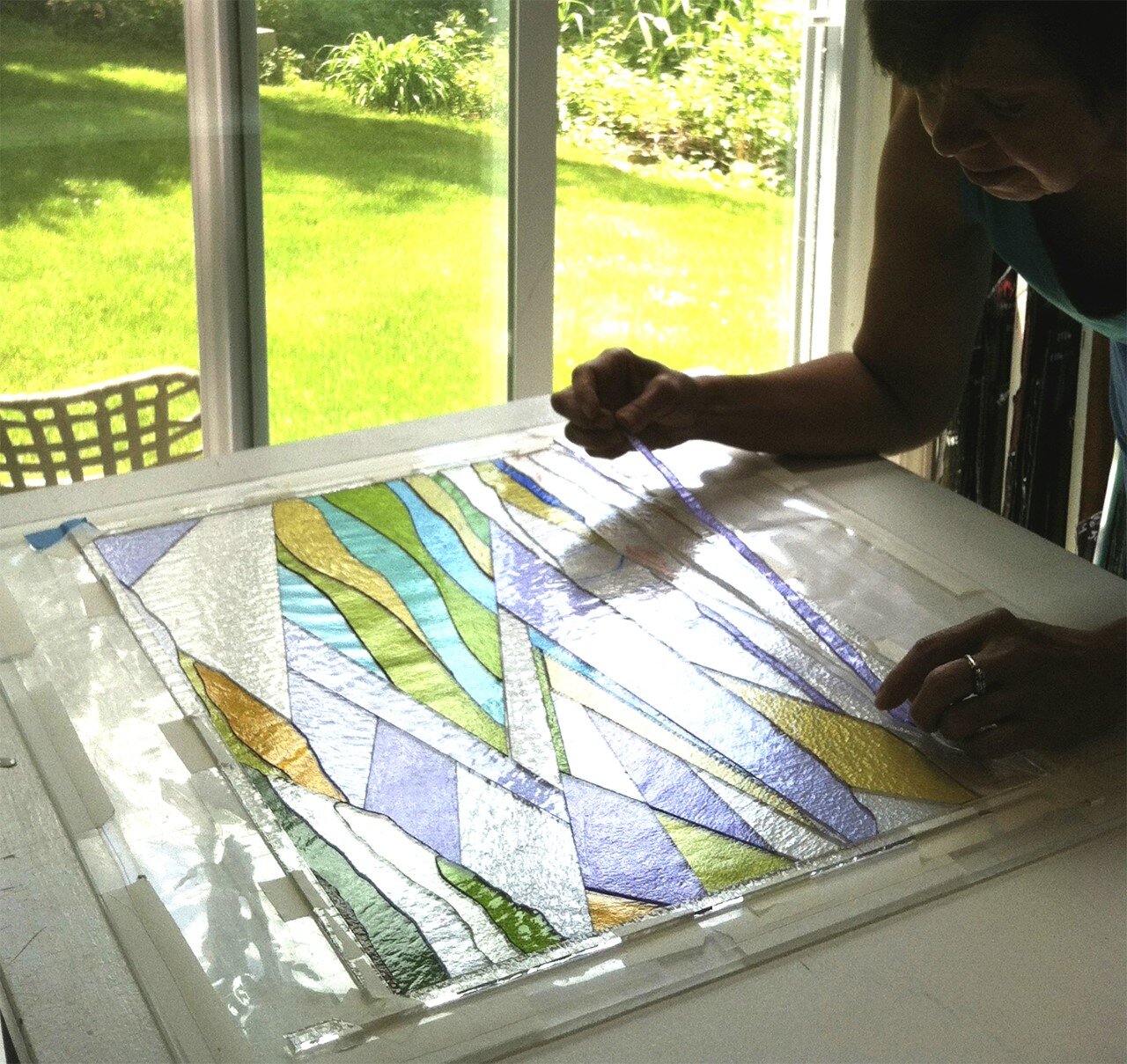
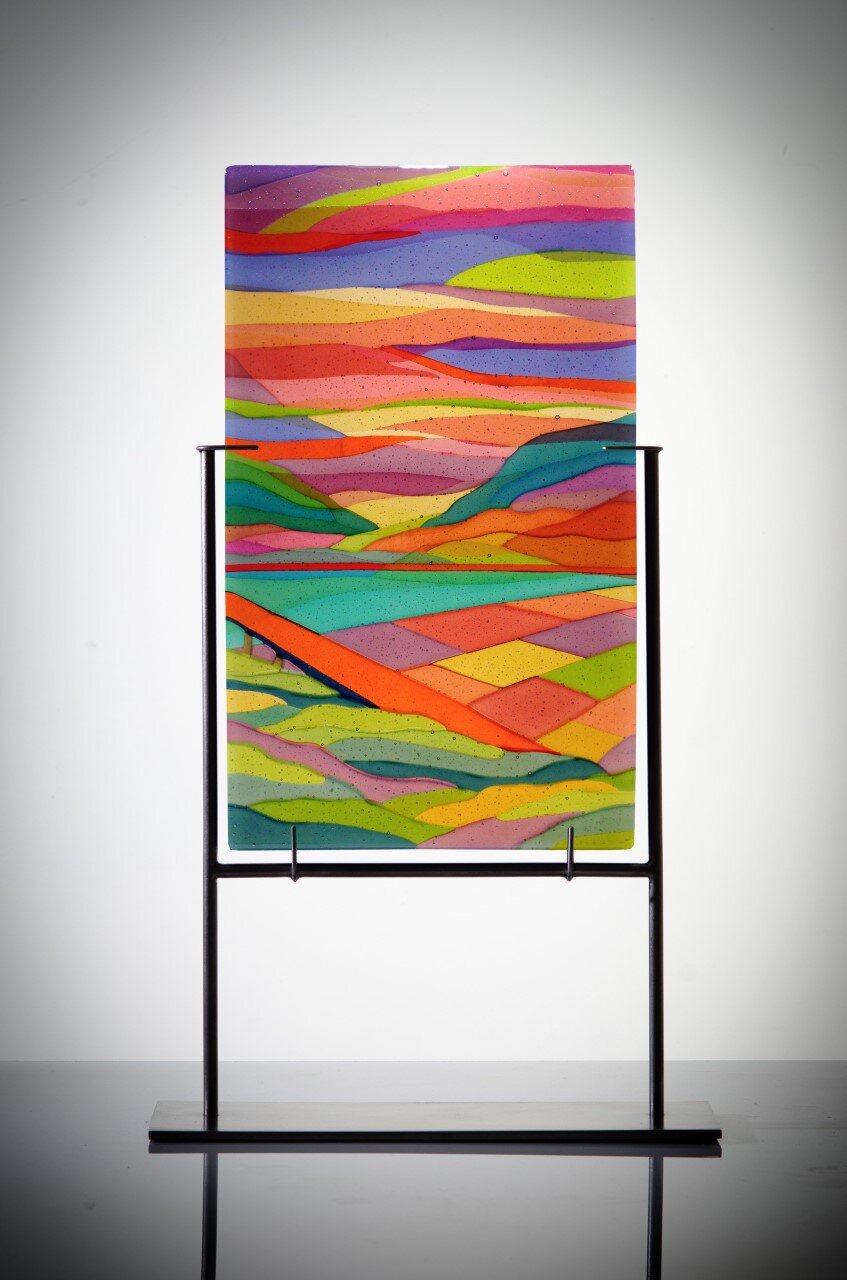
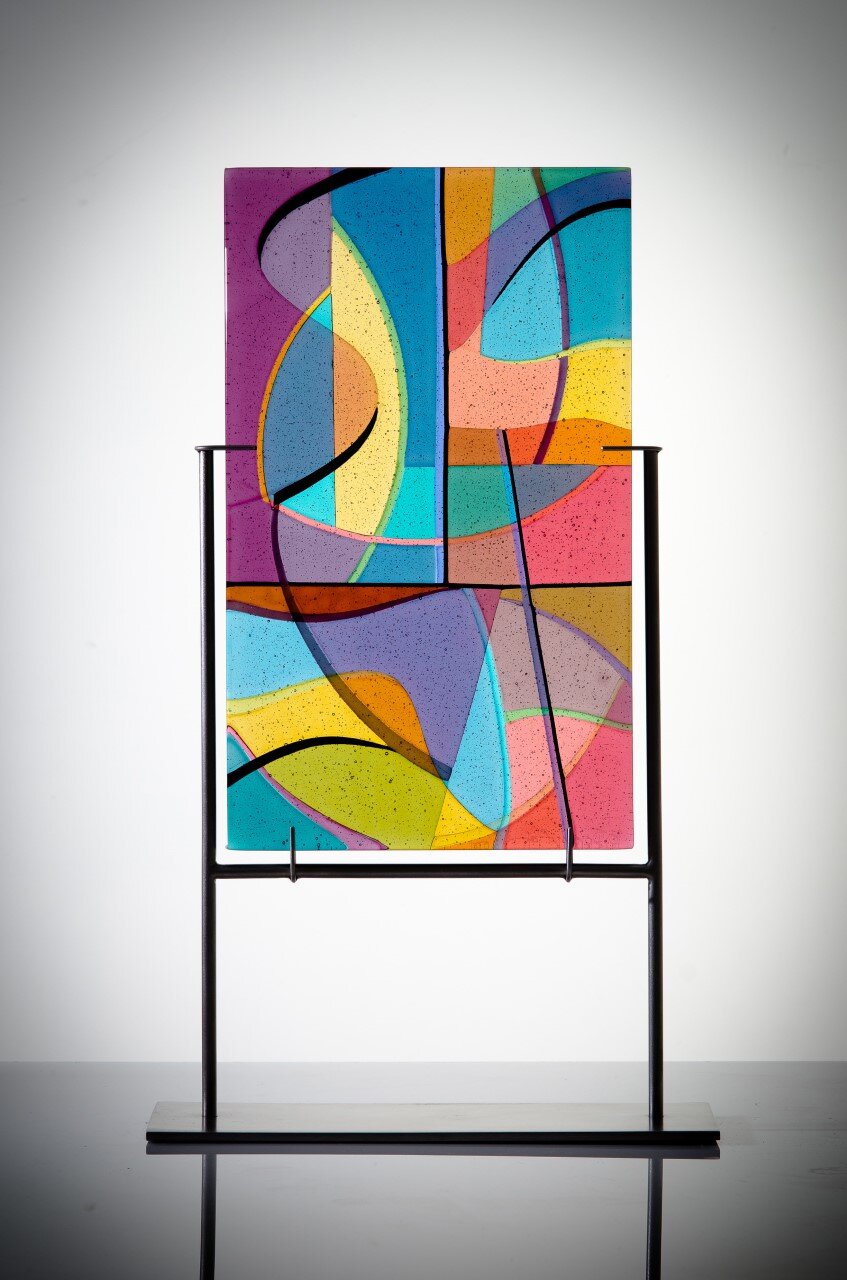

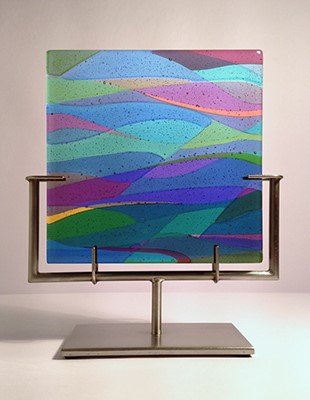
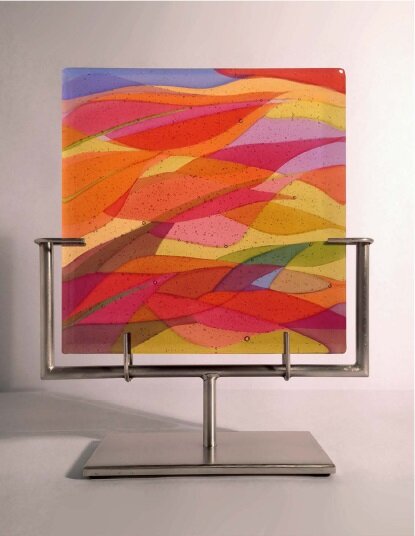
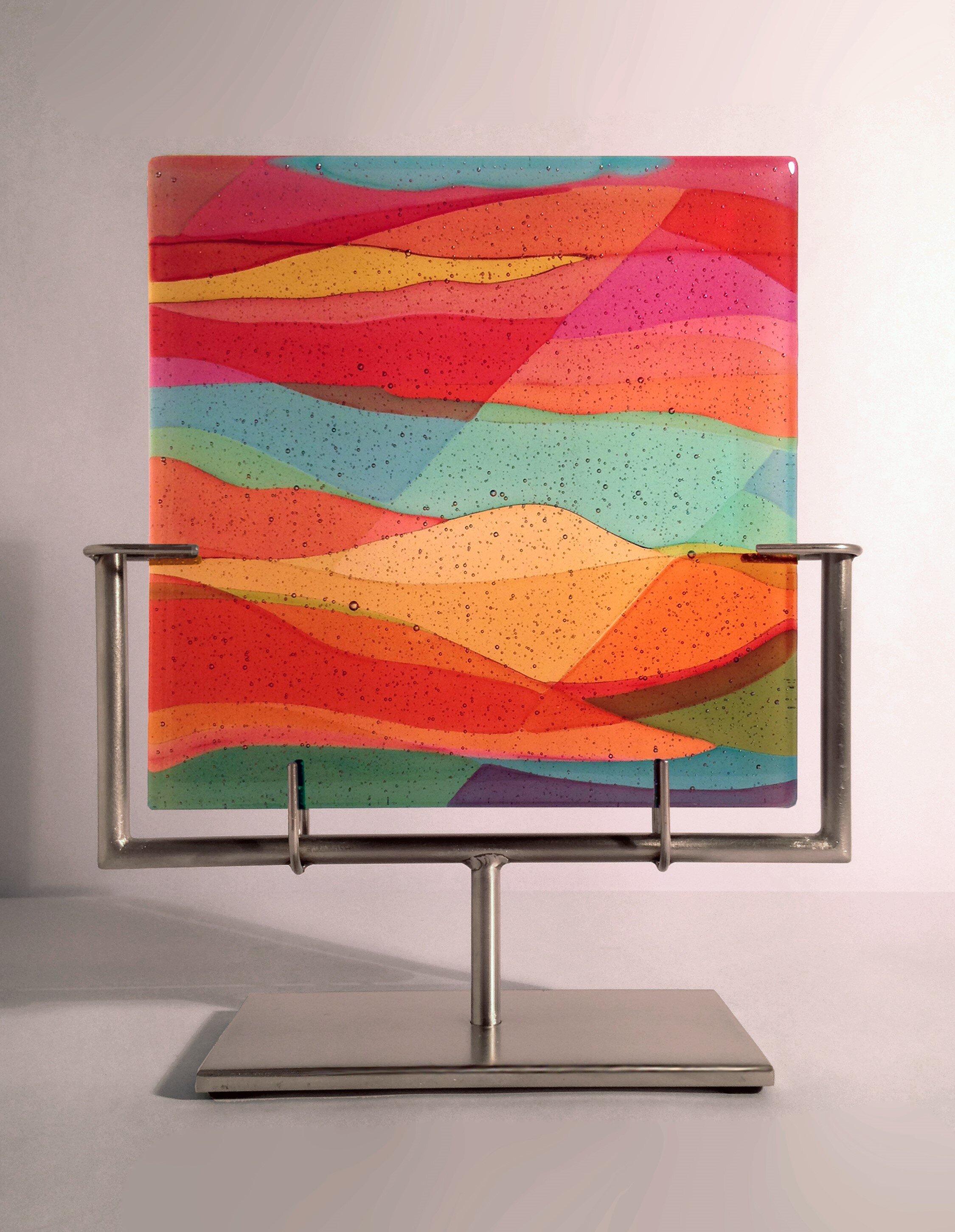
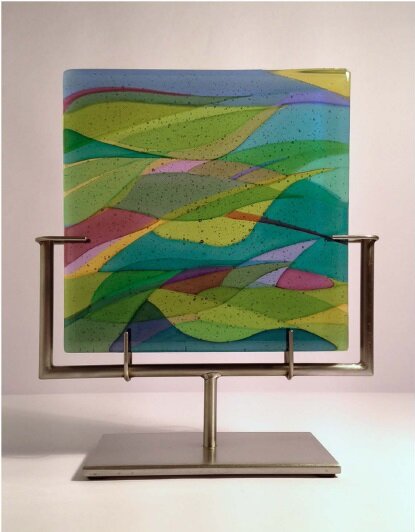
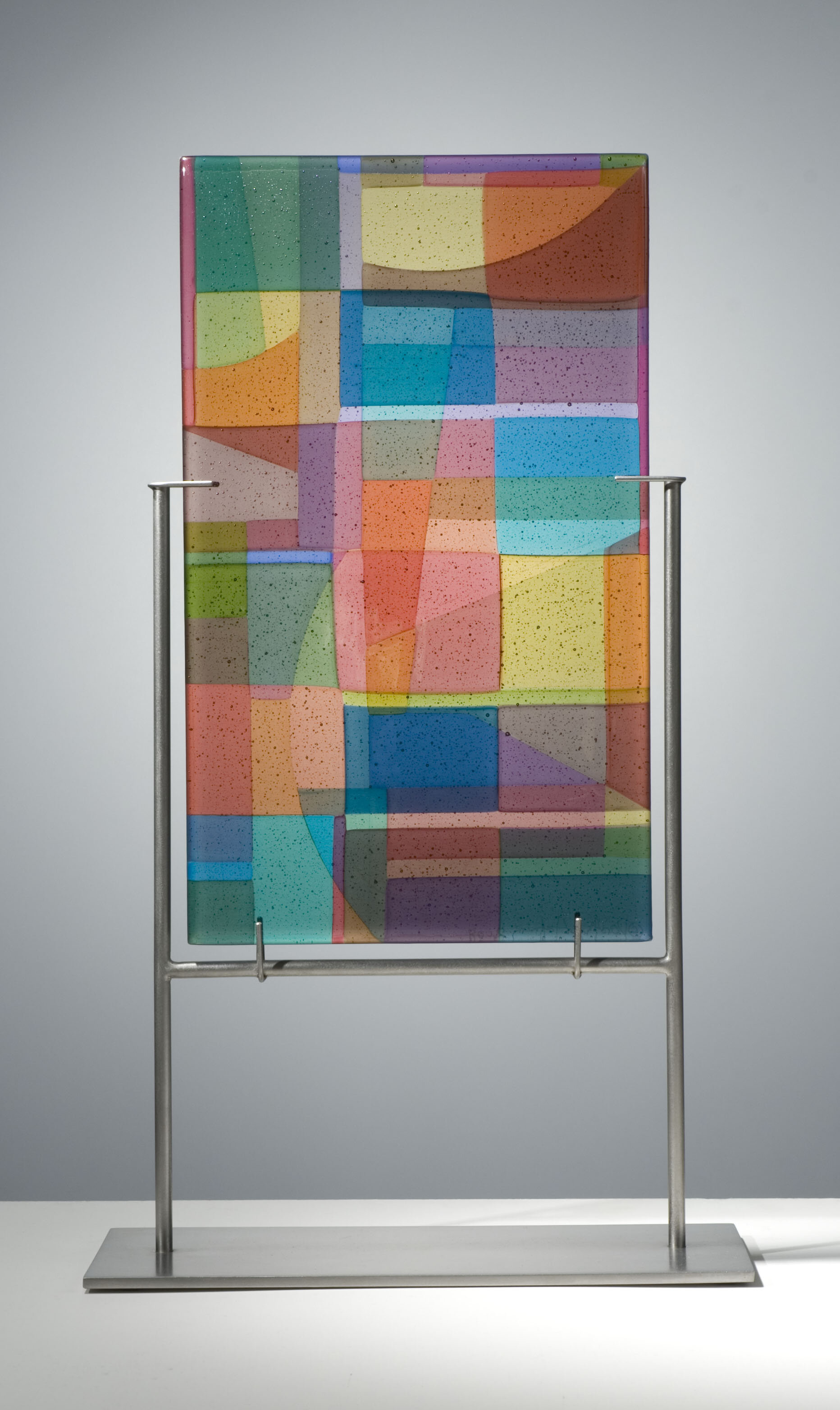
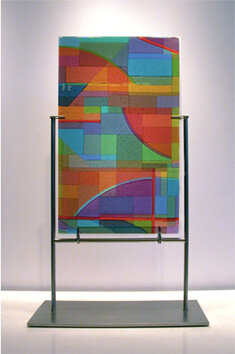



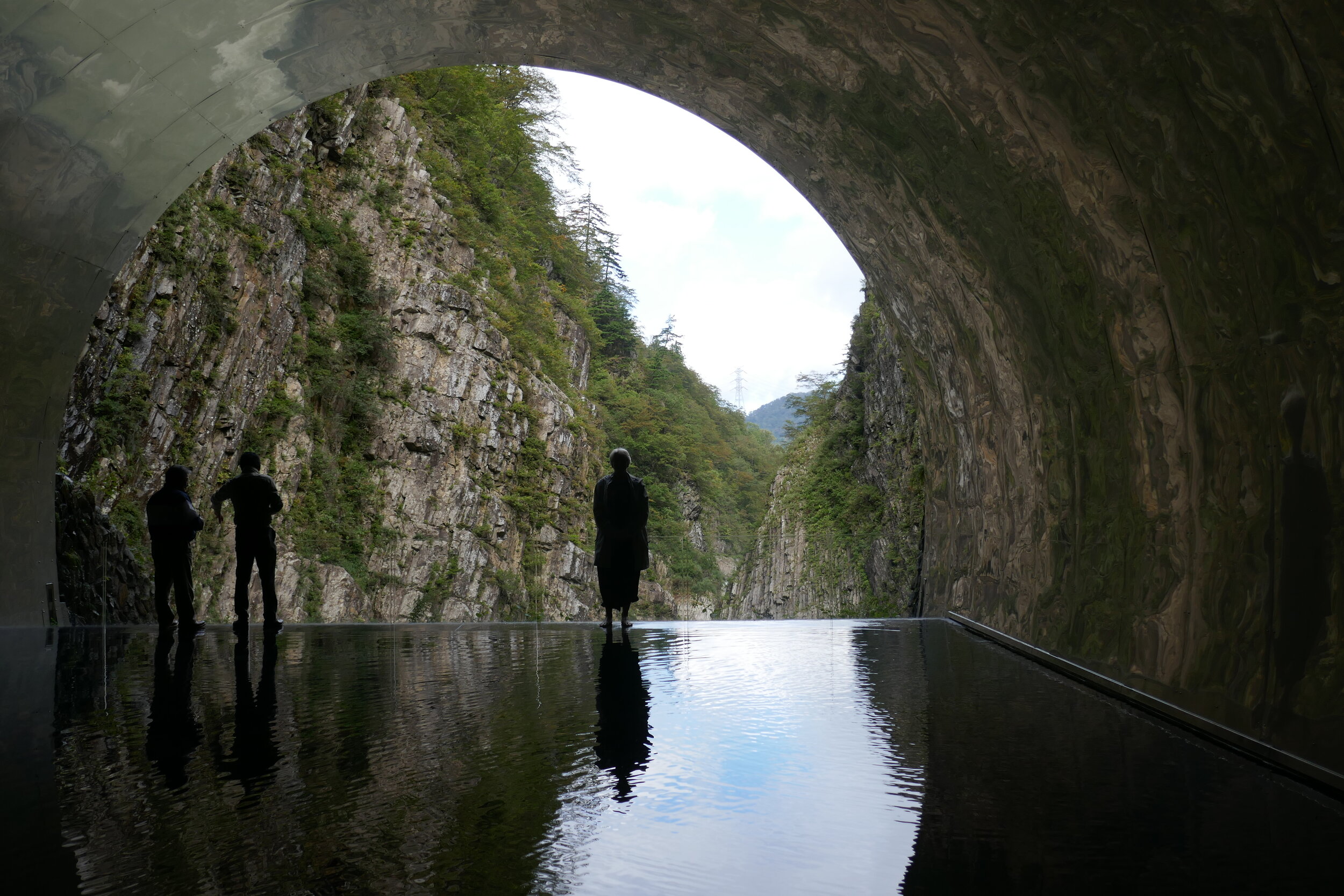

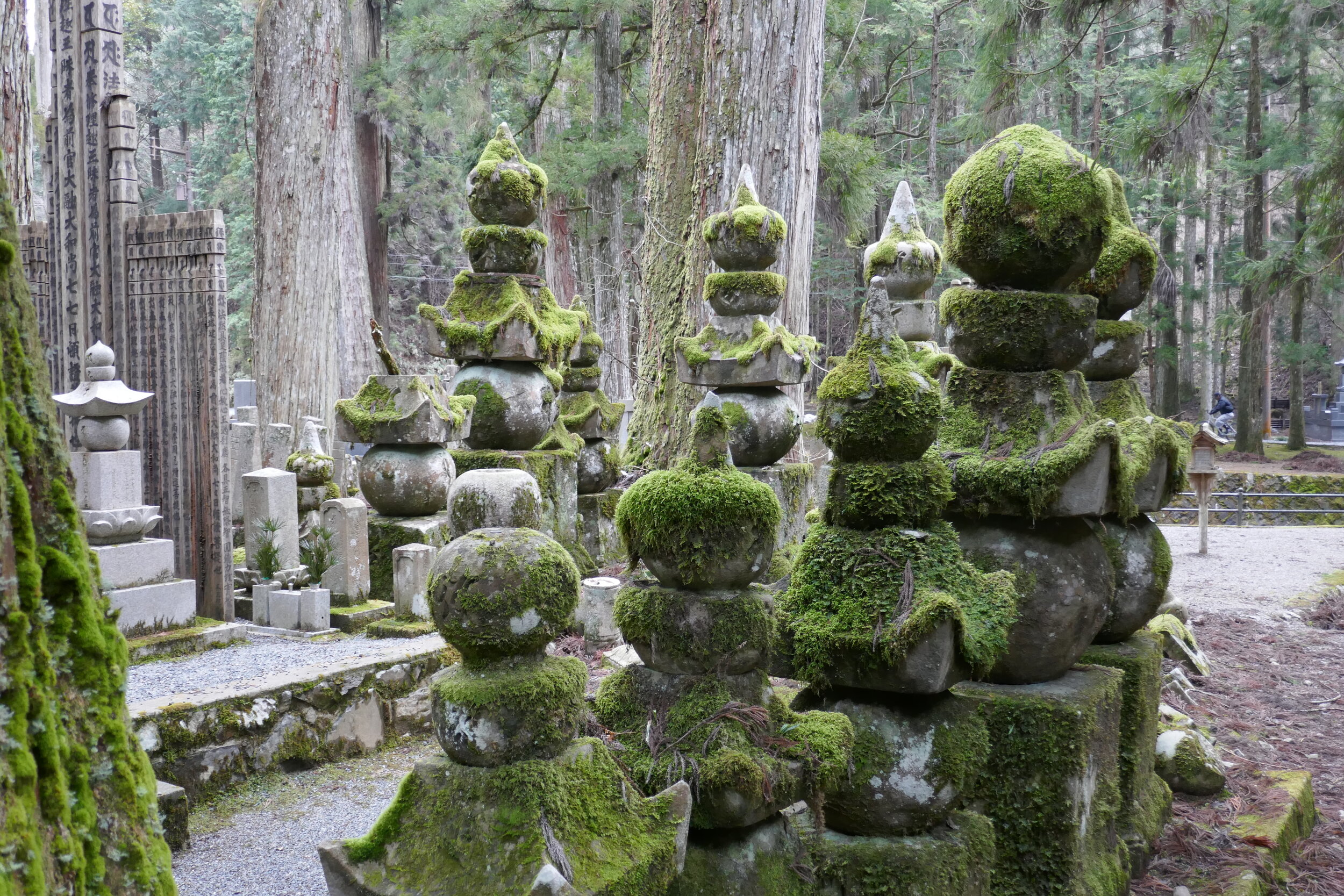
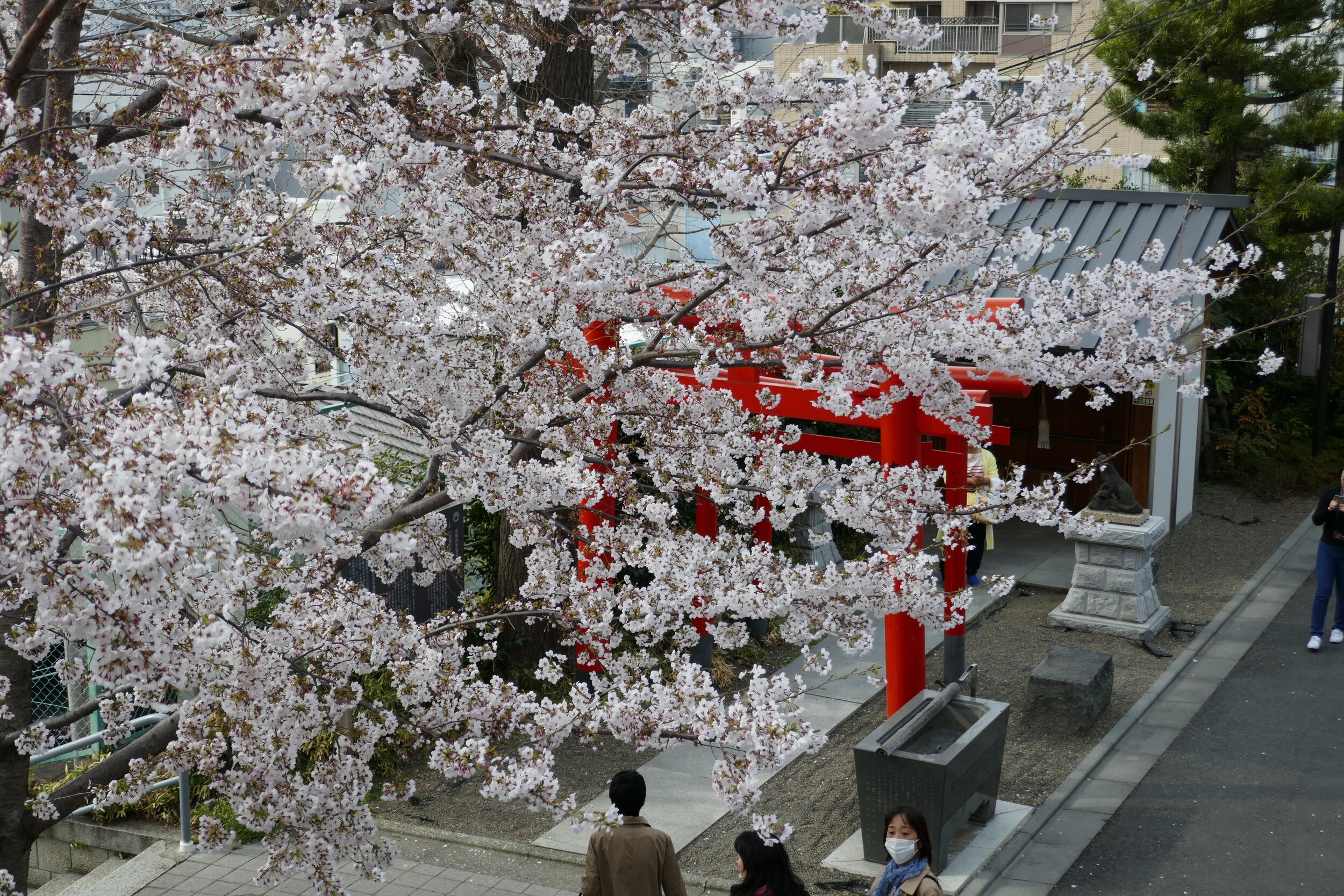

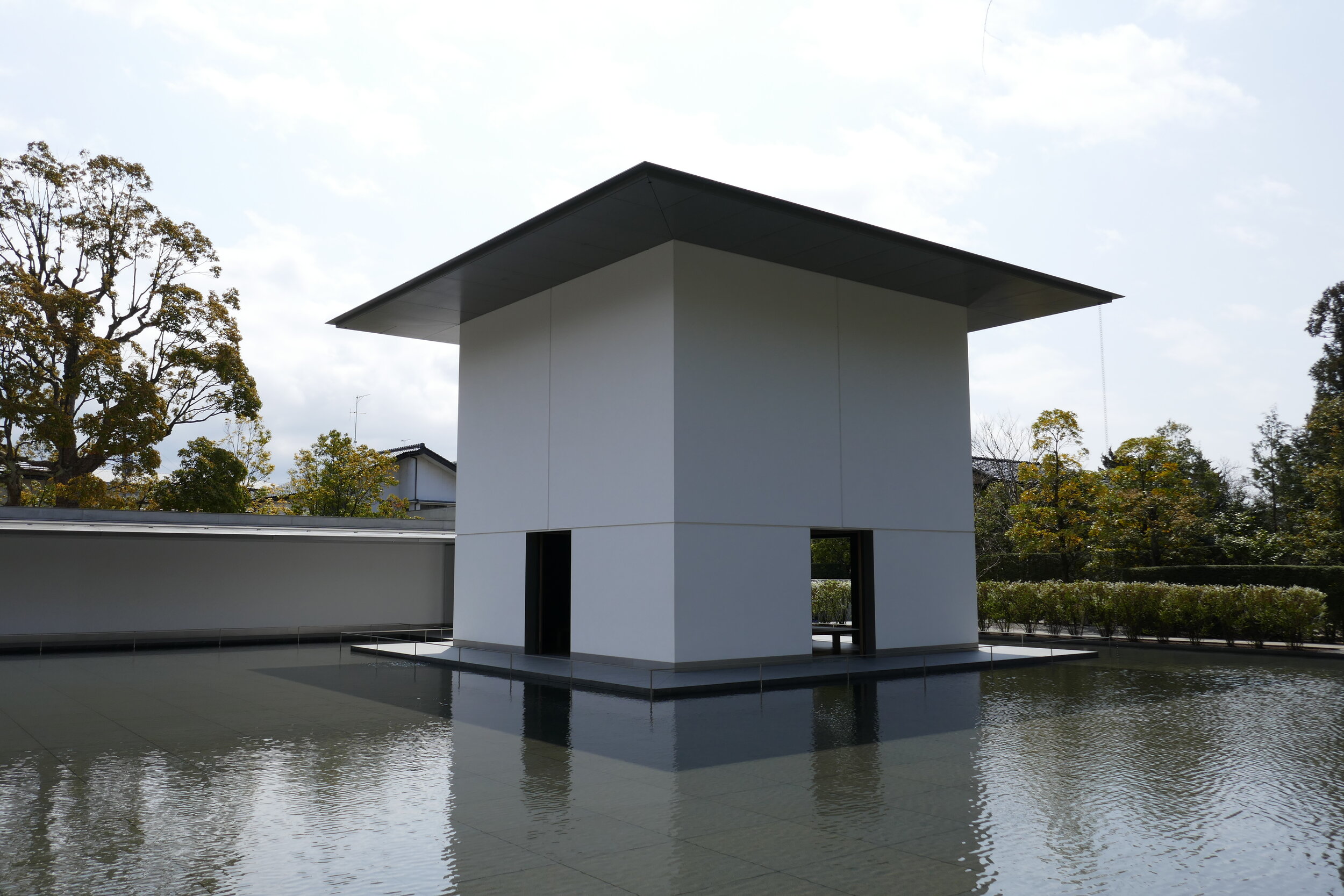
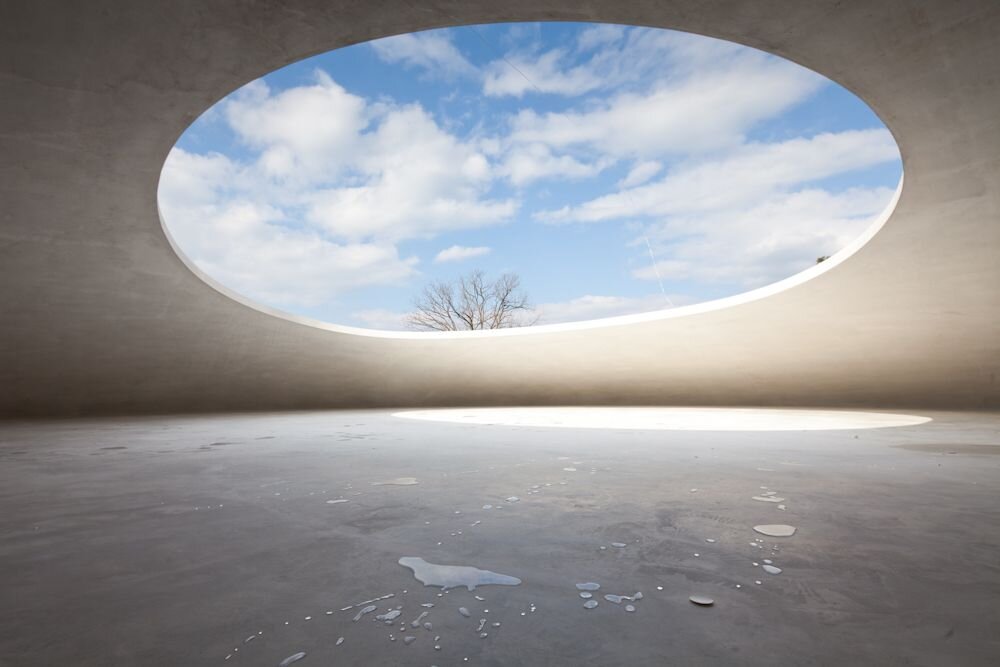



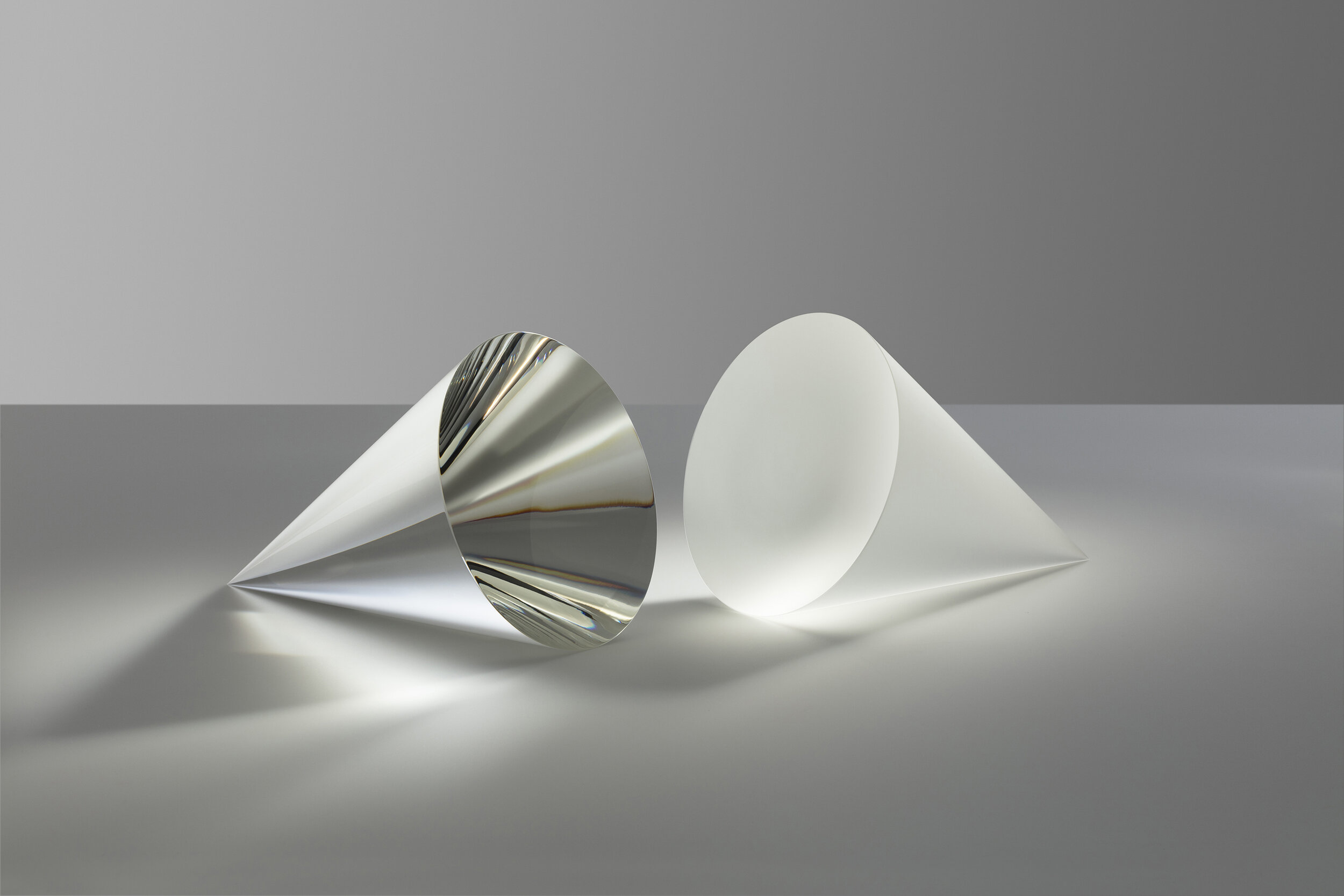
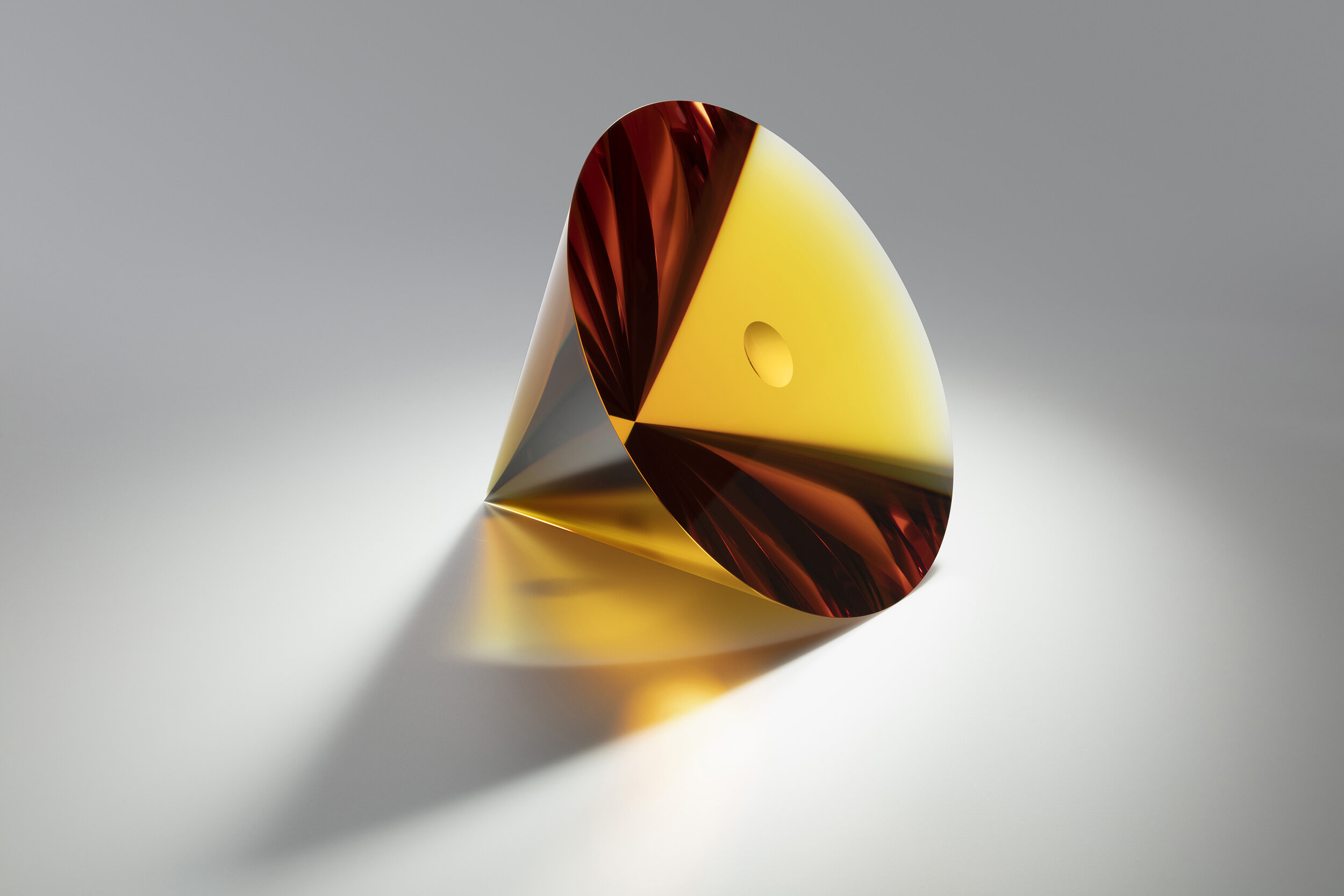
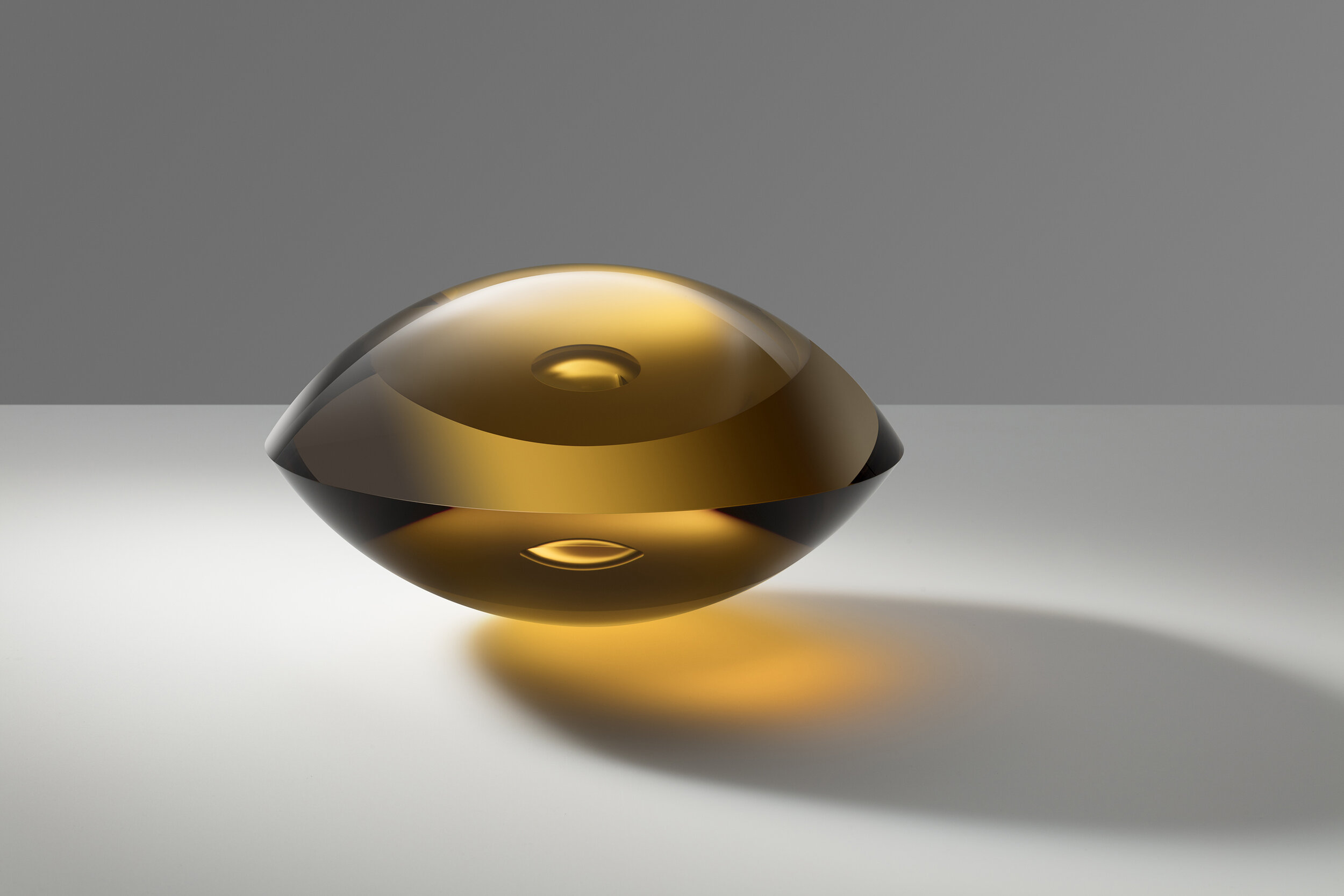
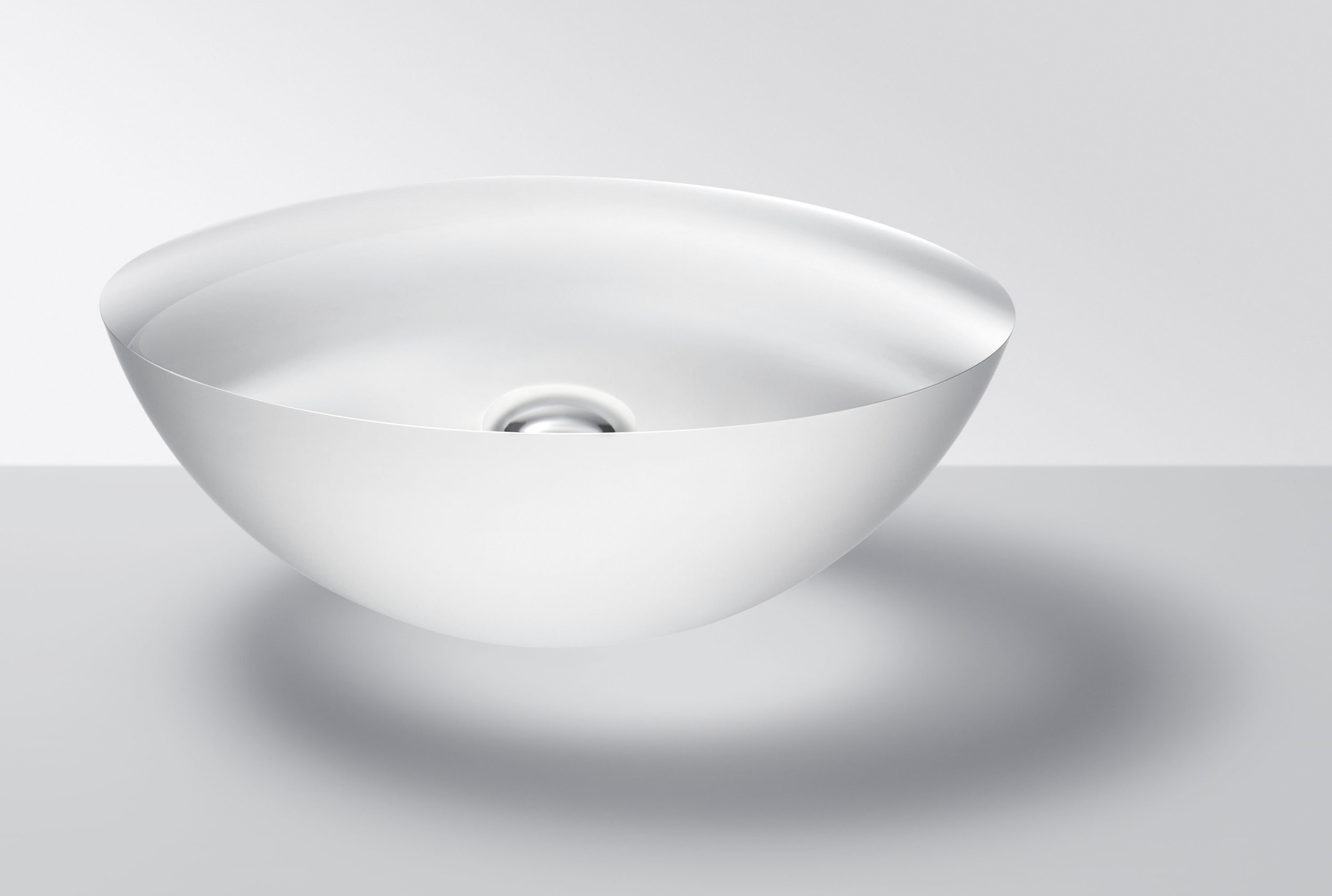
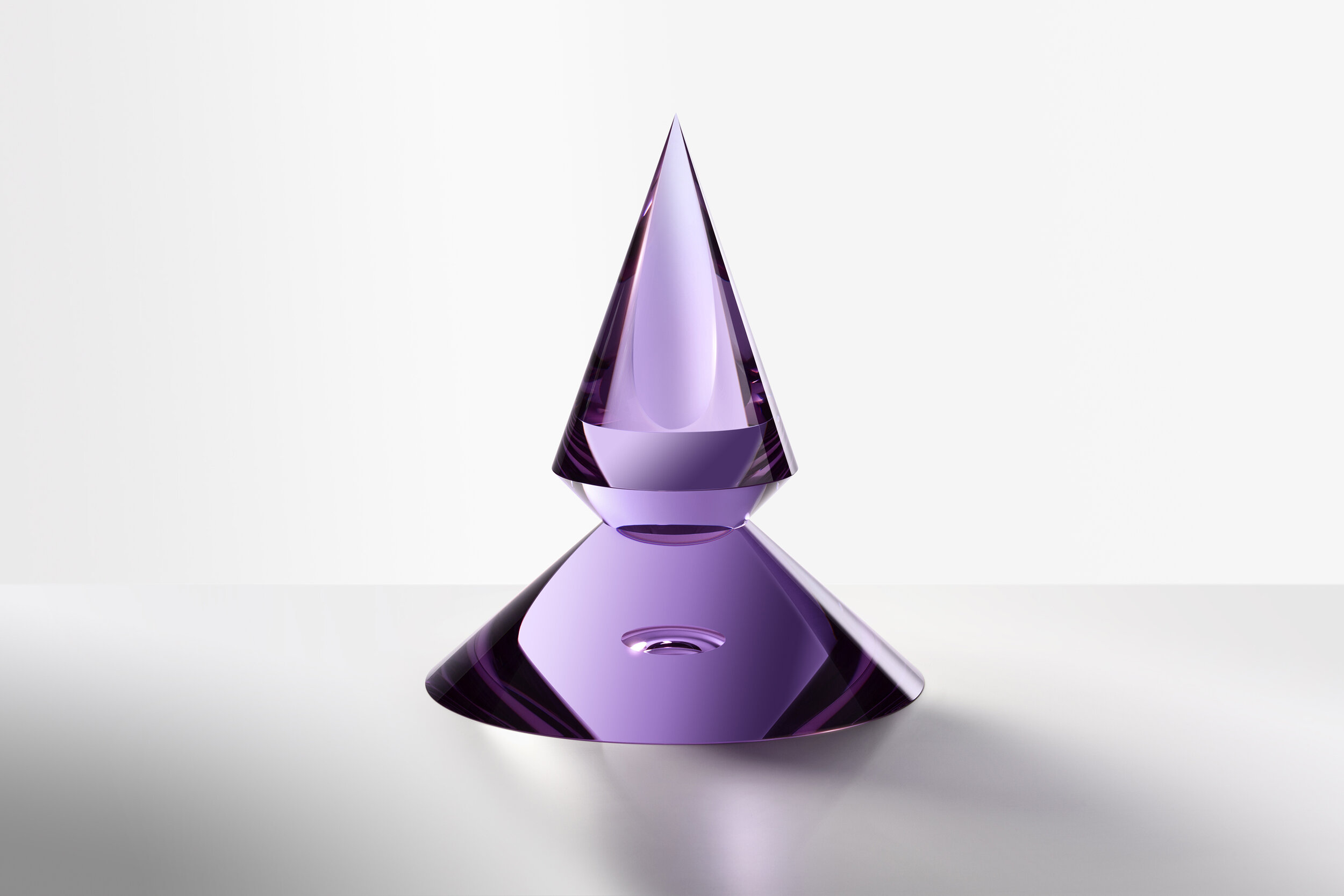
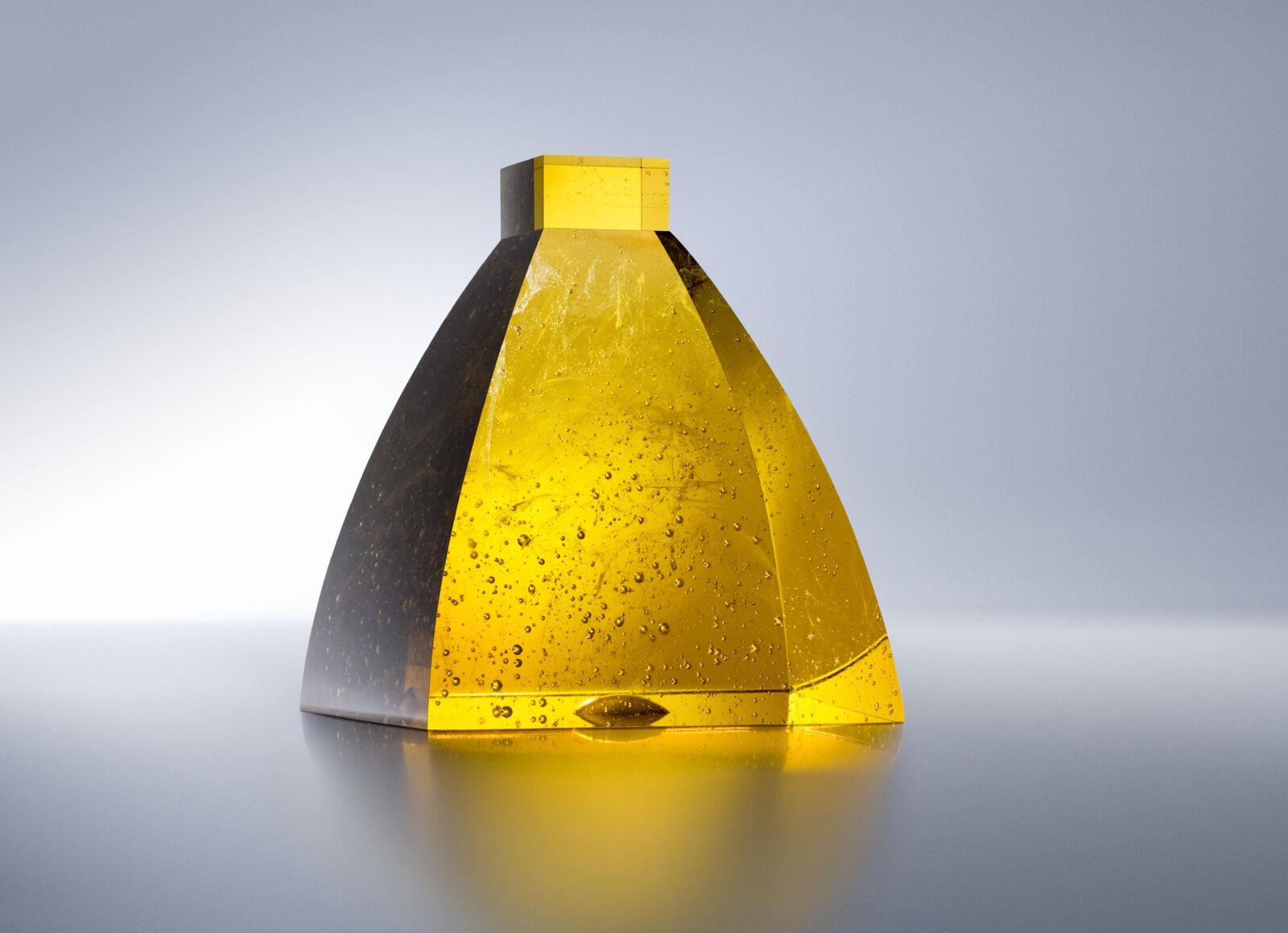
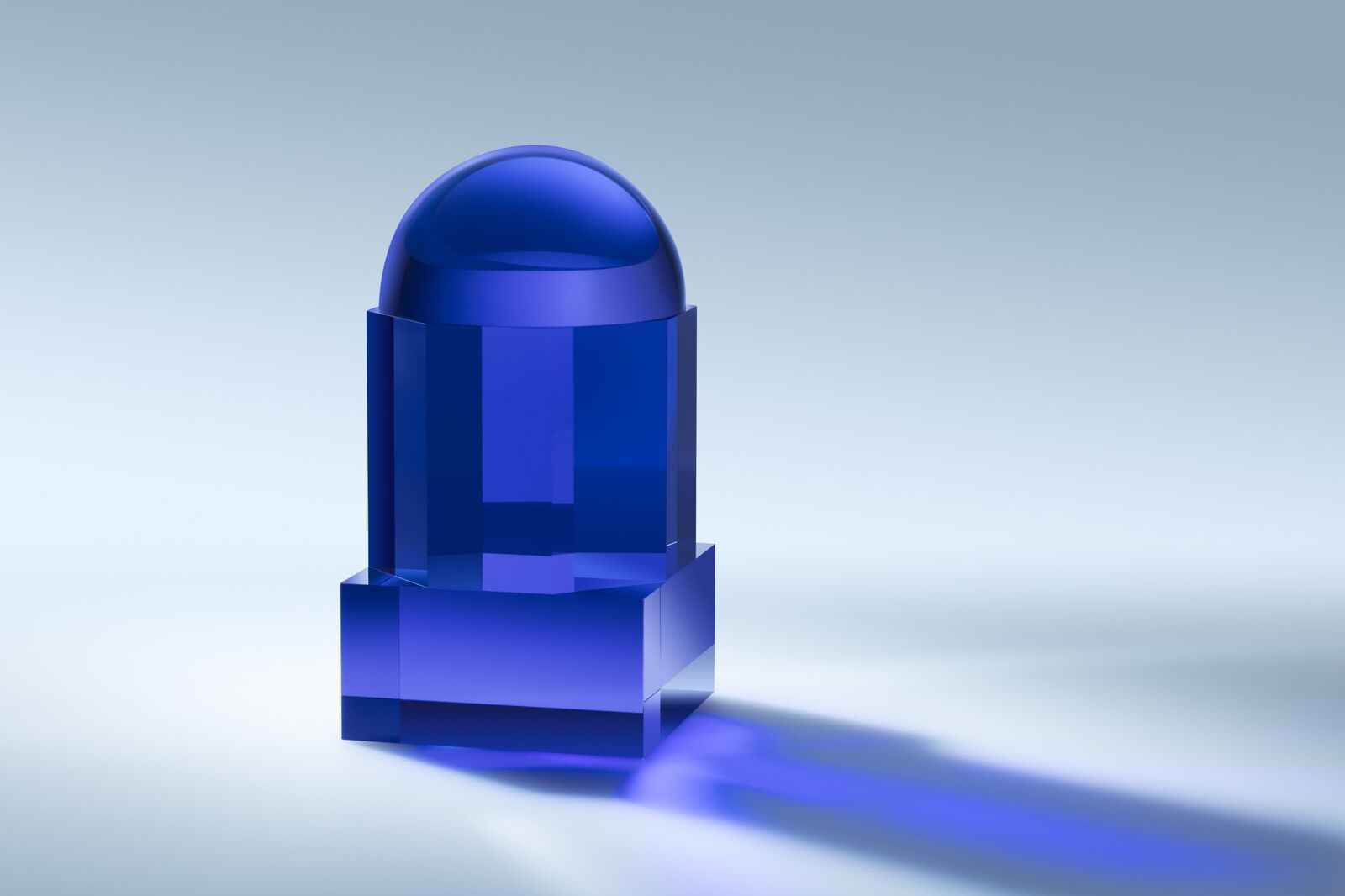





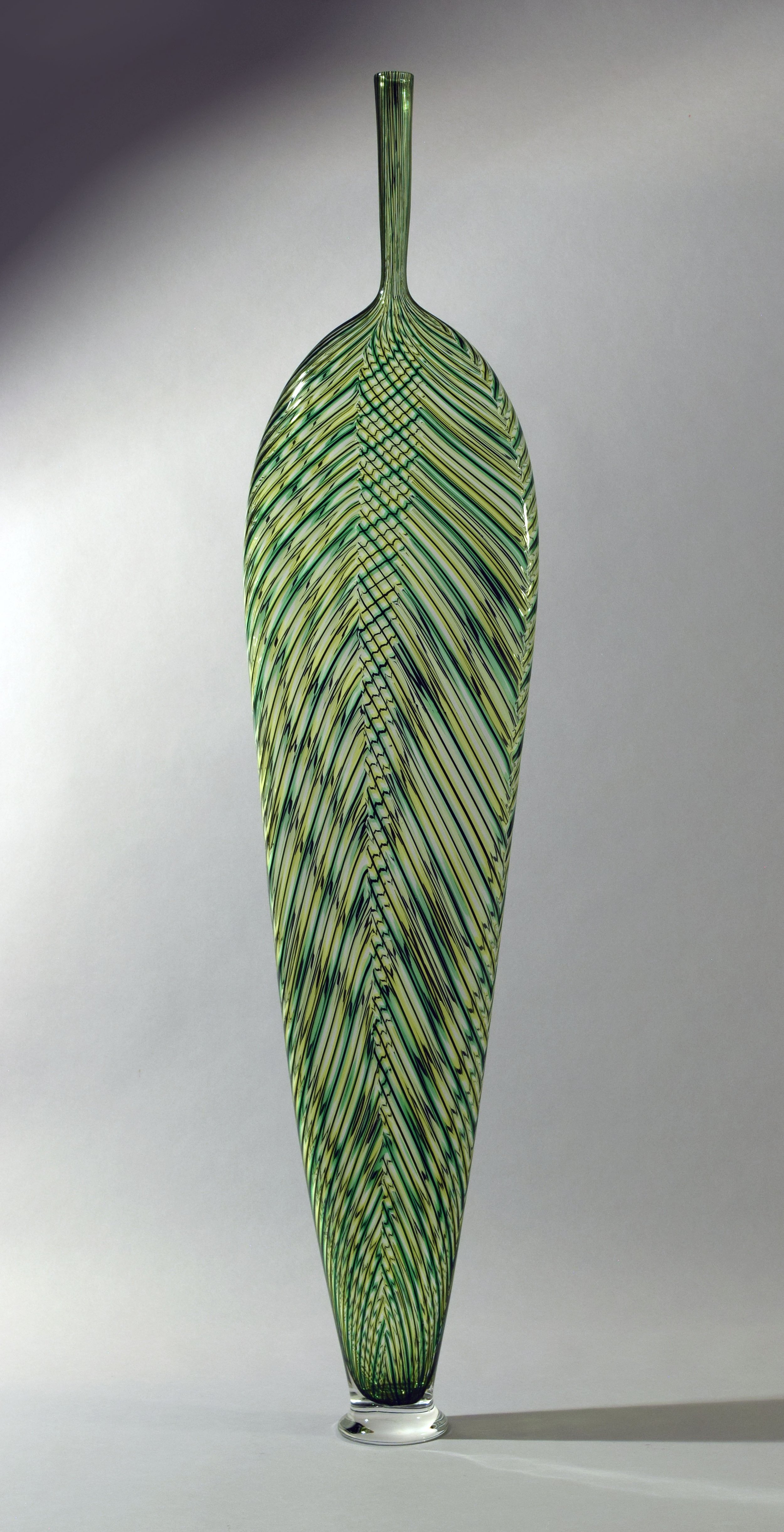

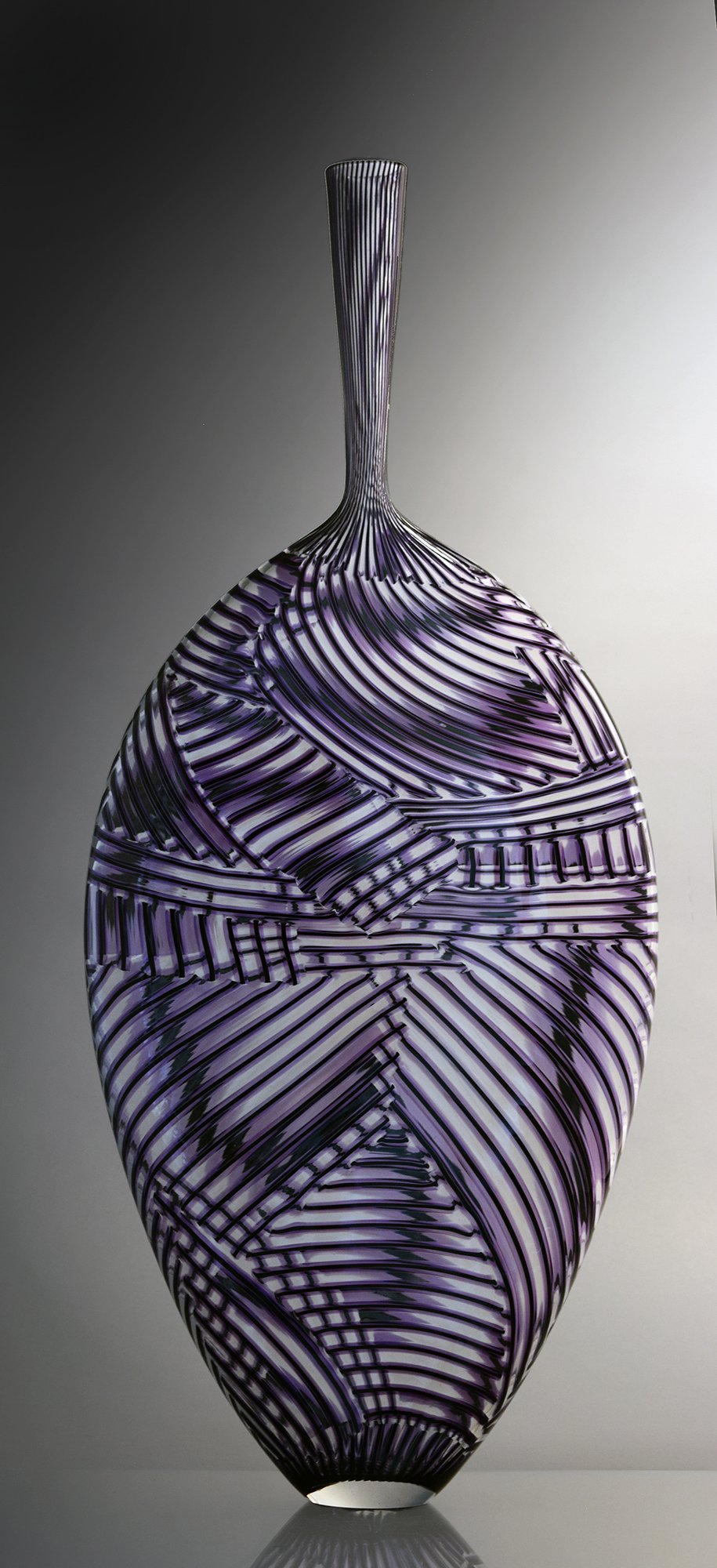
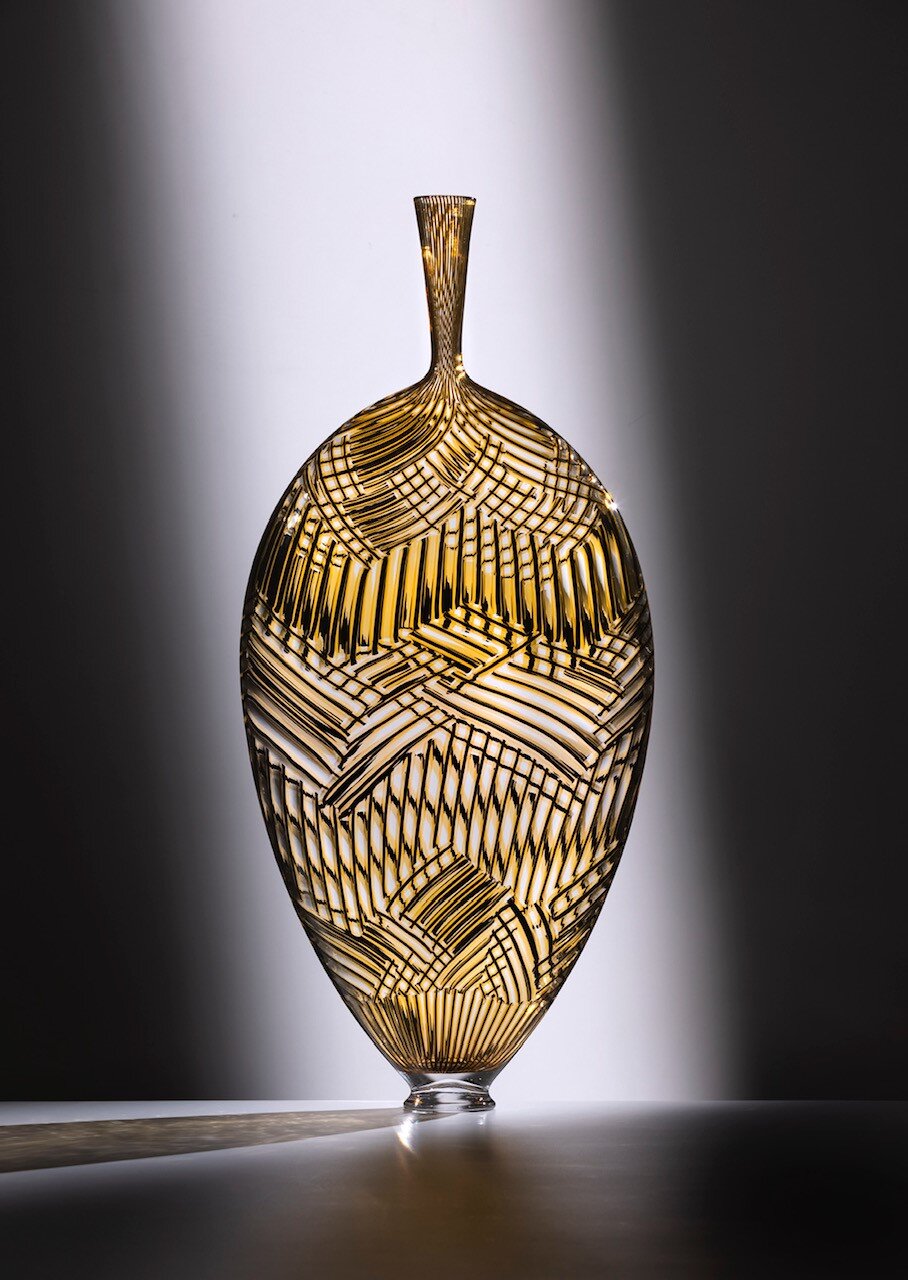
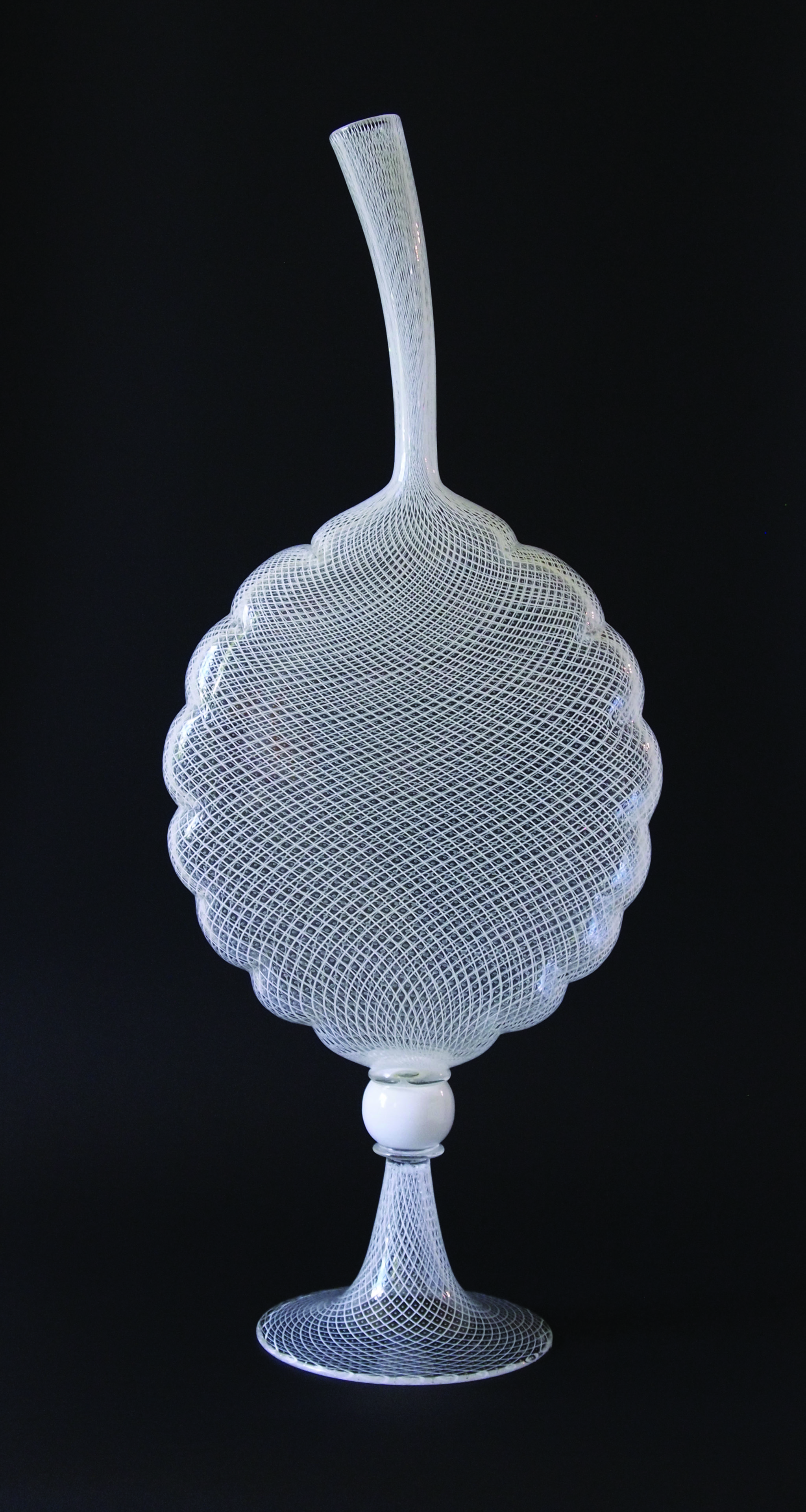
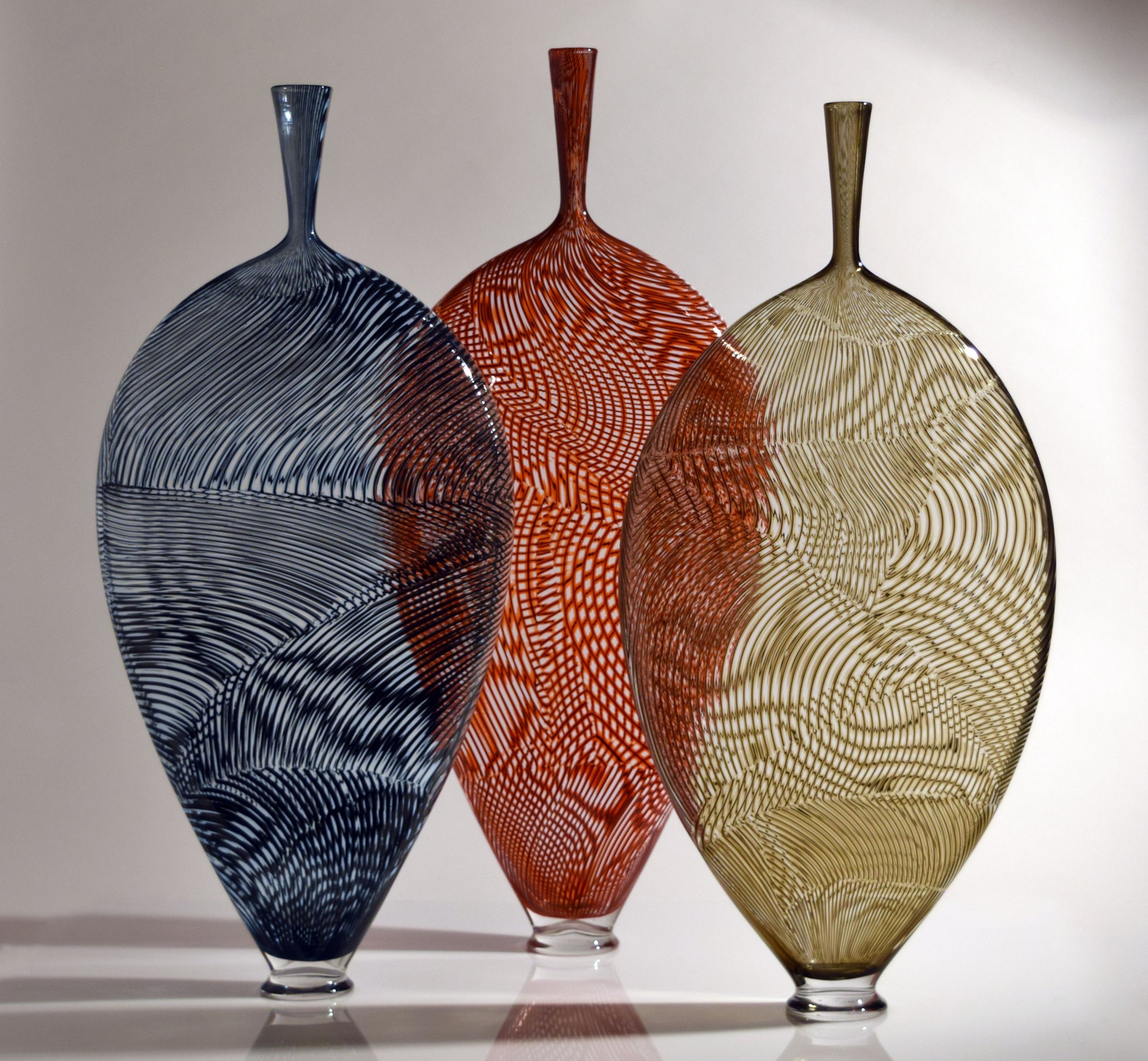
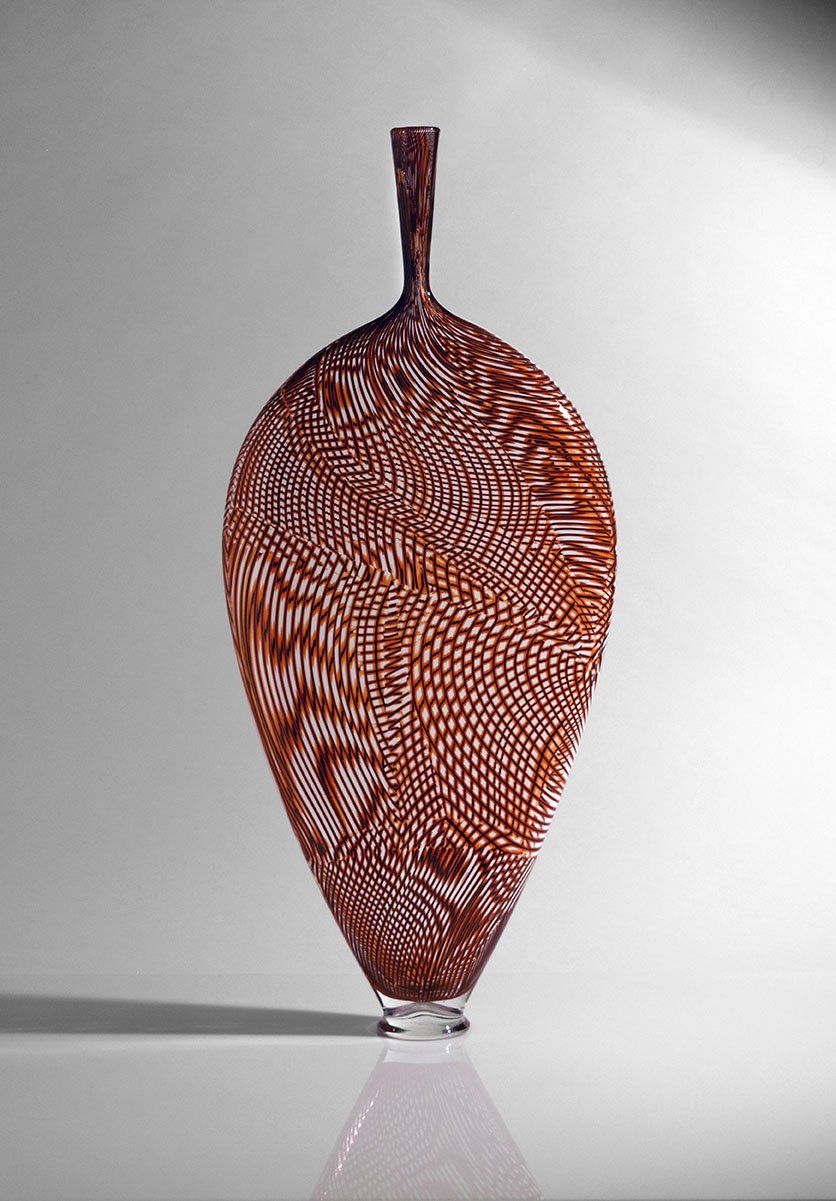

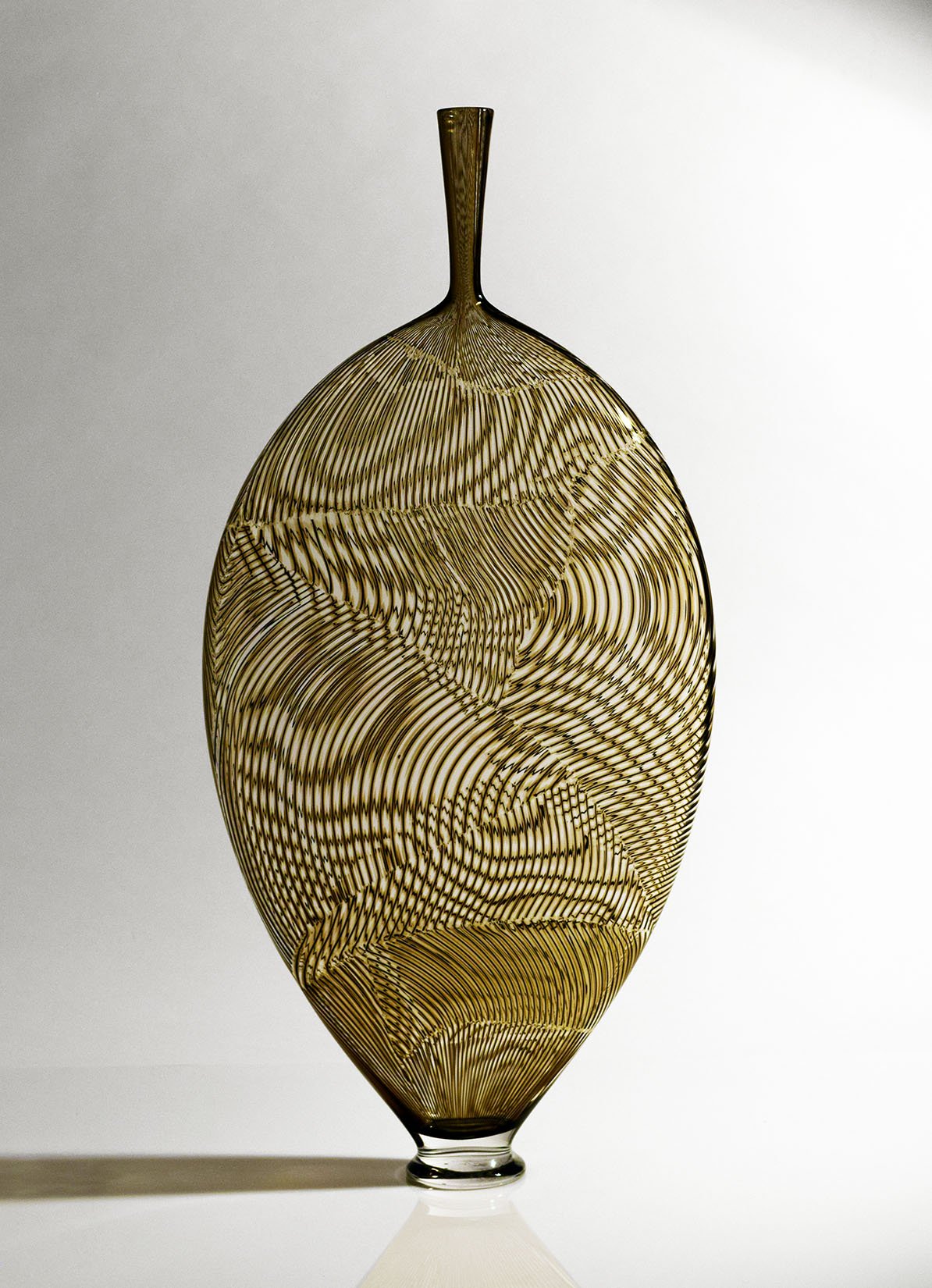
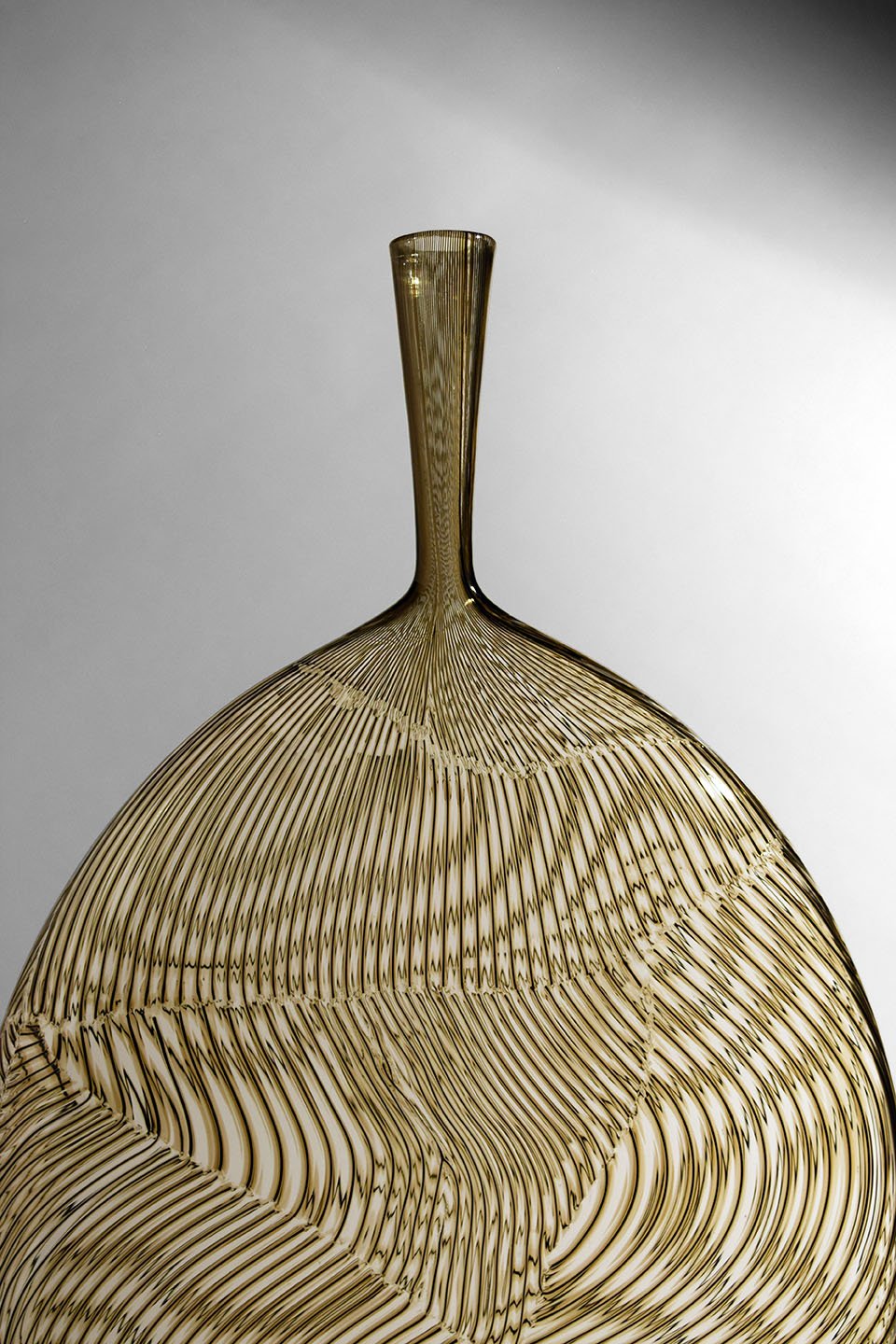





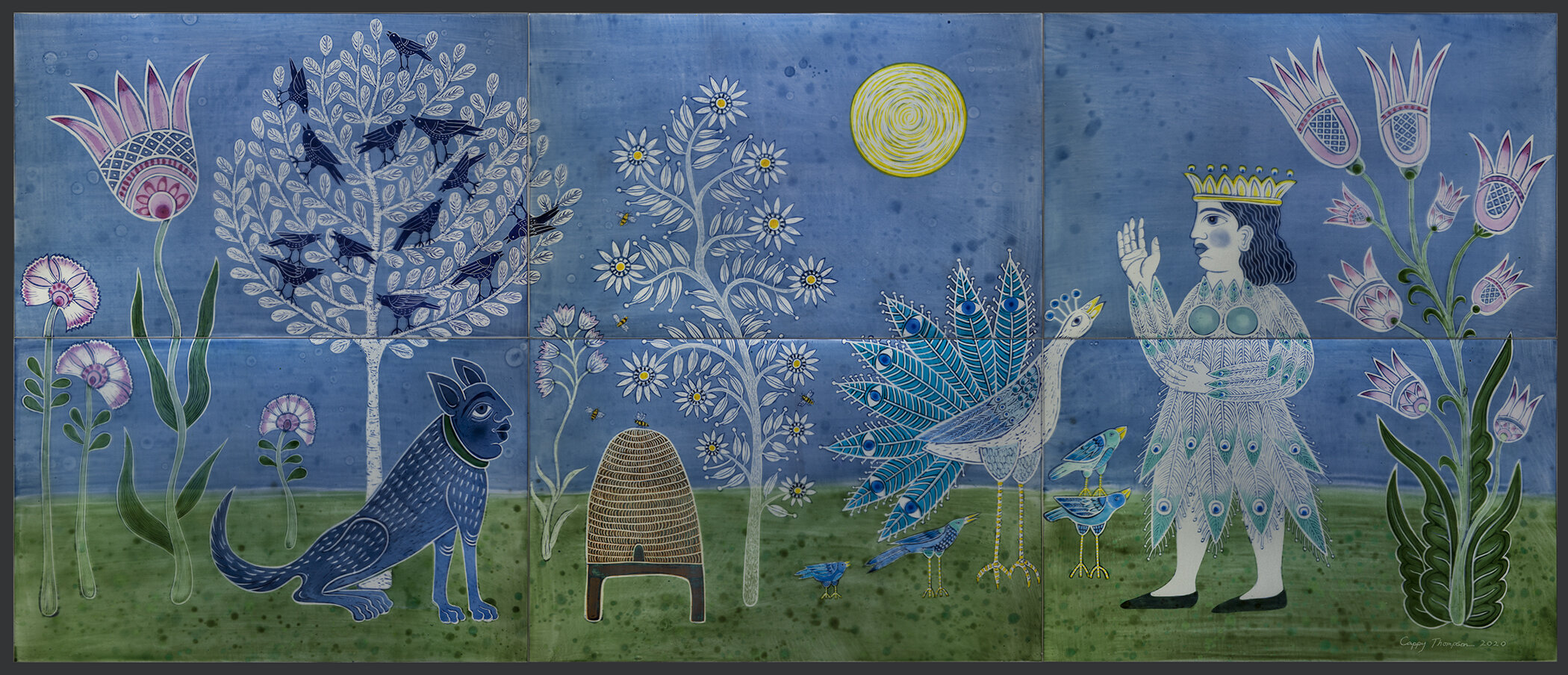
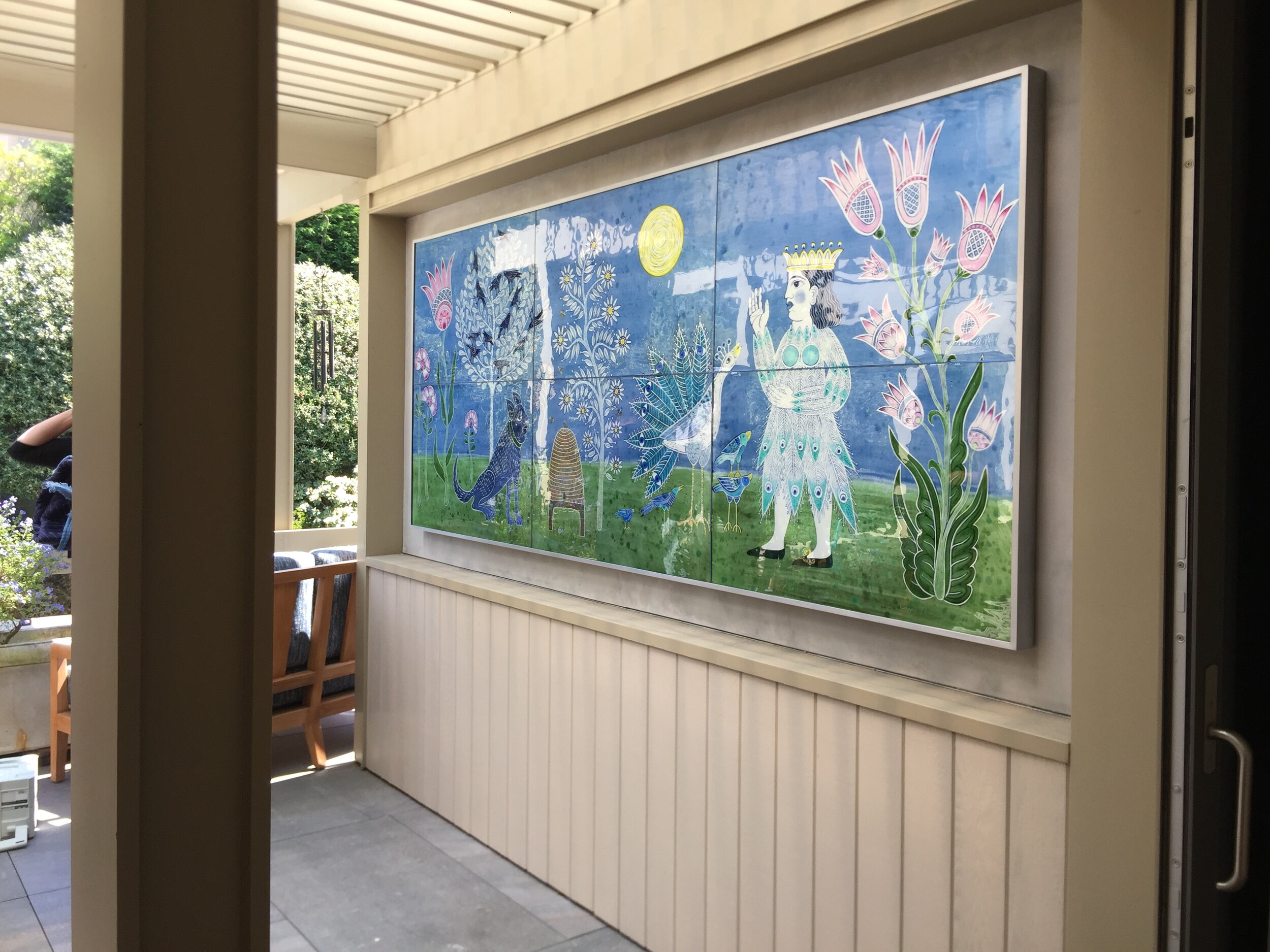
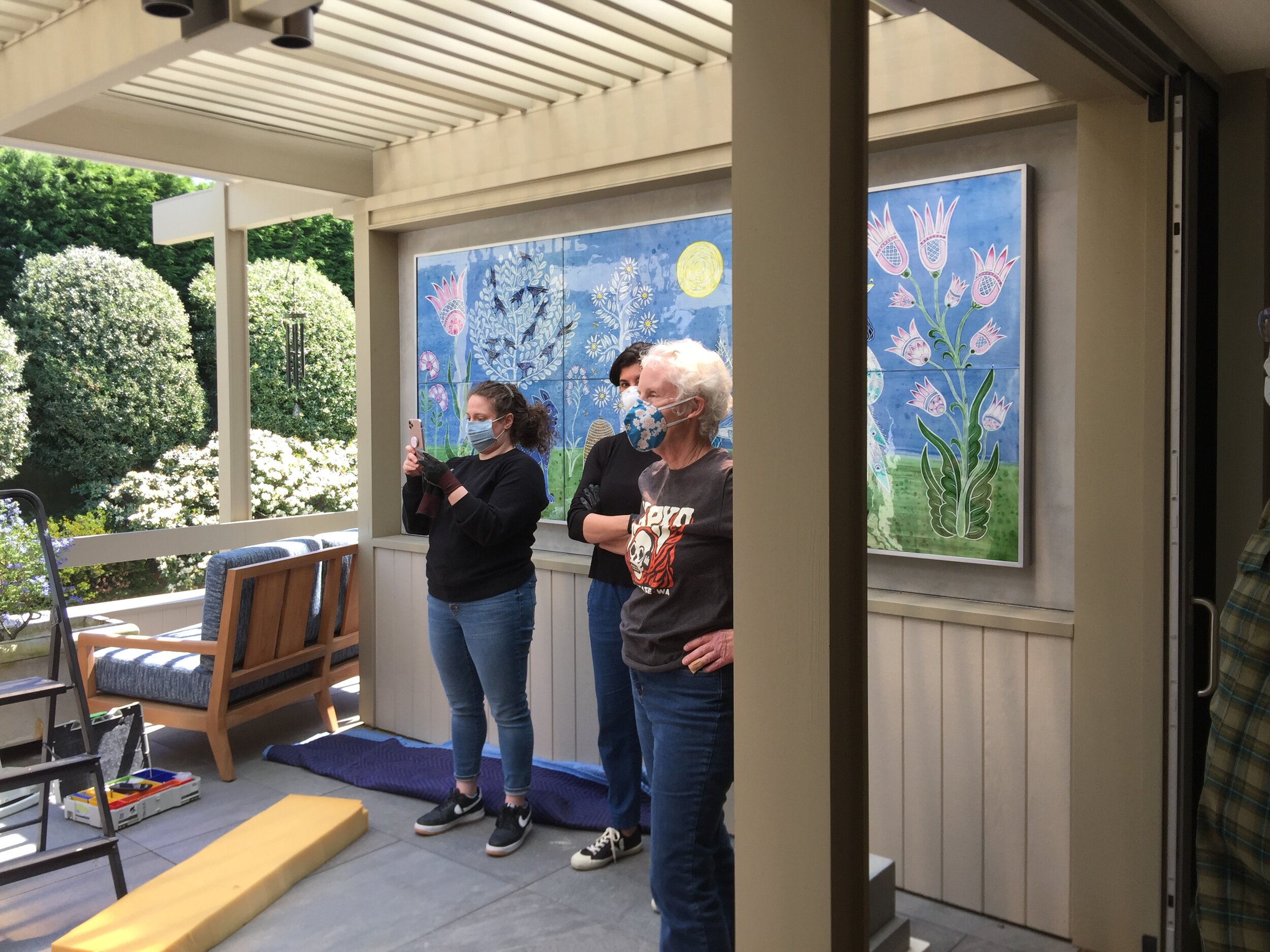
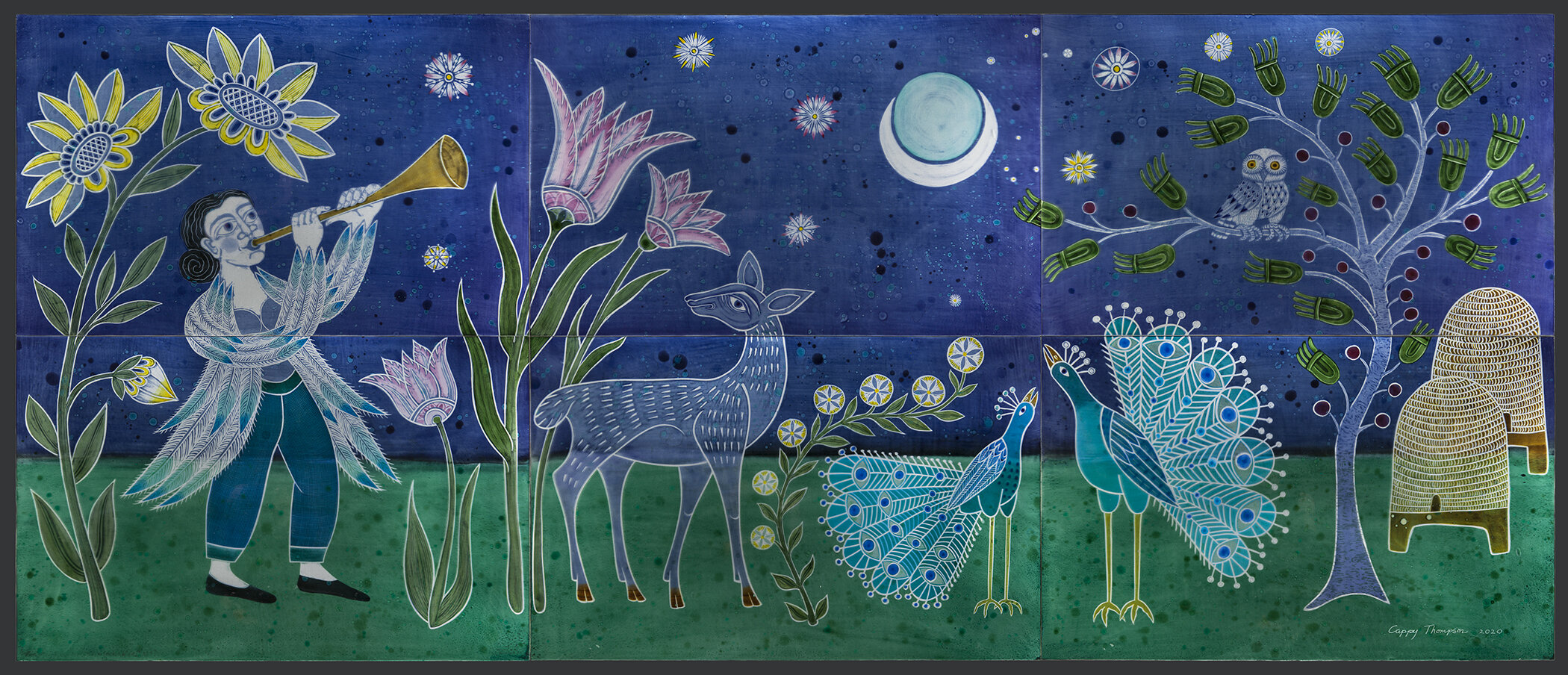
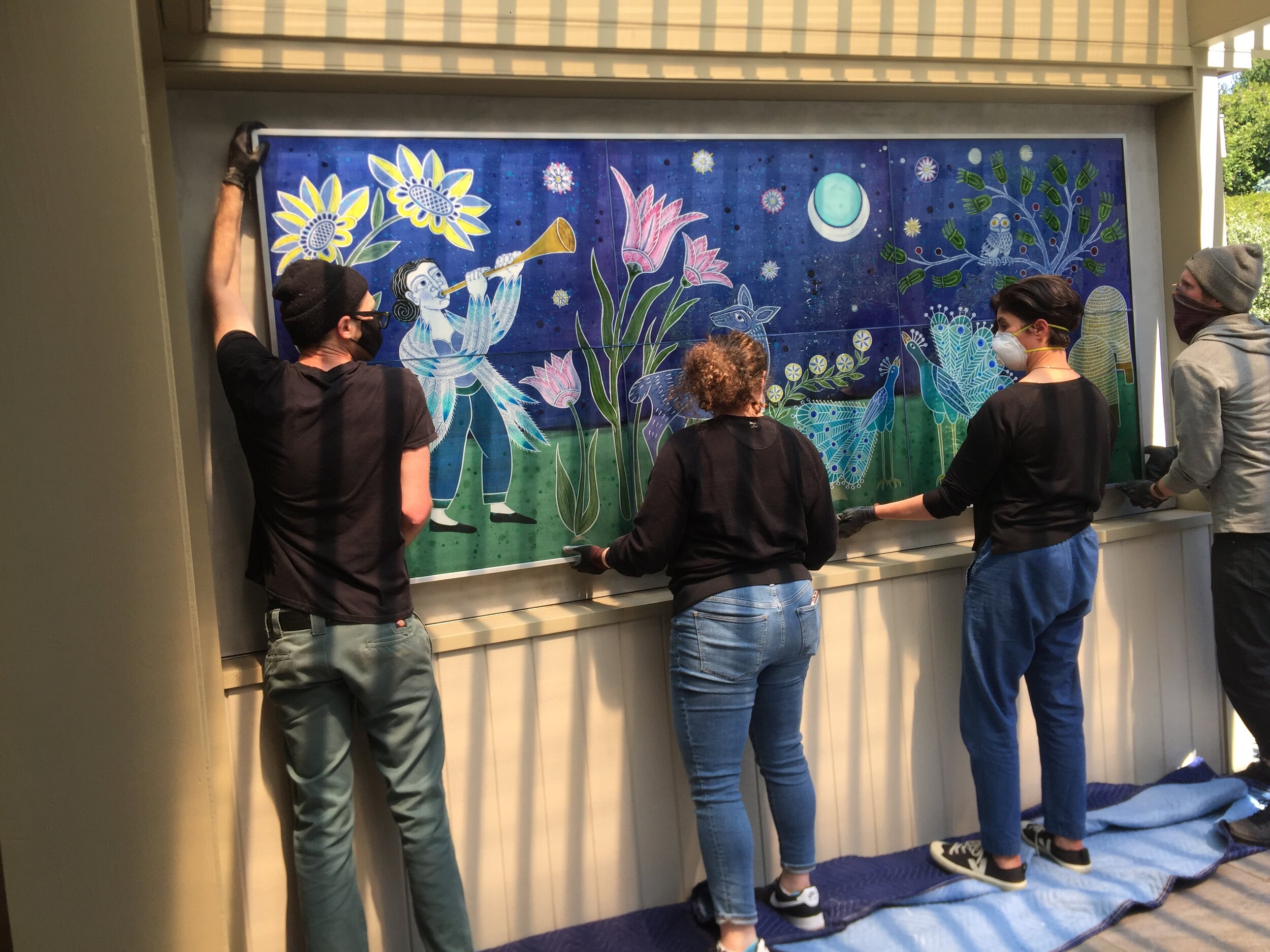
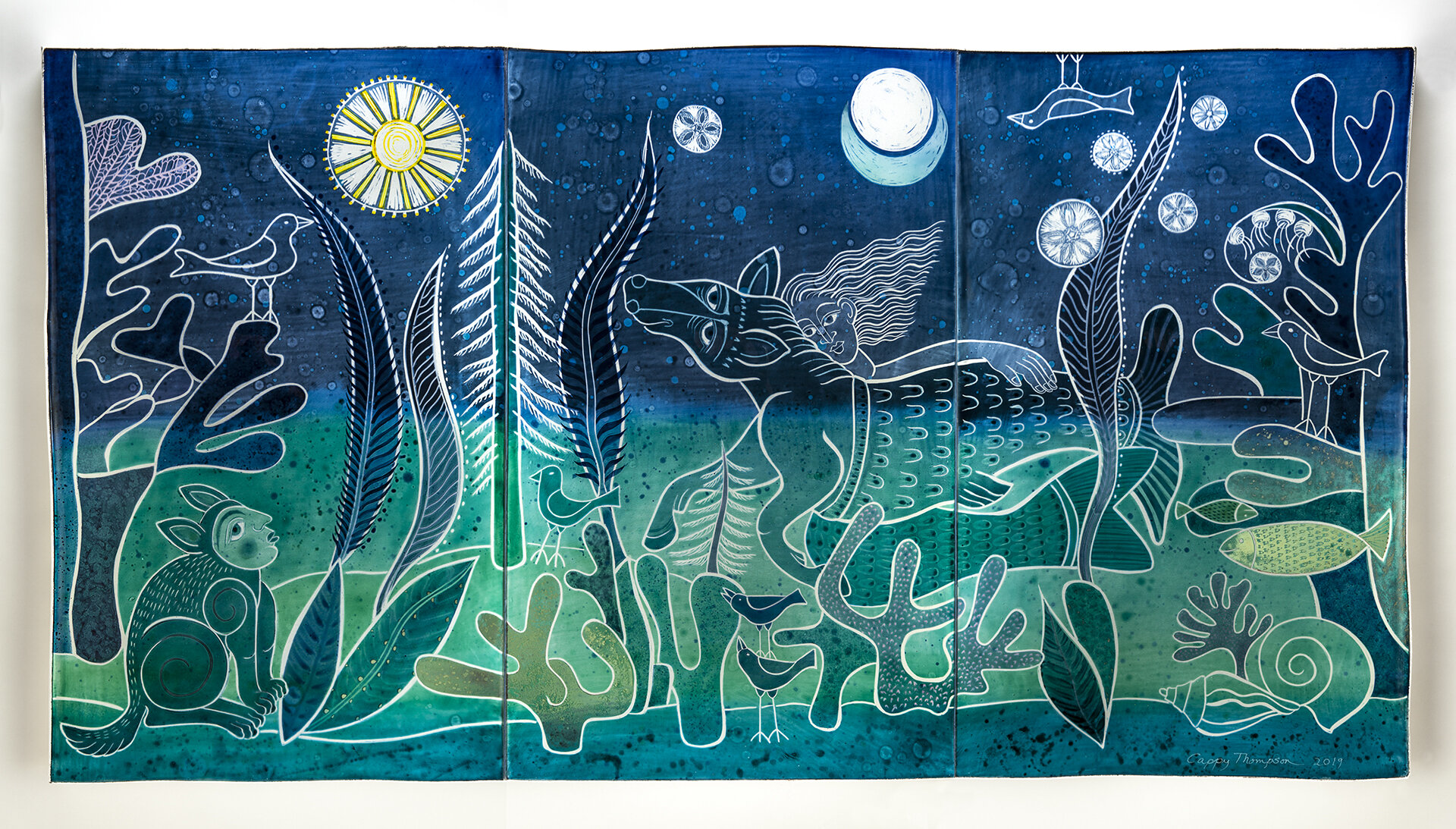
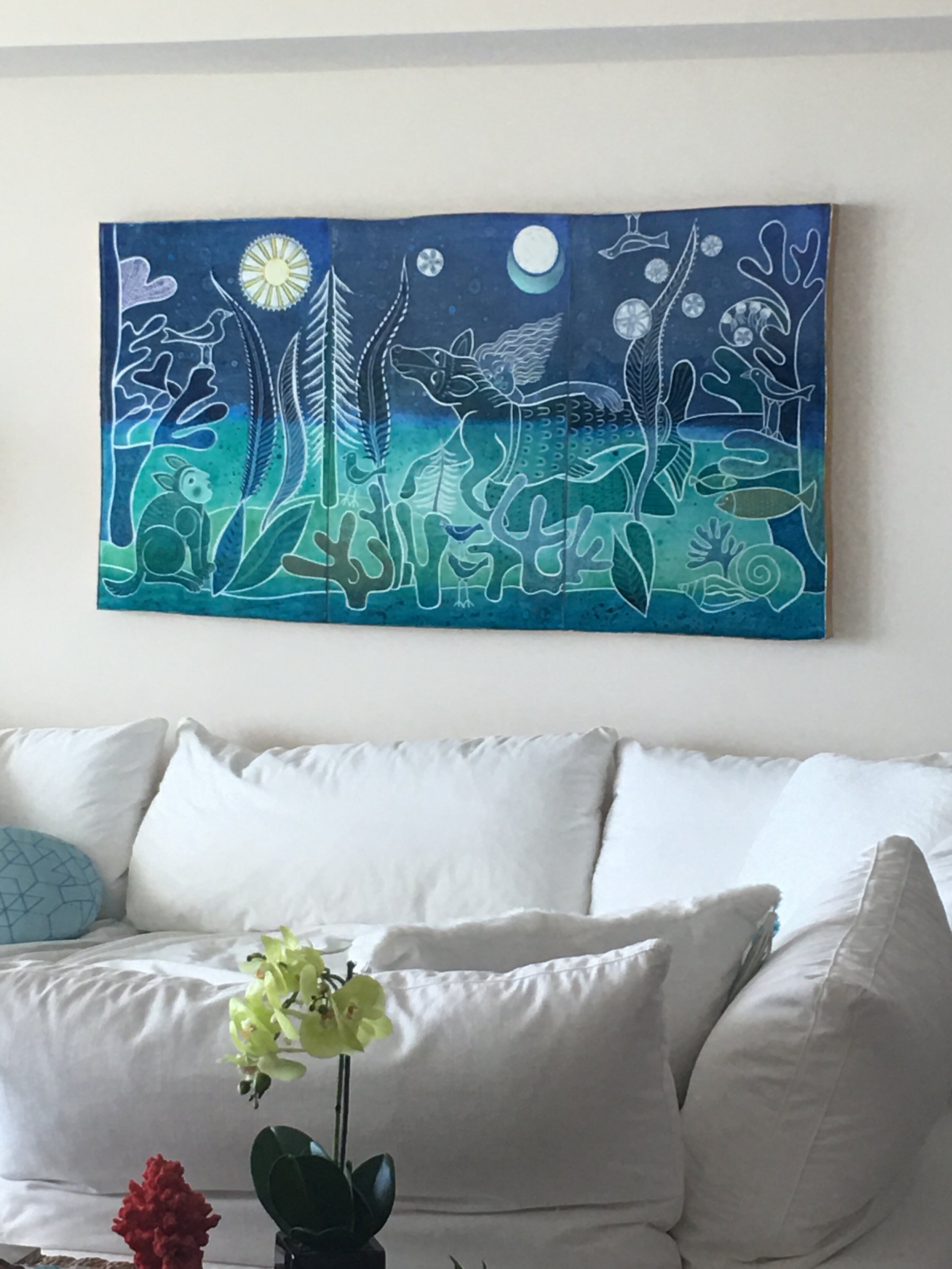


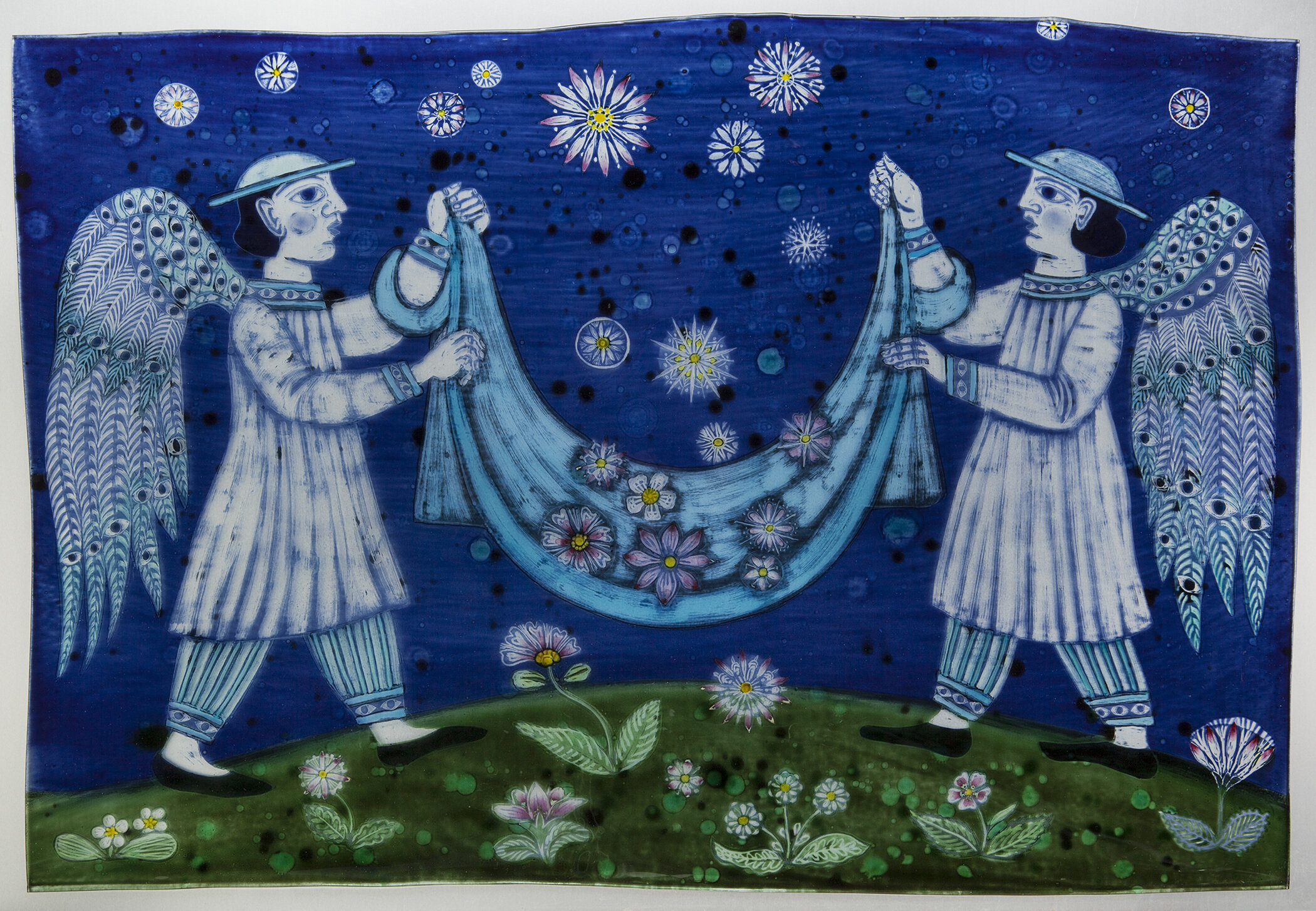

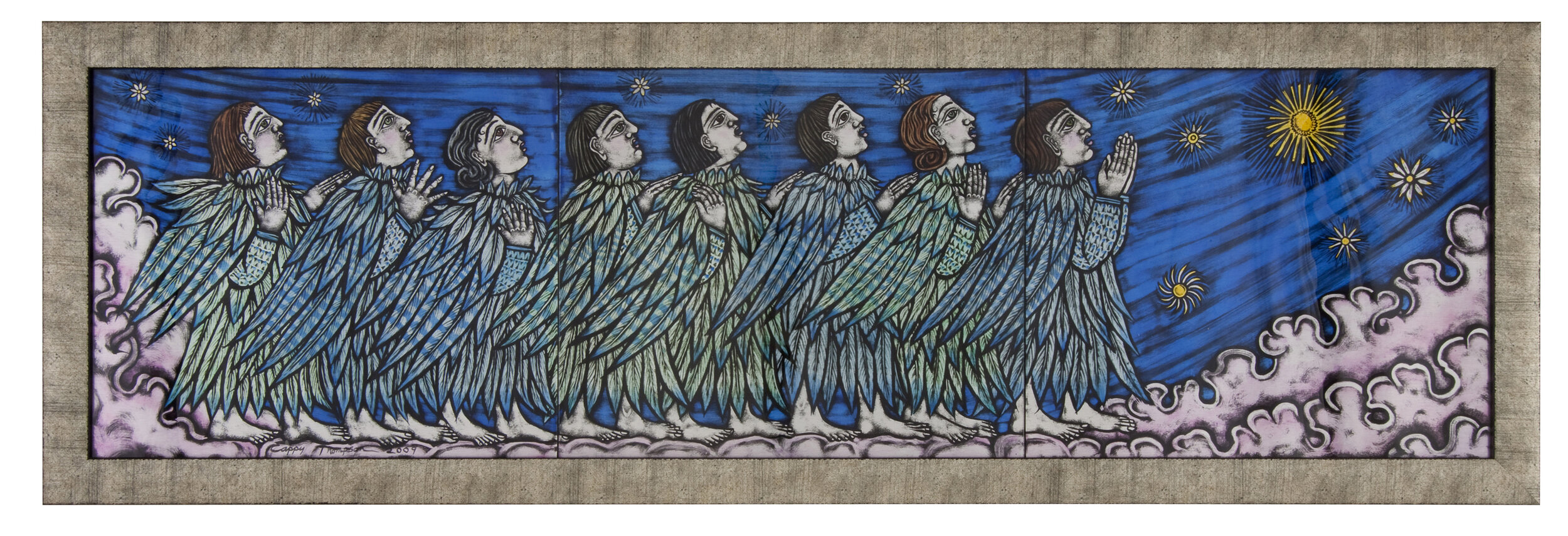


















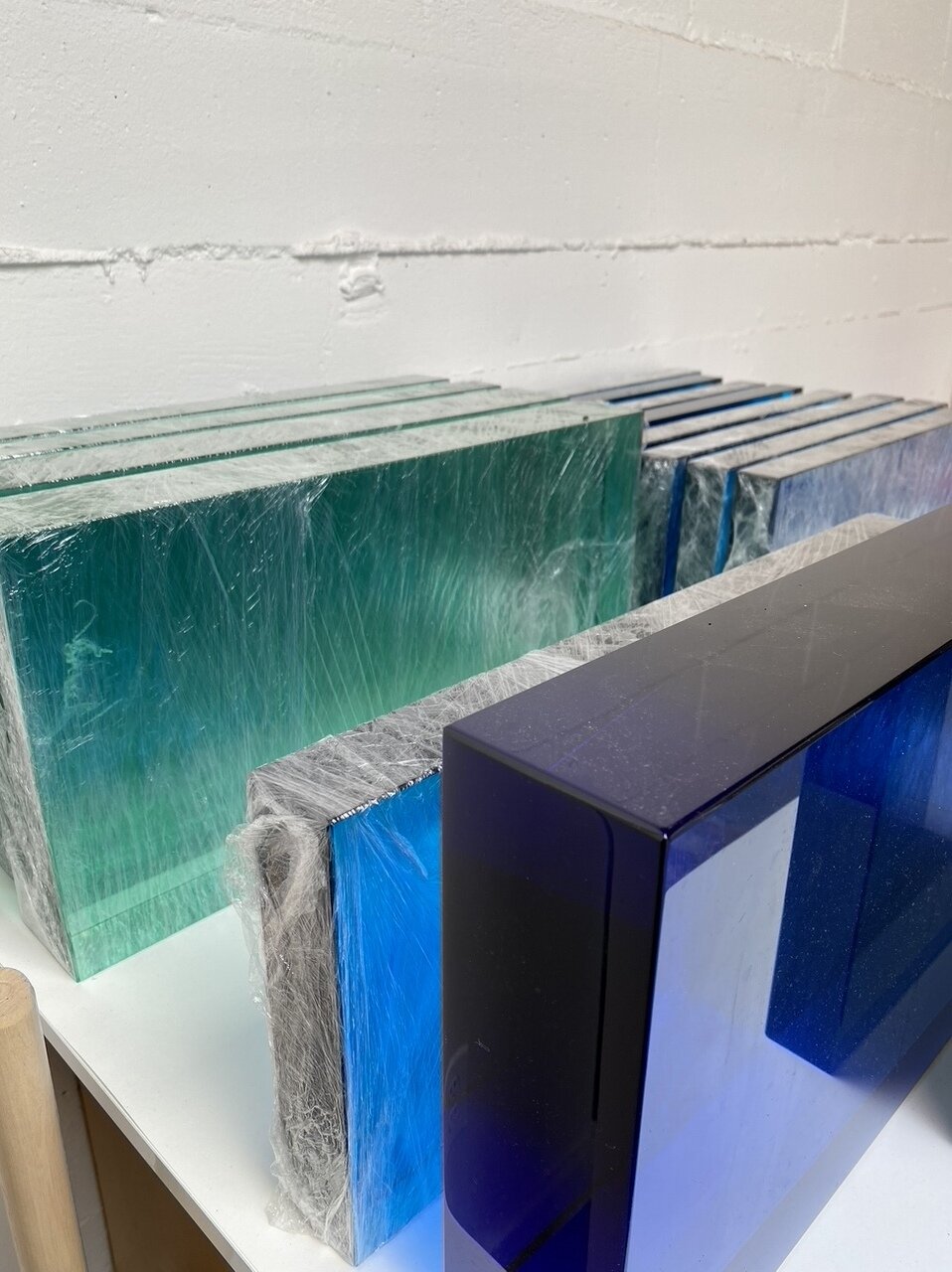
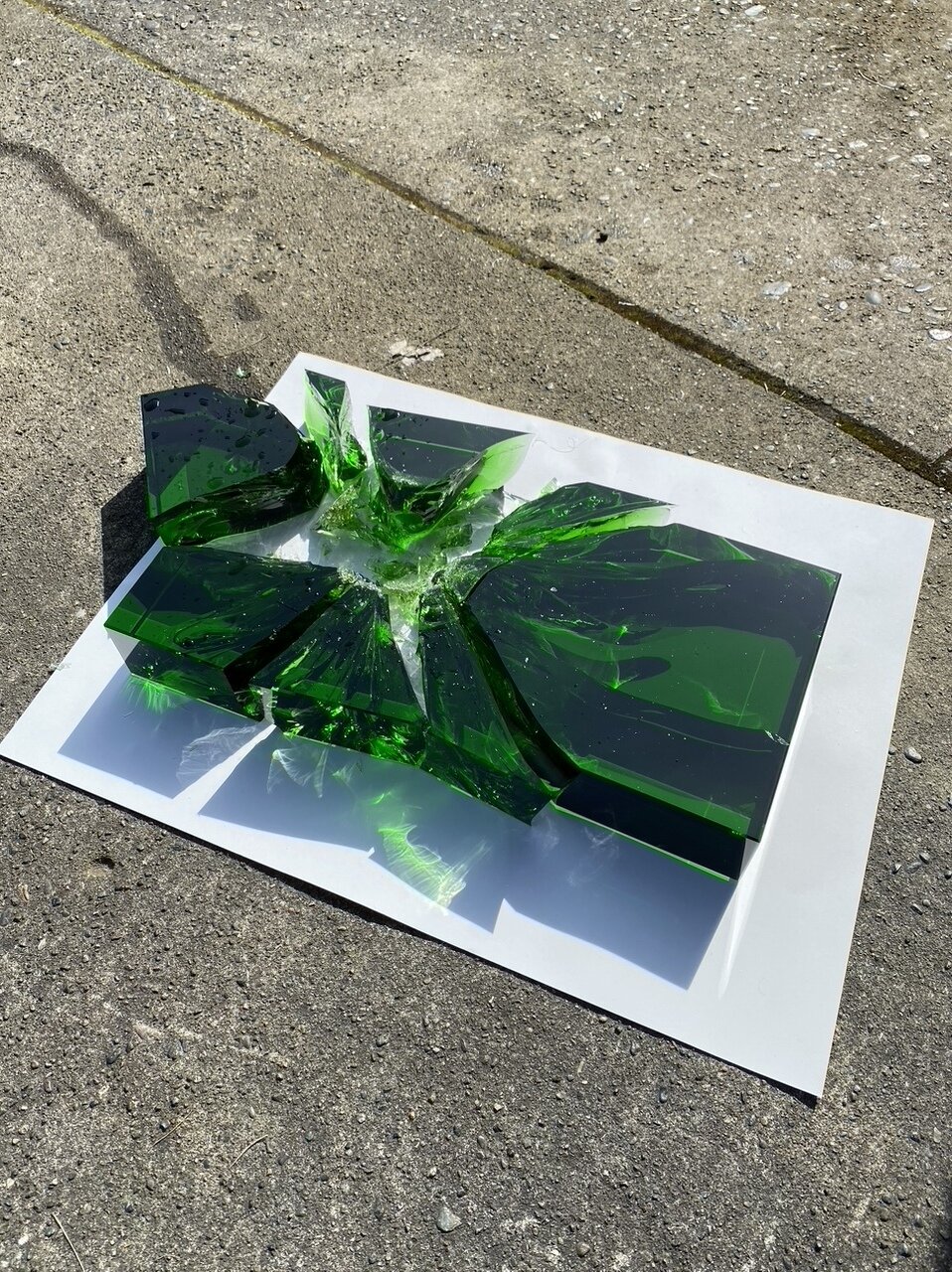
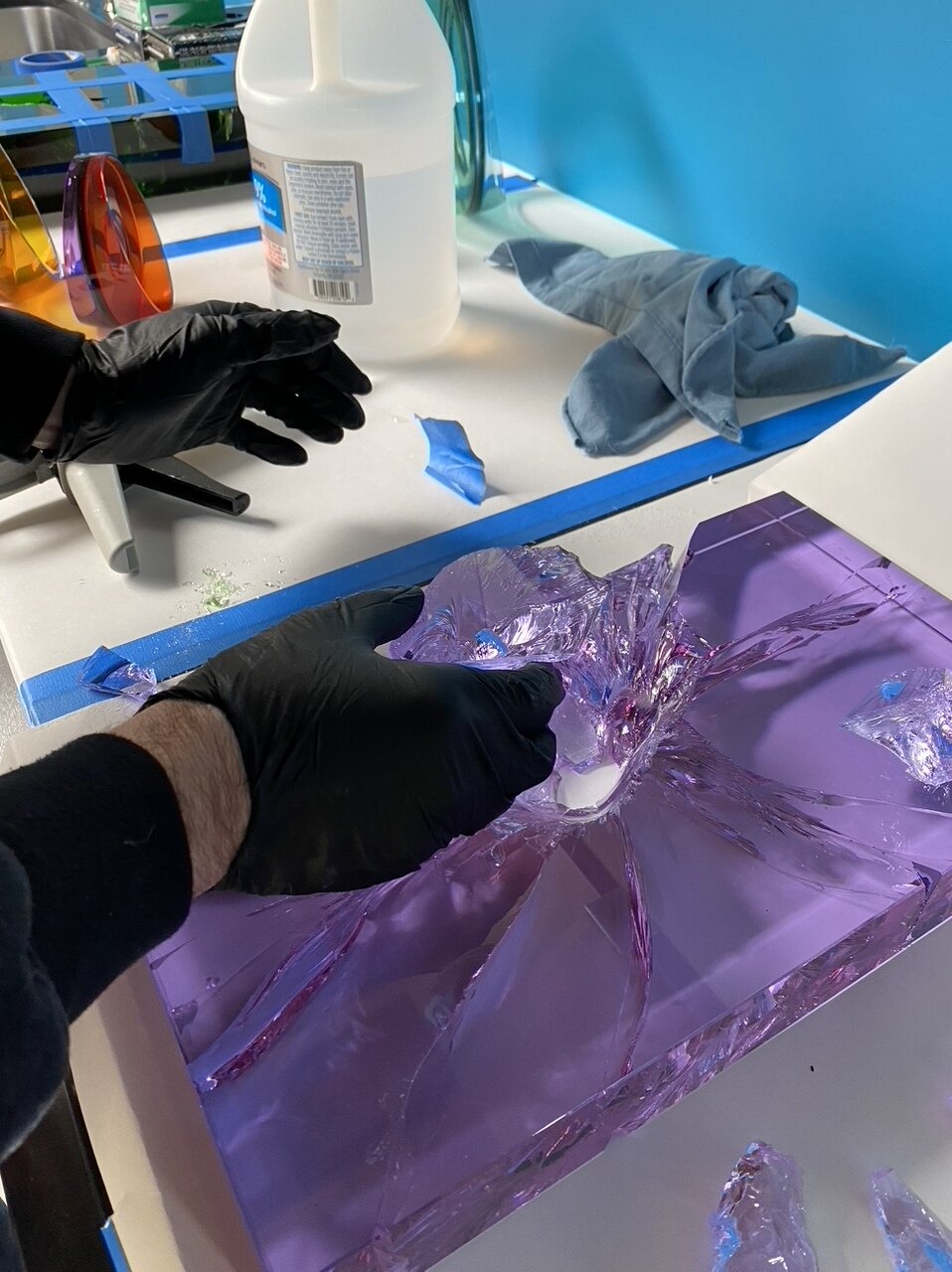
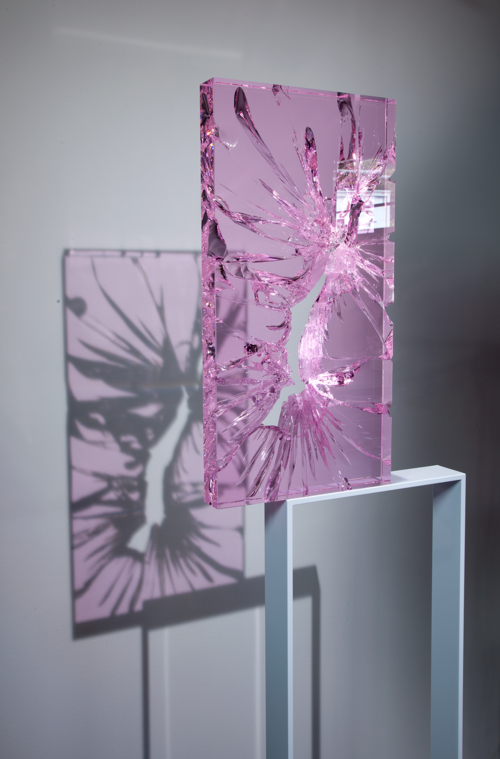








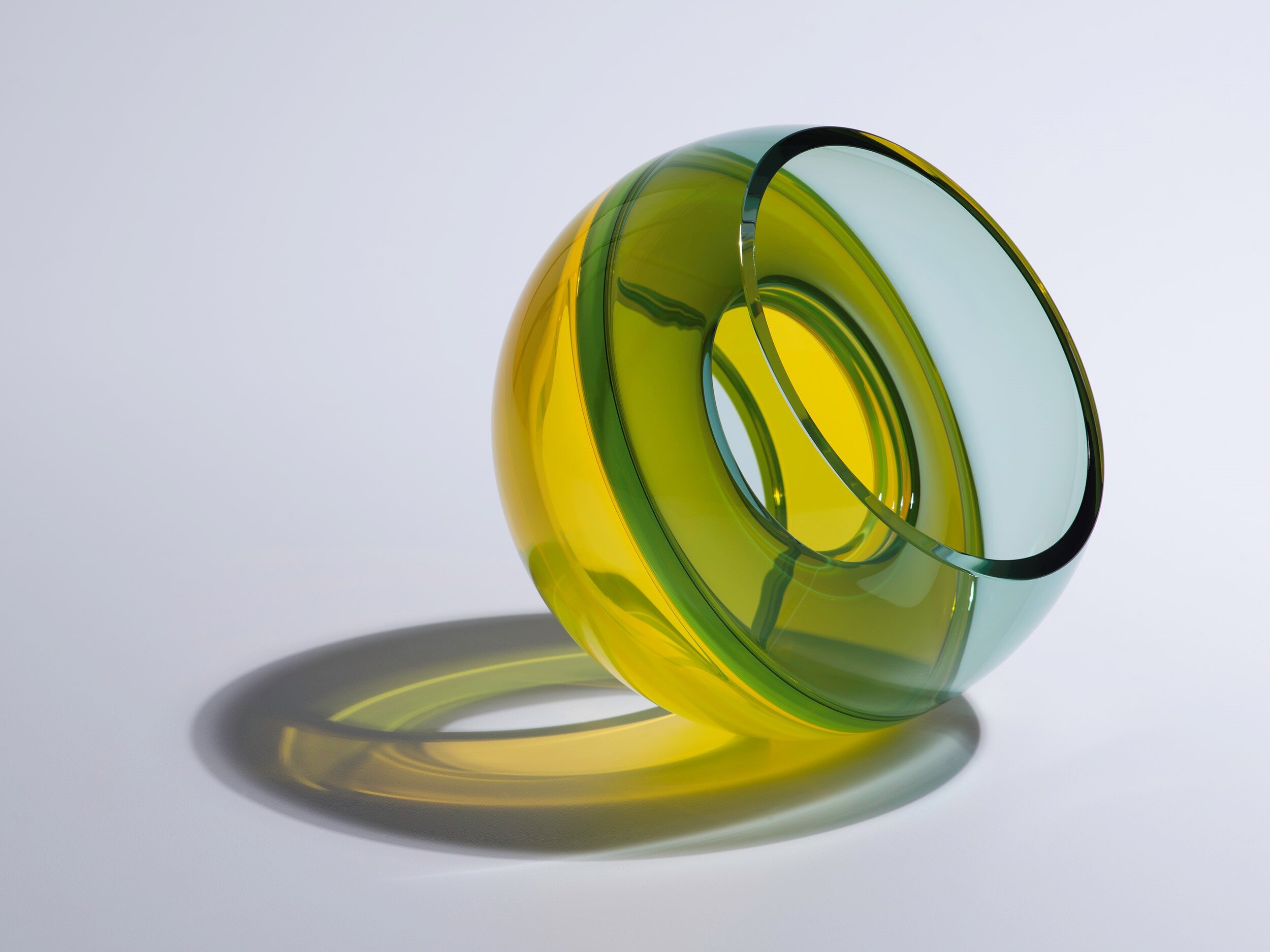
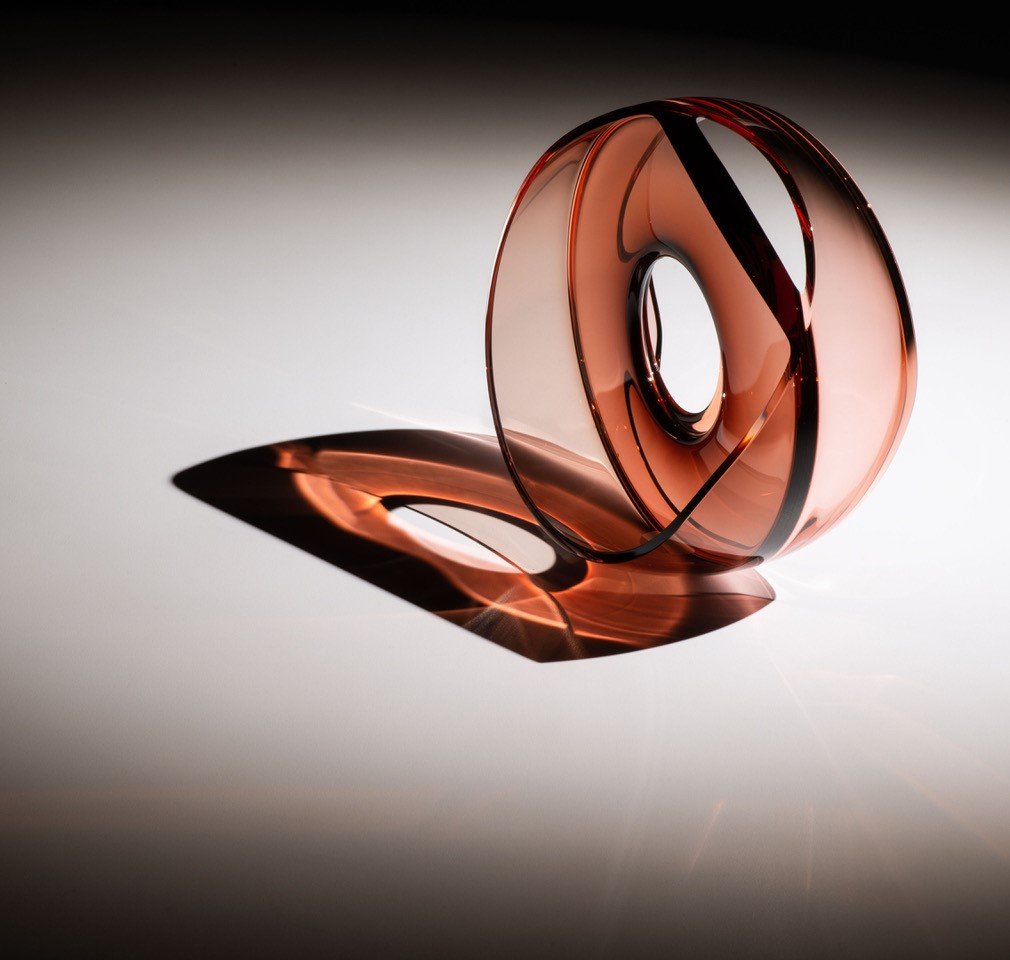
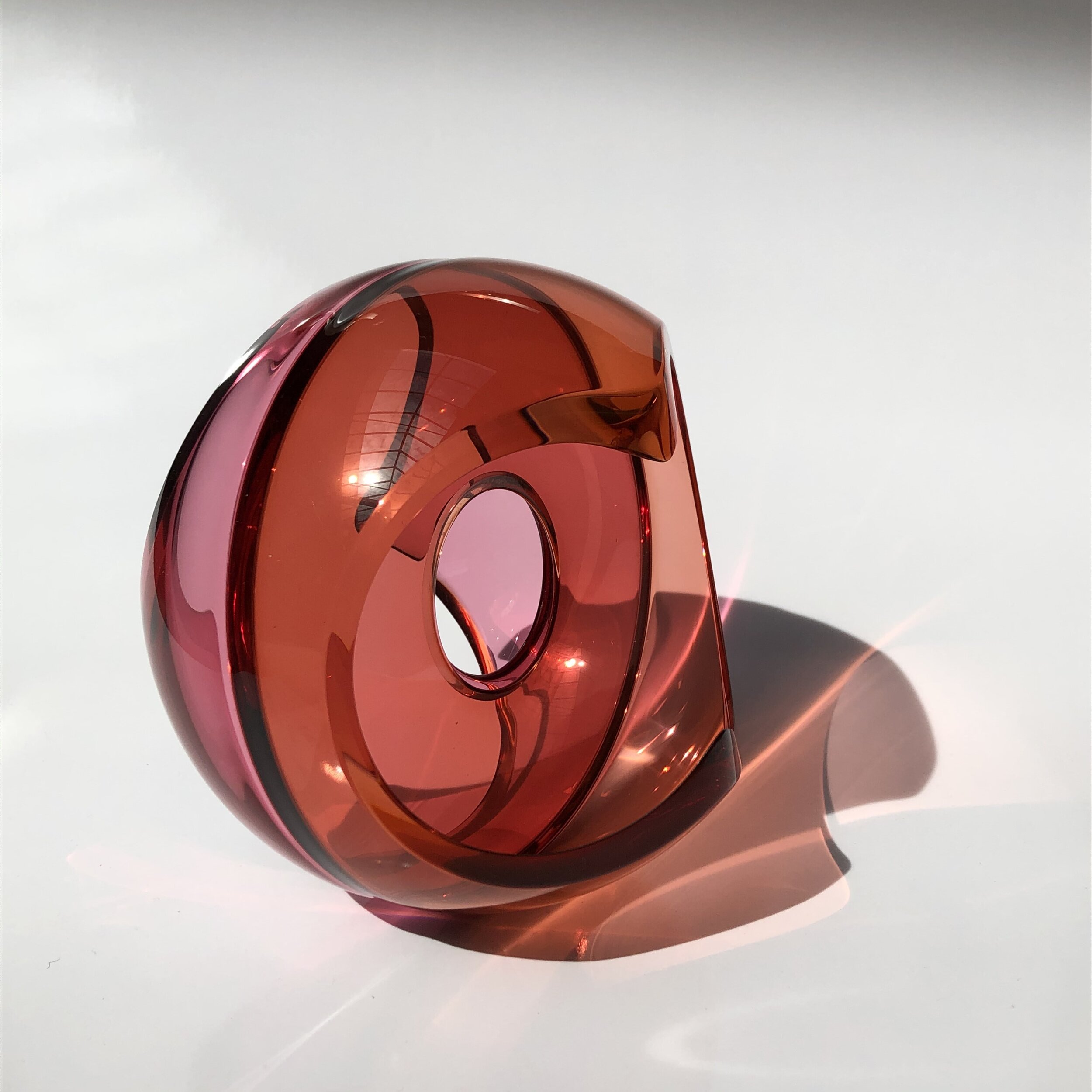

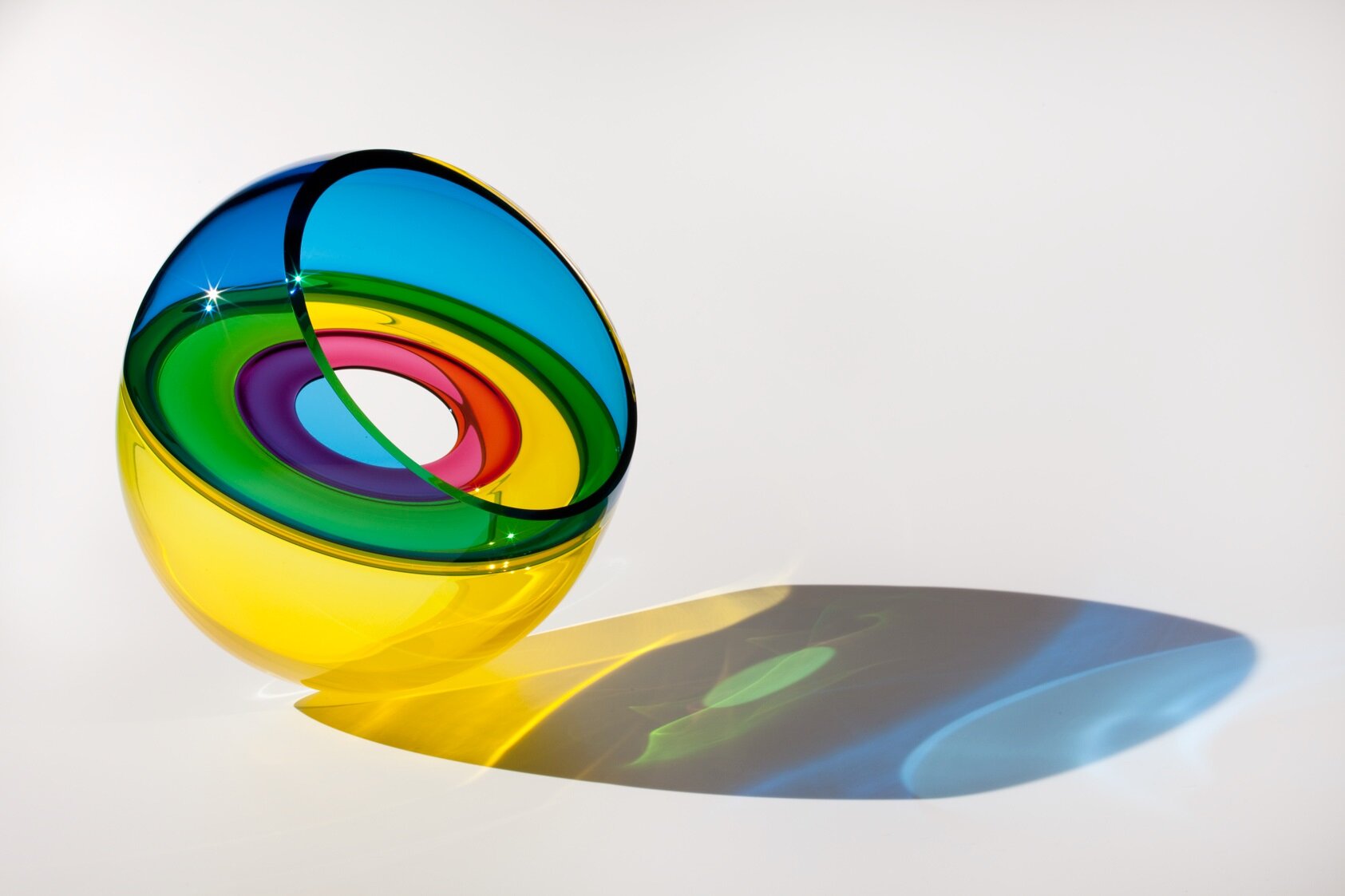




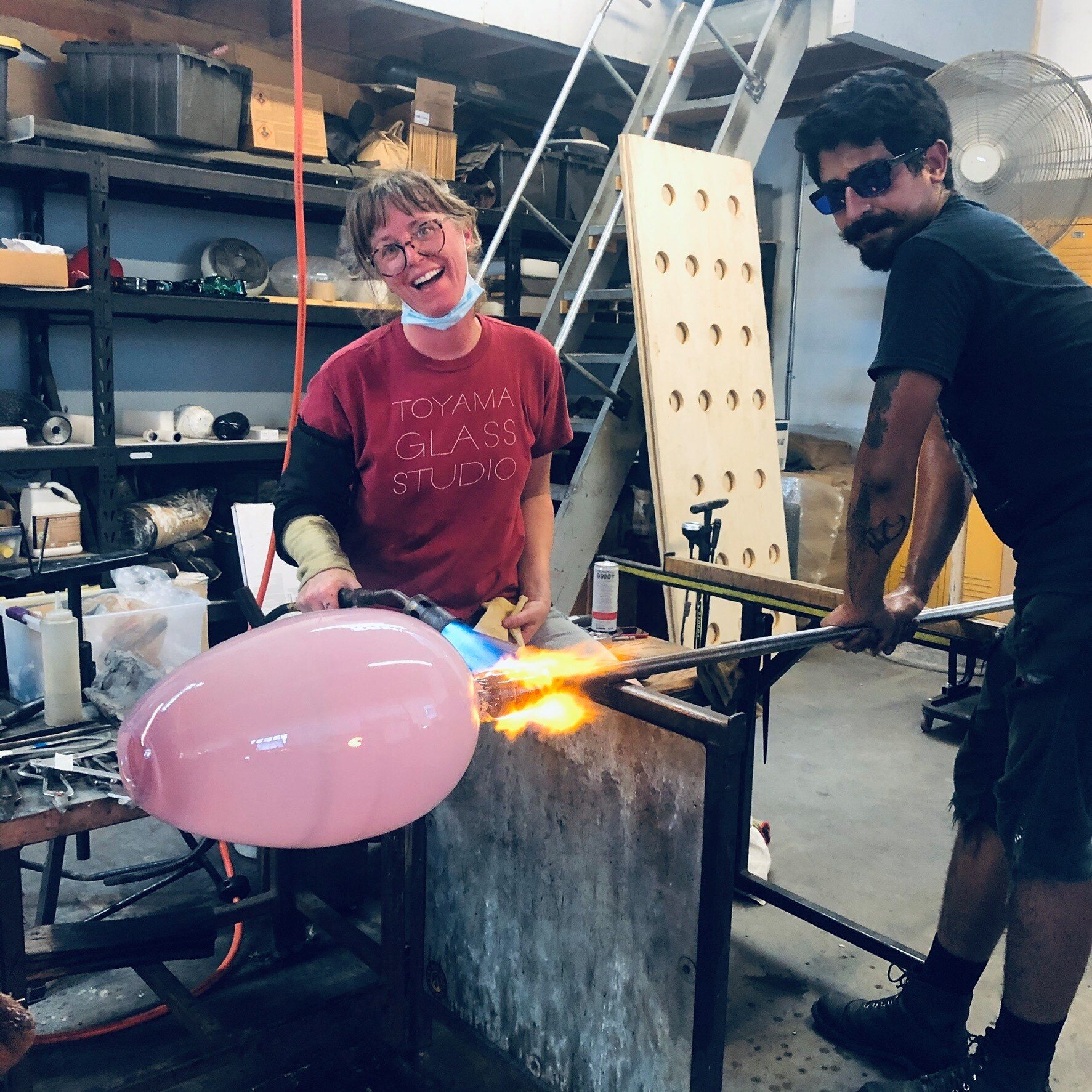
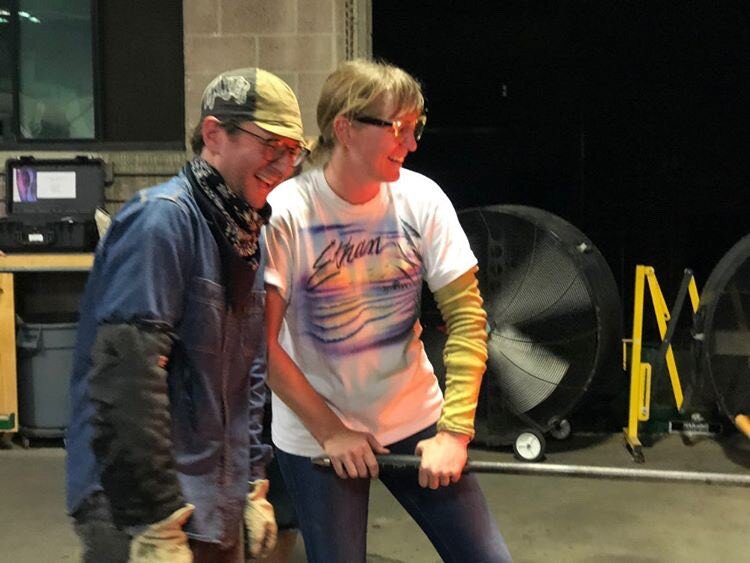
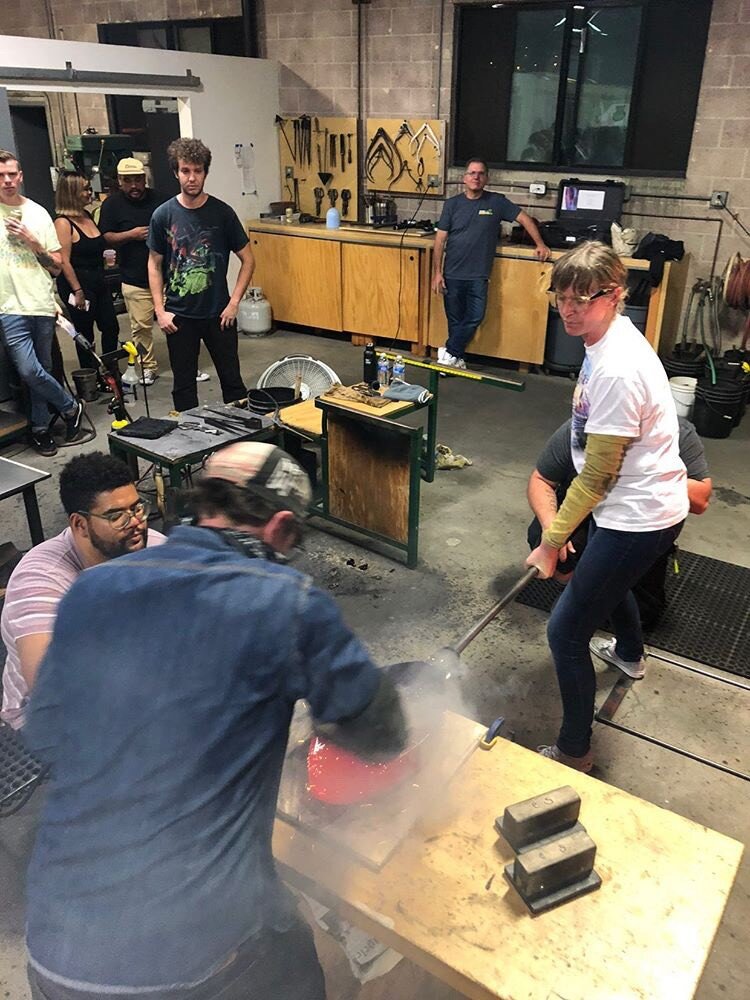
![Lunar Light Beach detail[72dpi].jpg](https://images.squarespace-cdn.com/content/v1/5c72077dfb22a52ba7454db2/1616195496119-0YNSUWR2I1JC7E8VI03L/Lunar+Light+Beach+detail%5B72dpi%5D.jpg)




